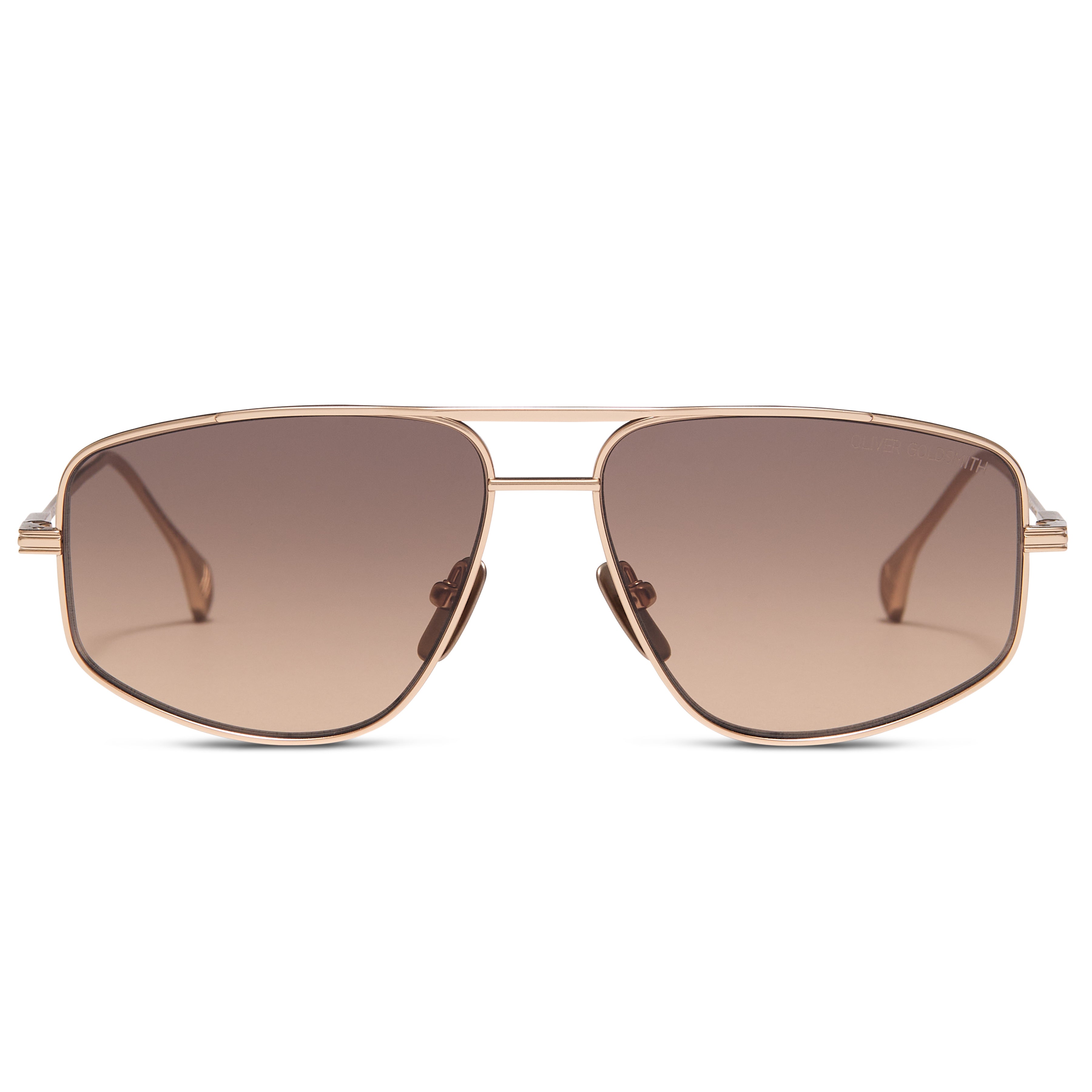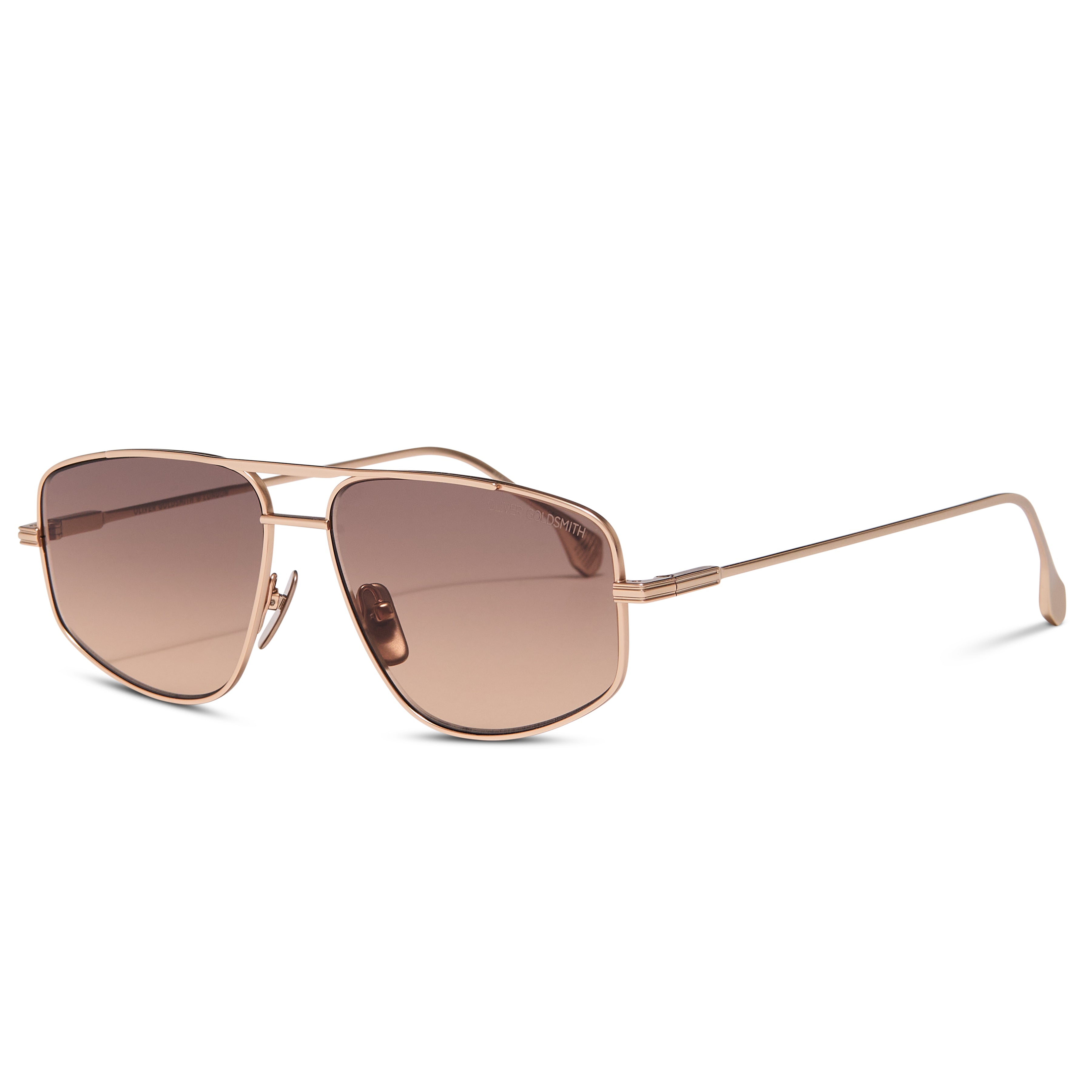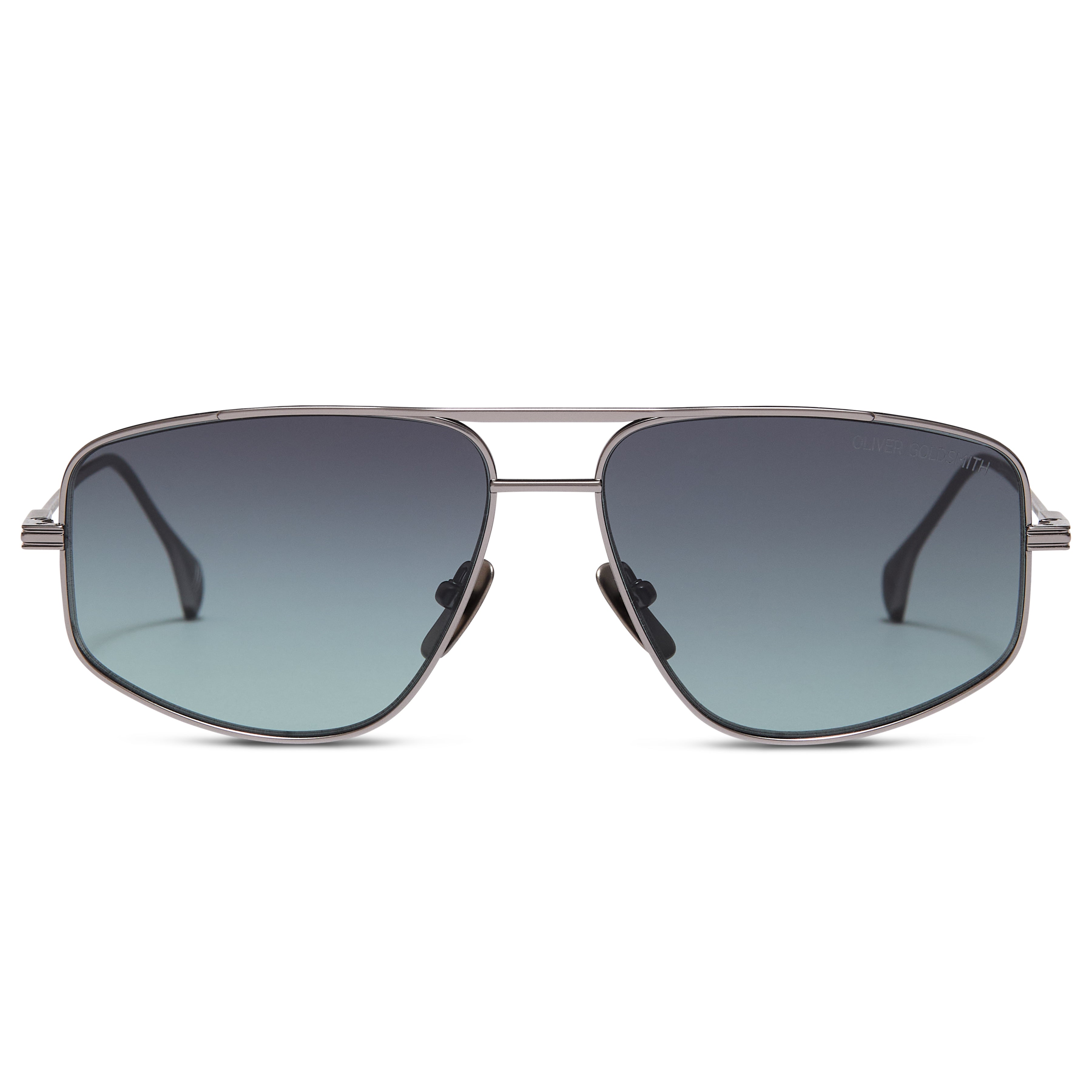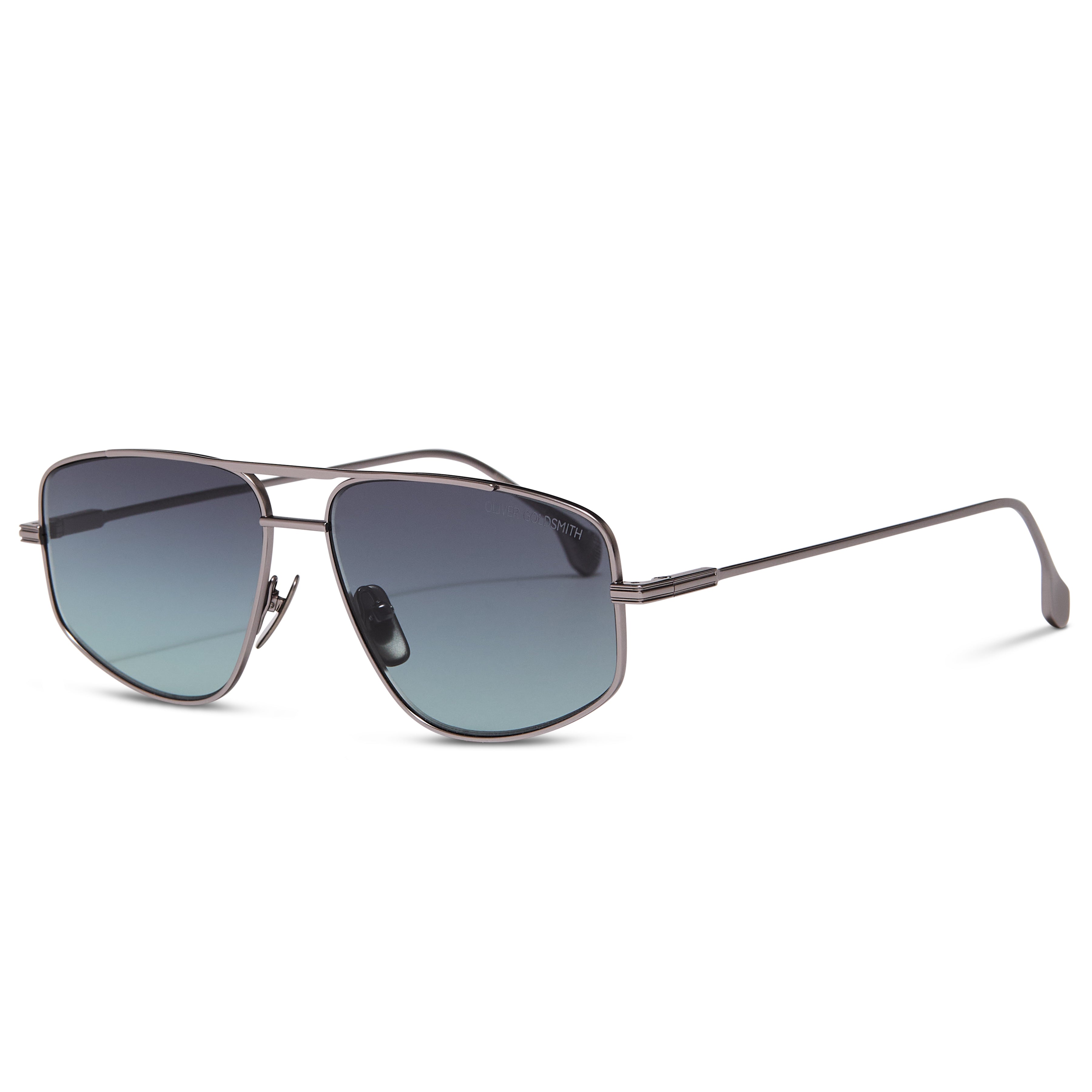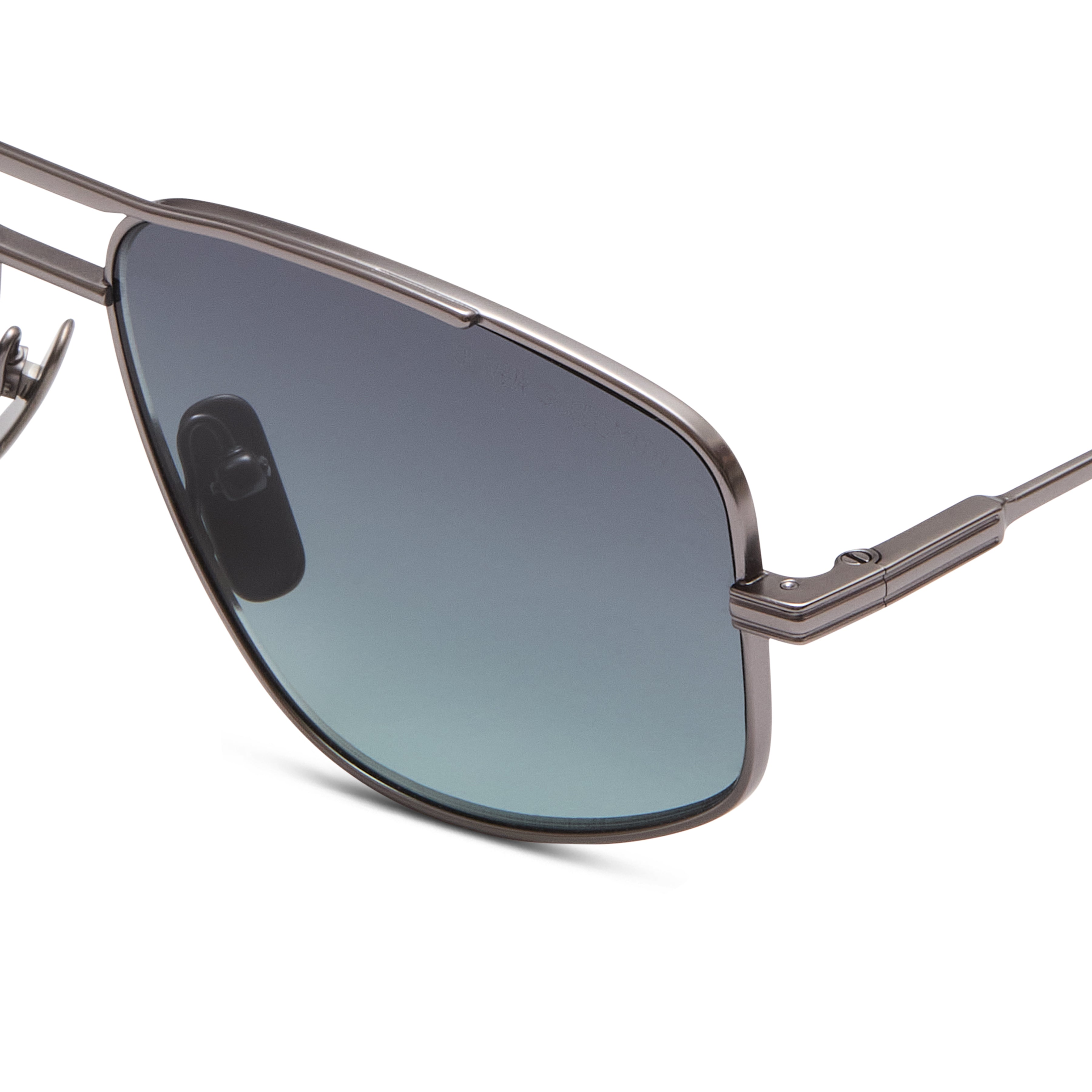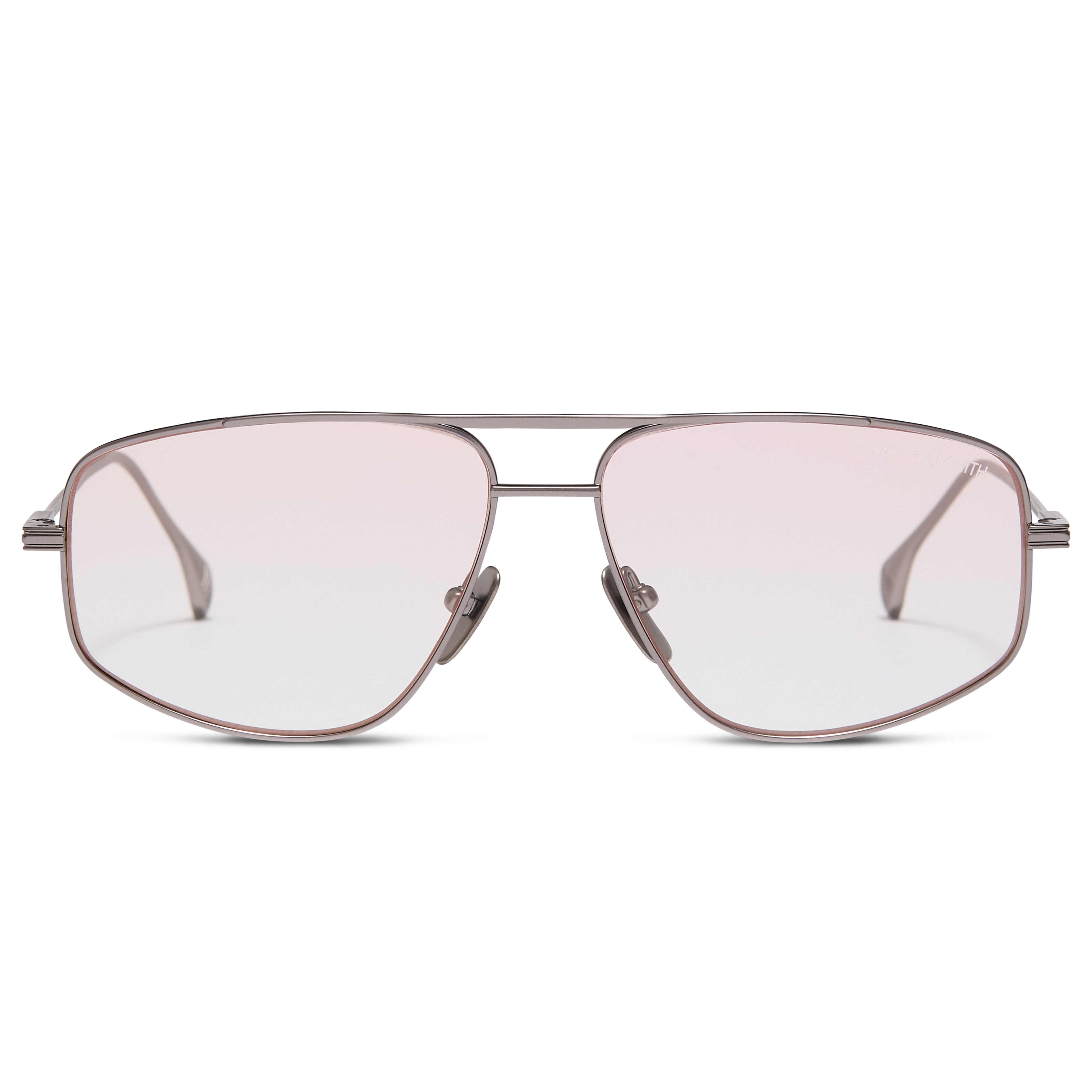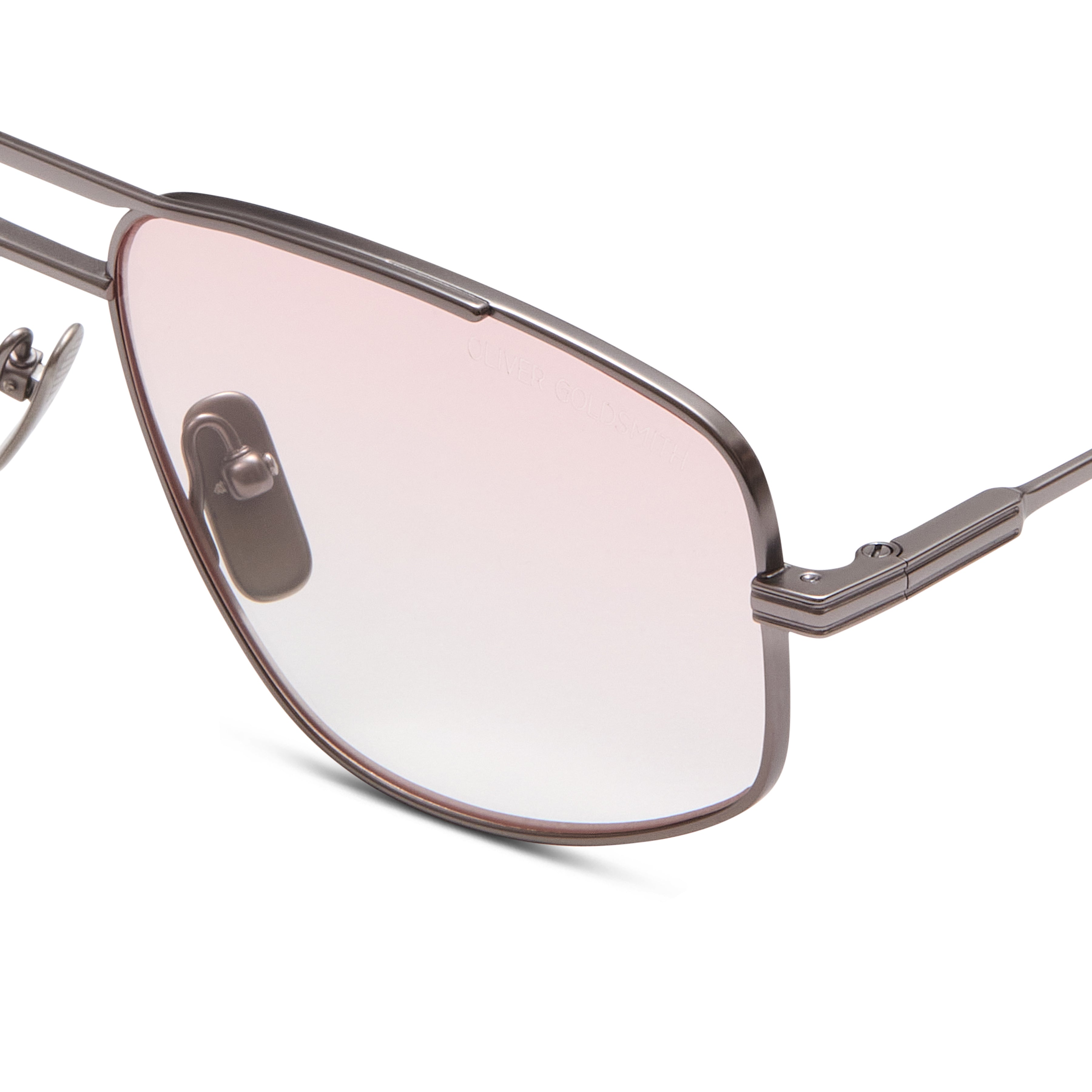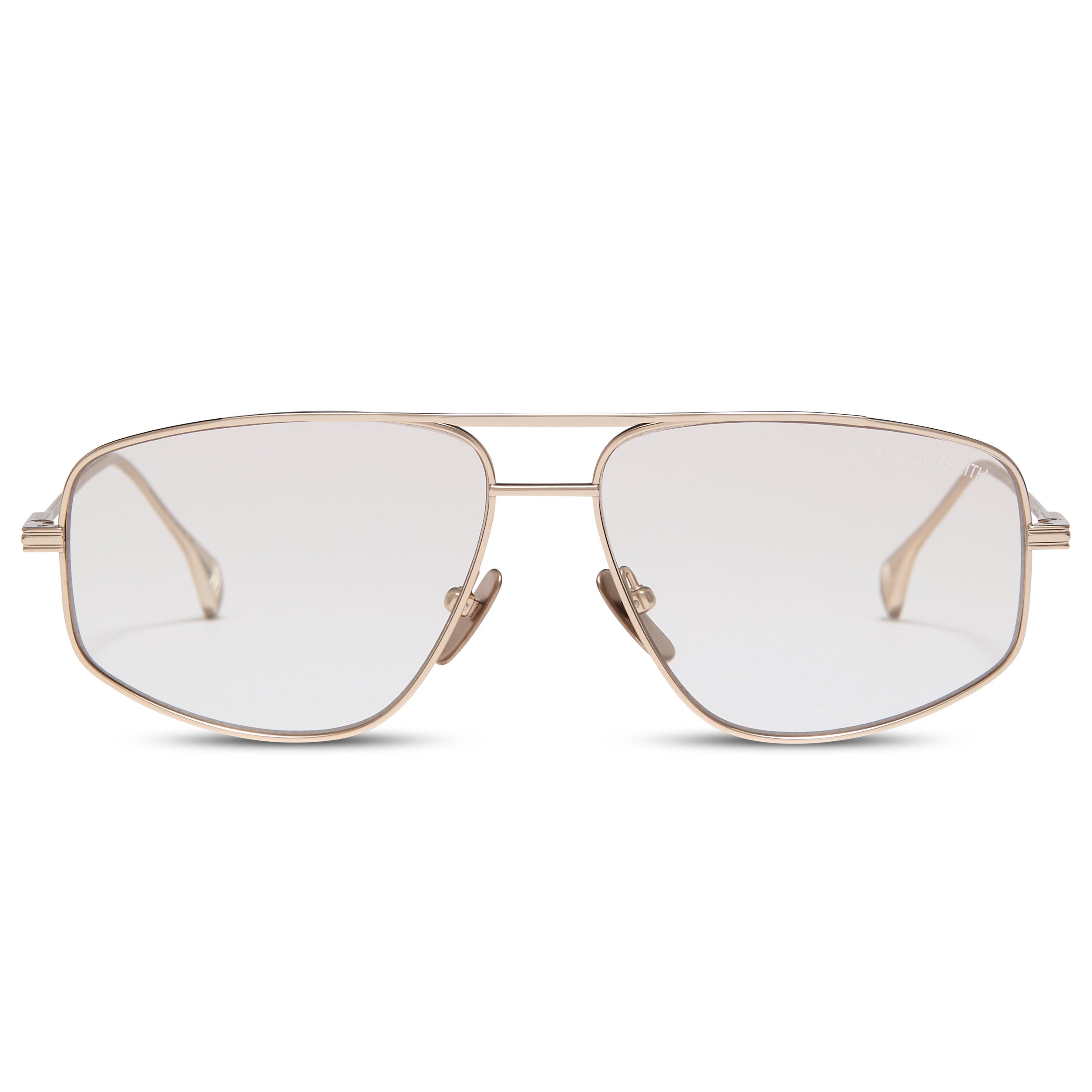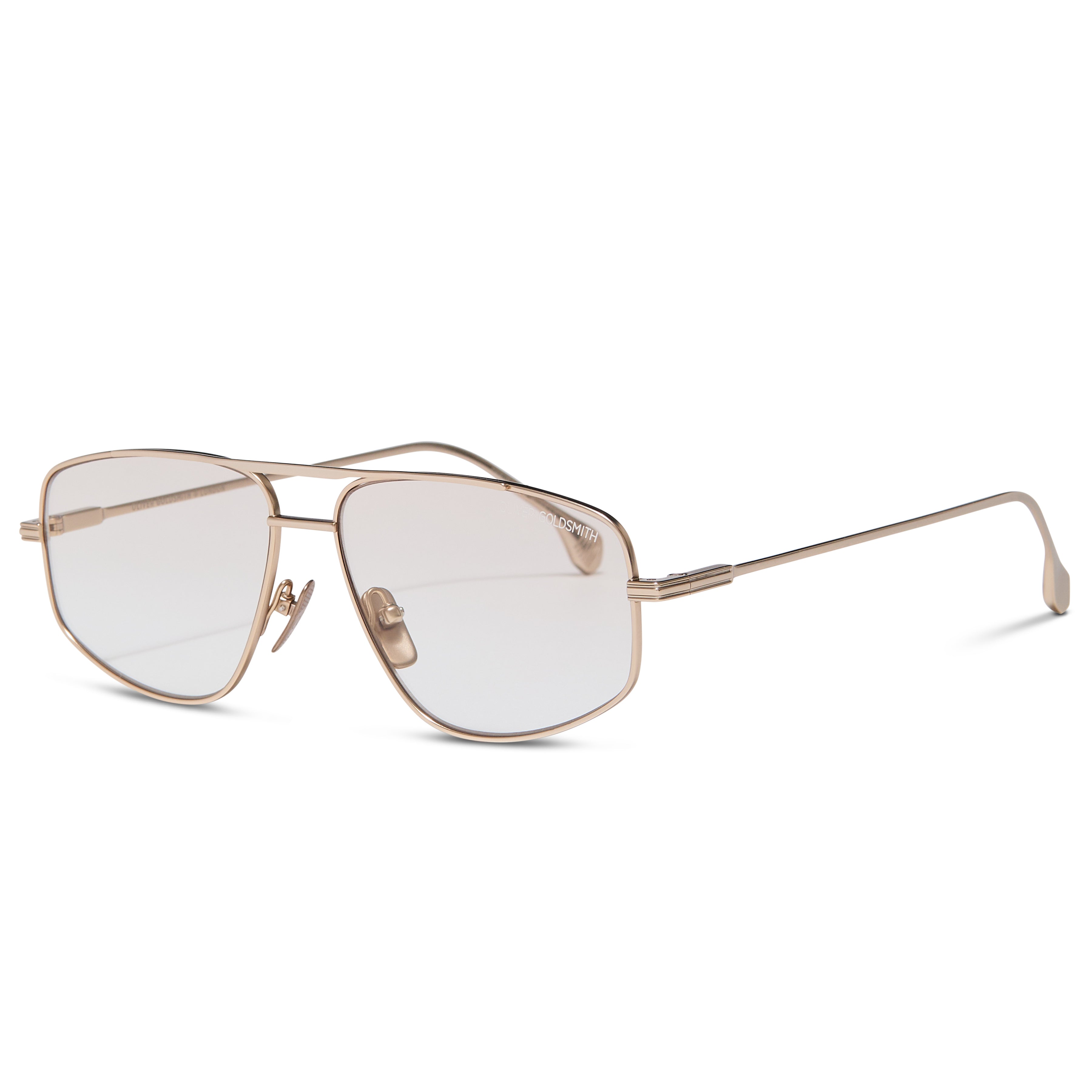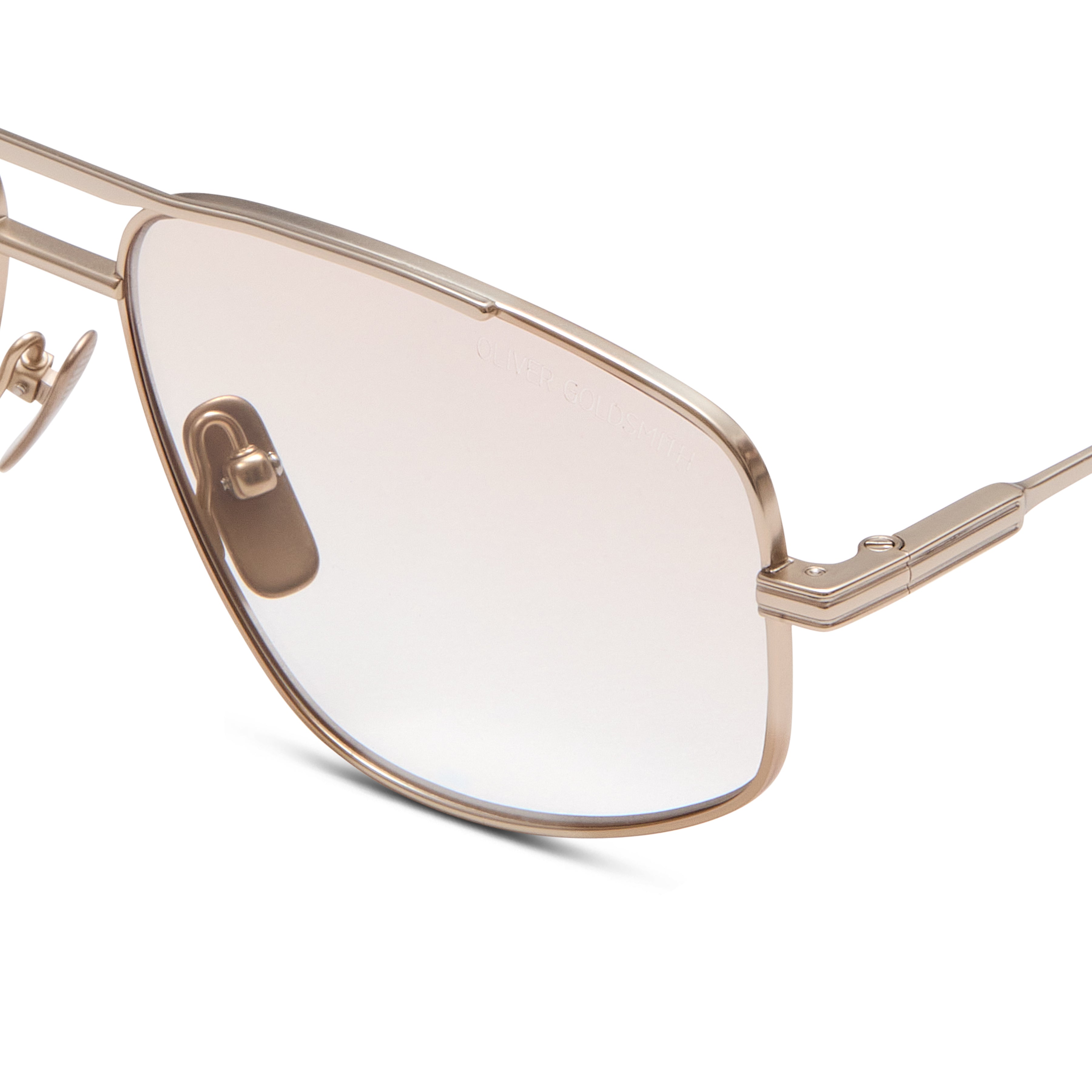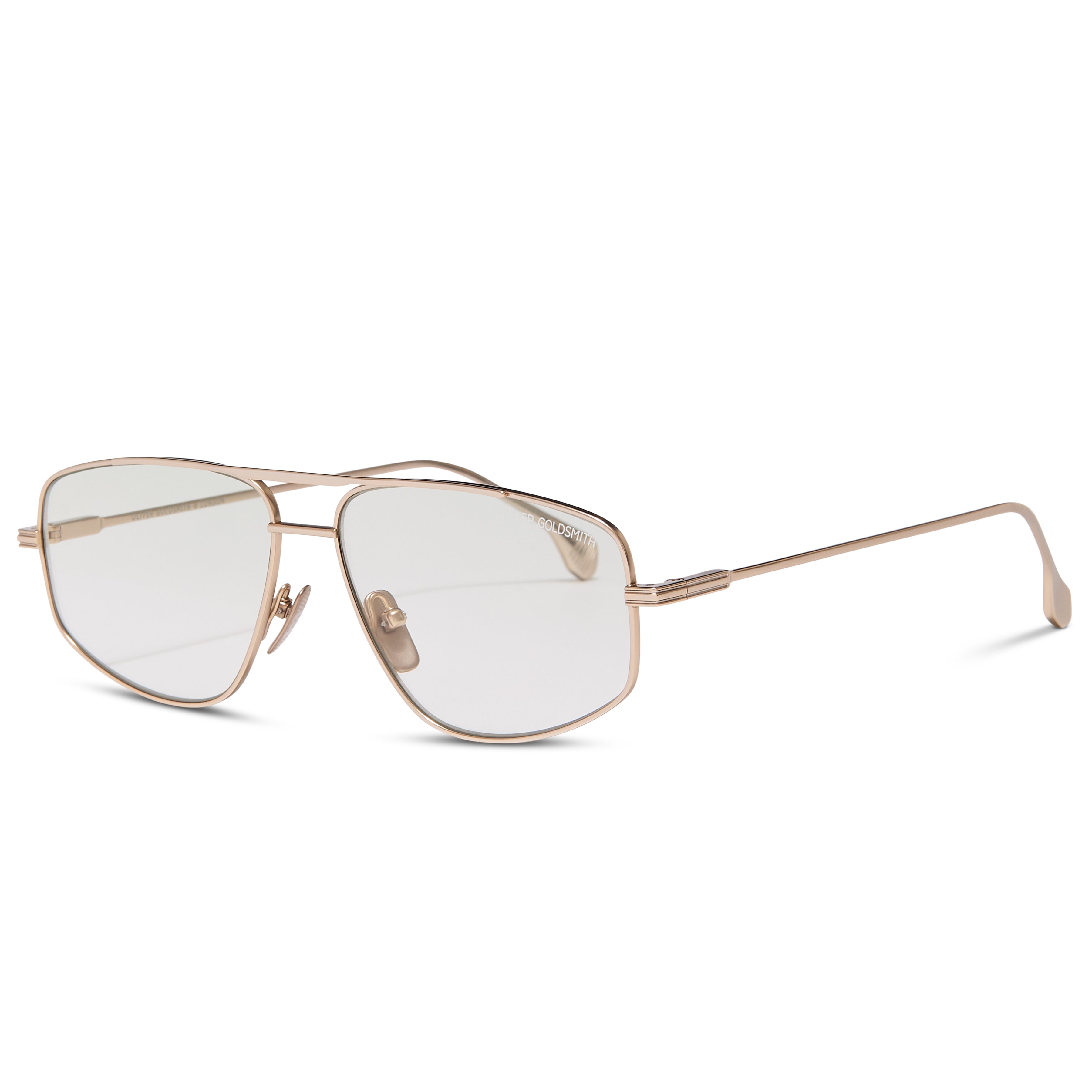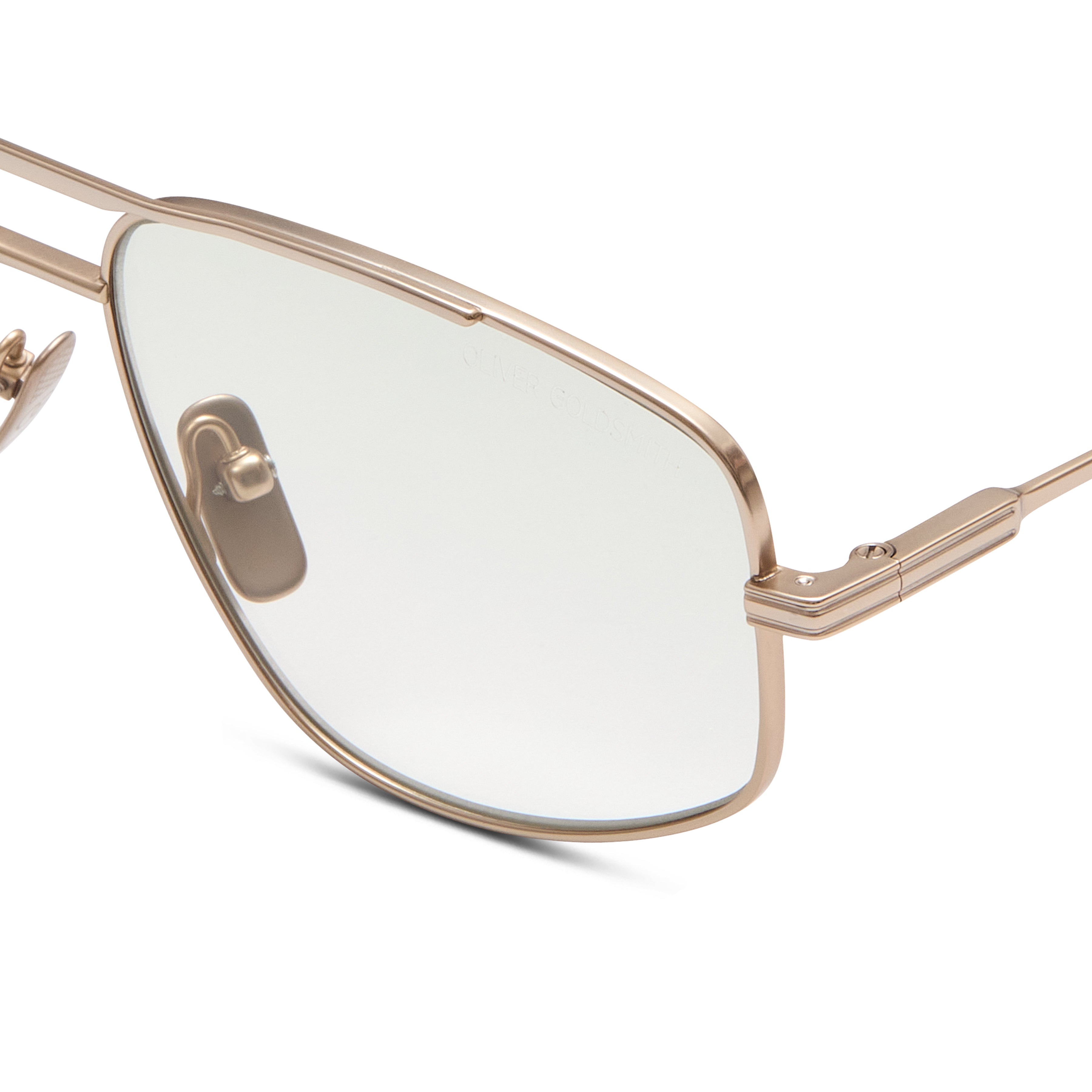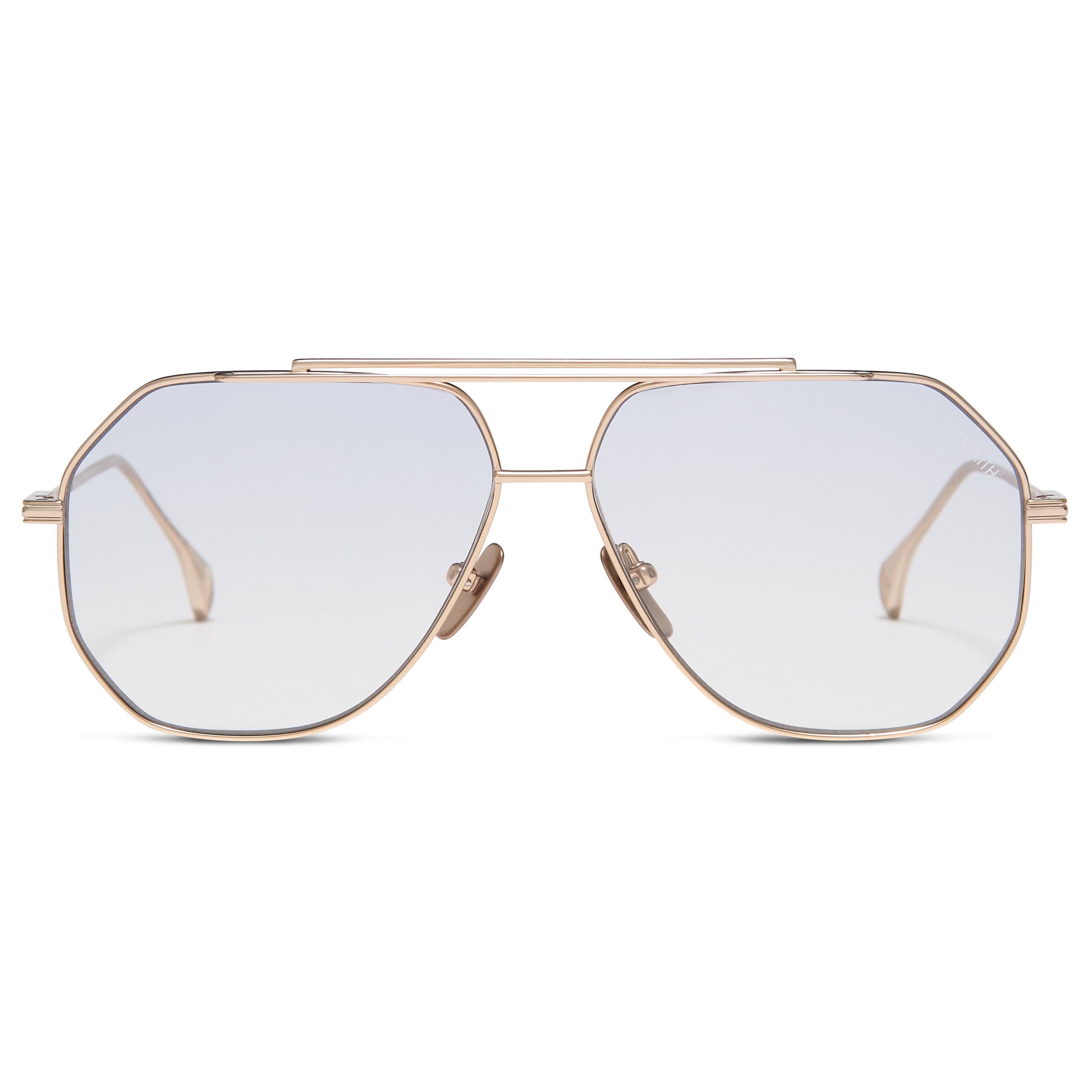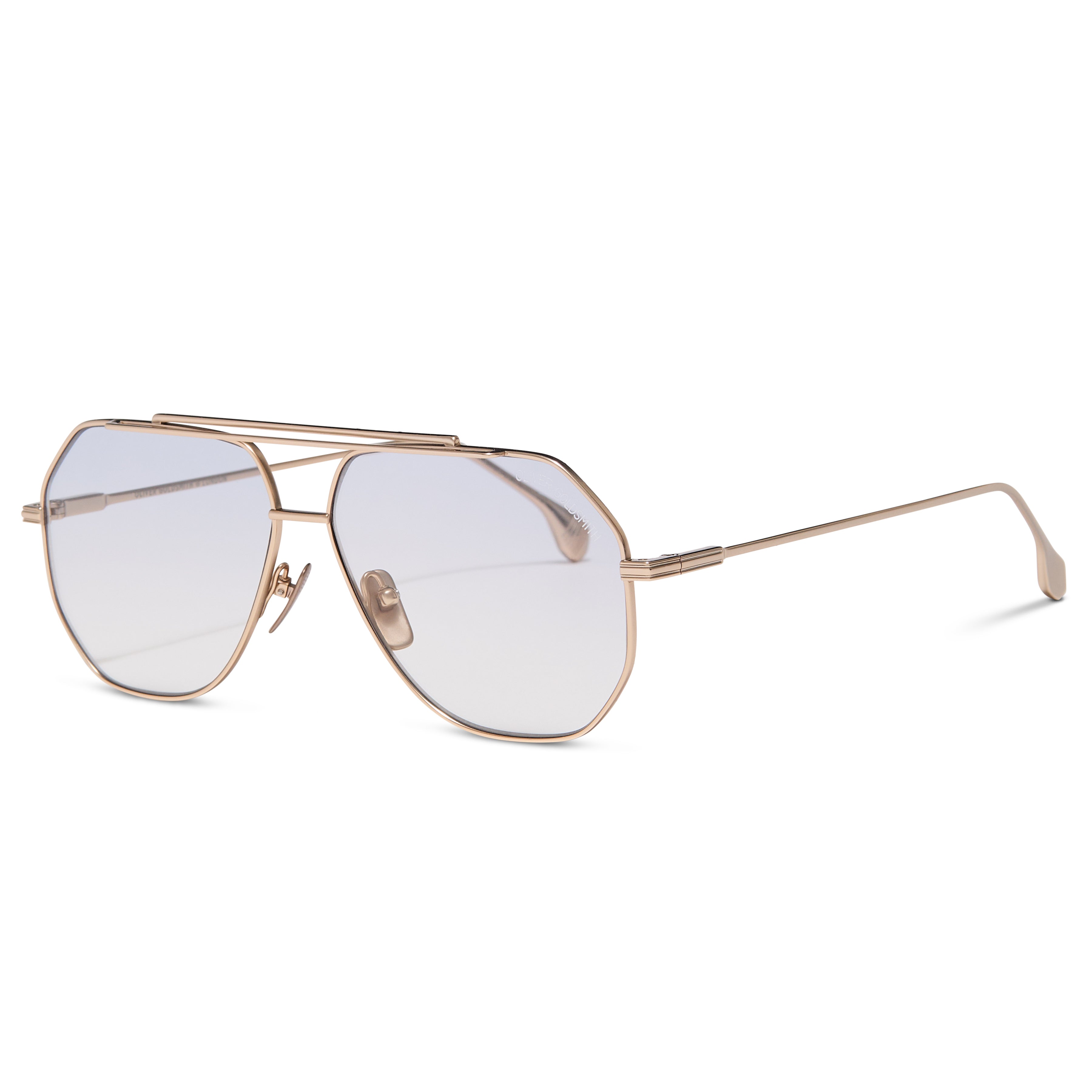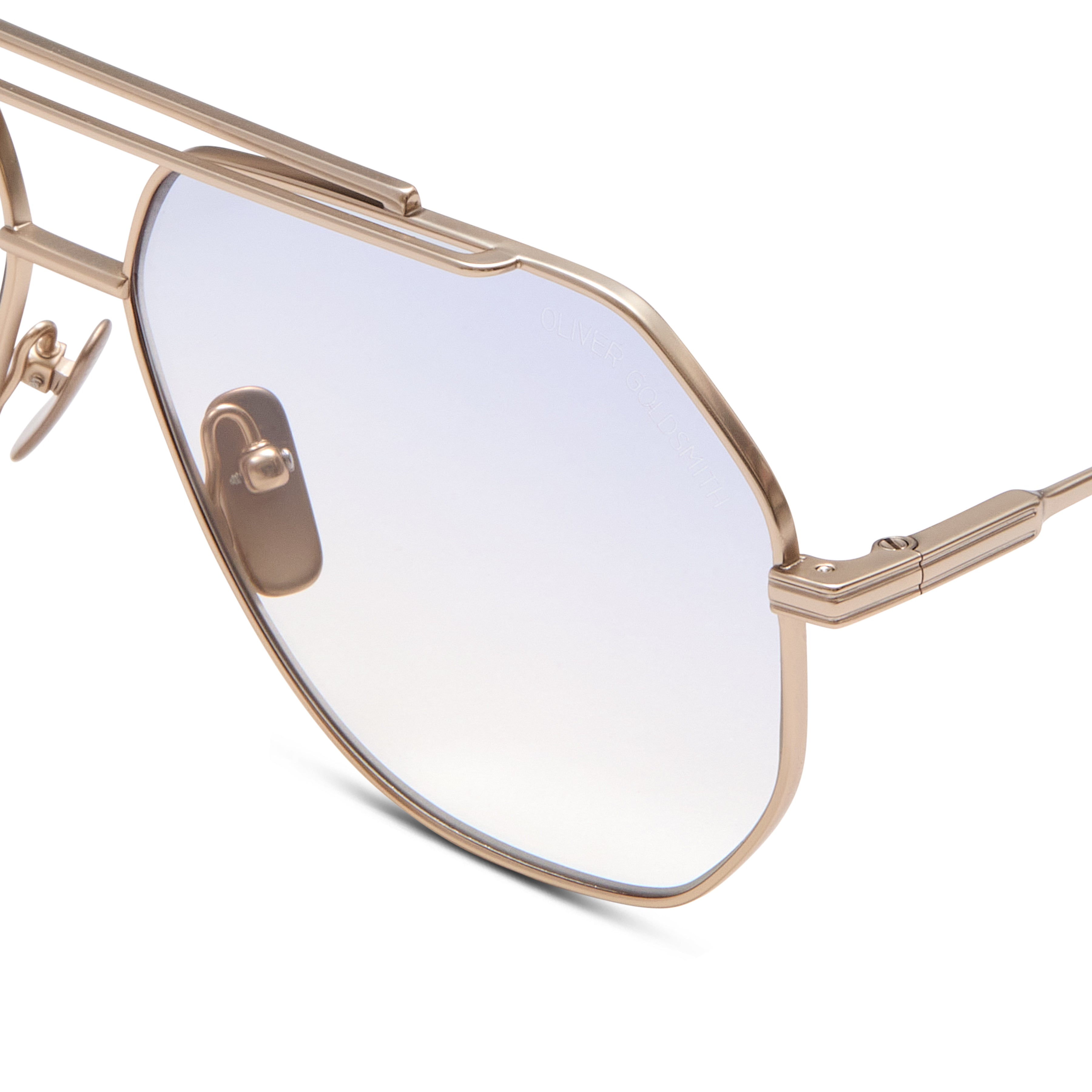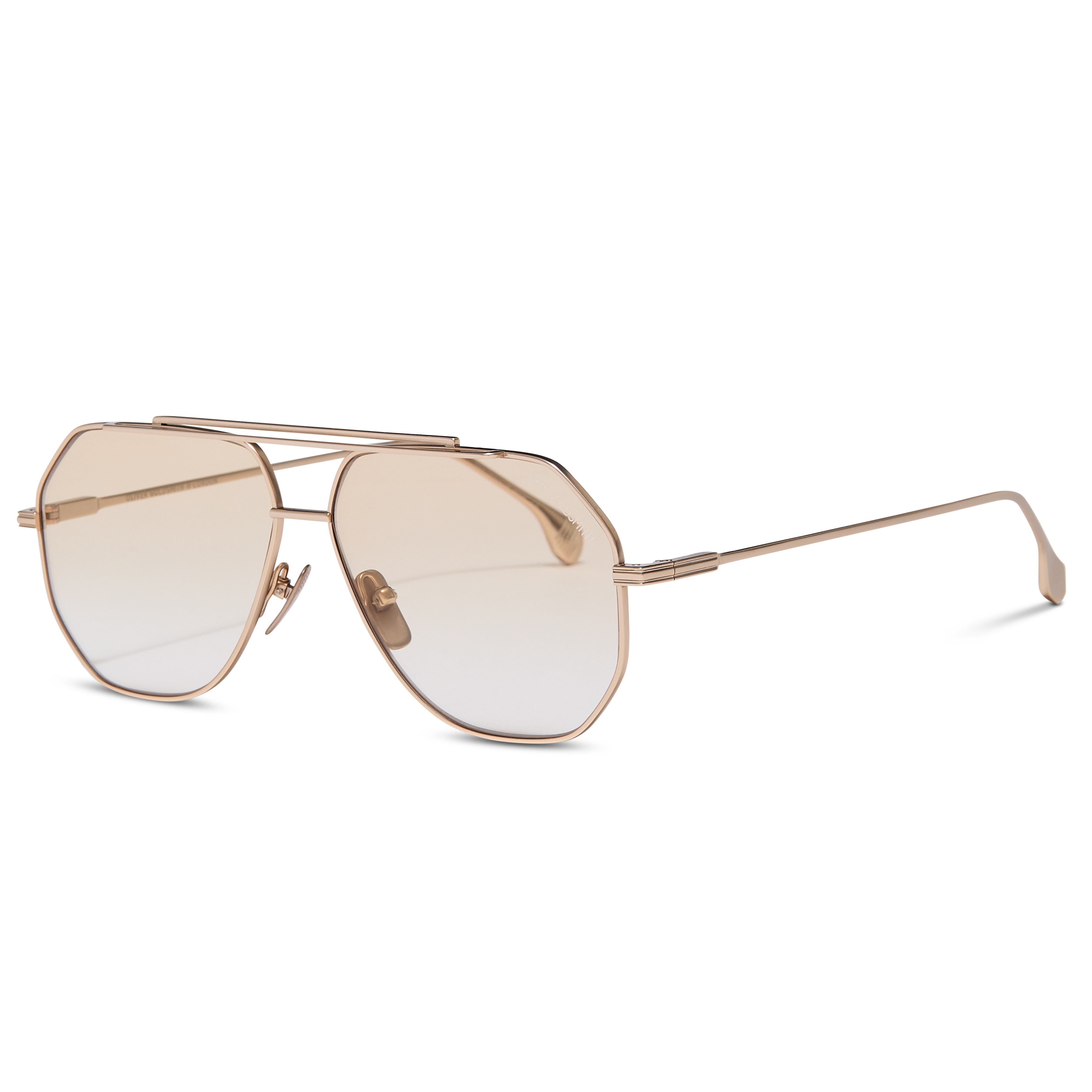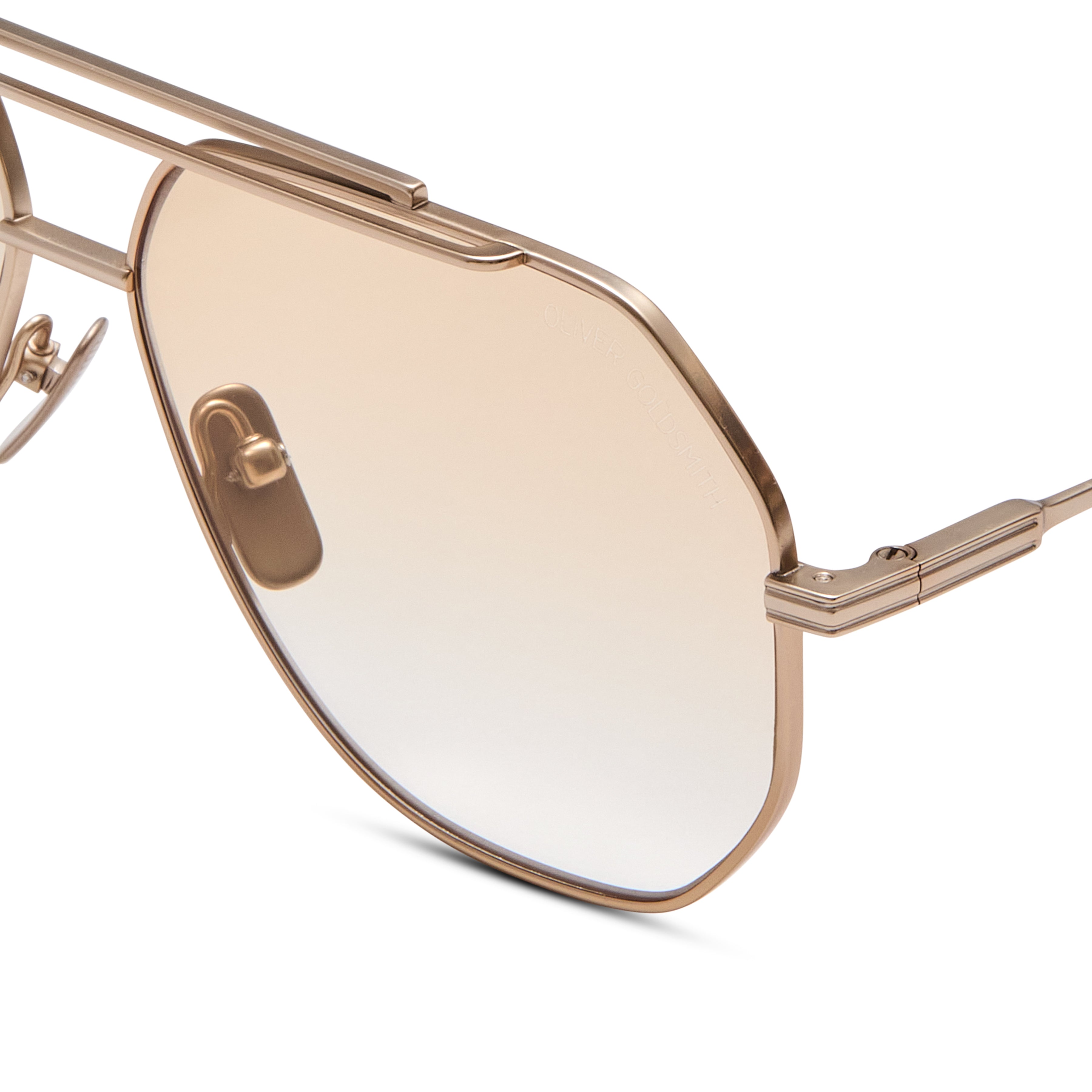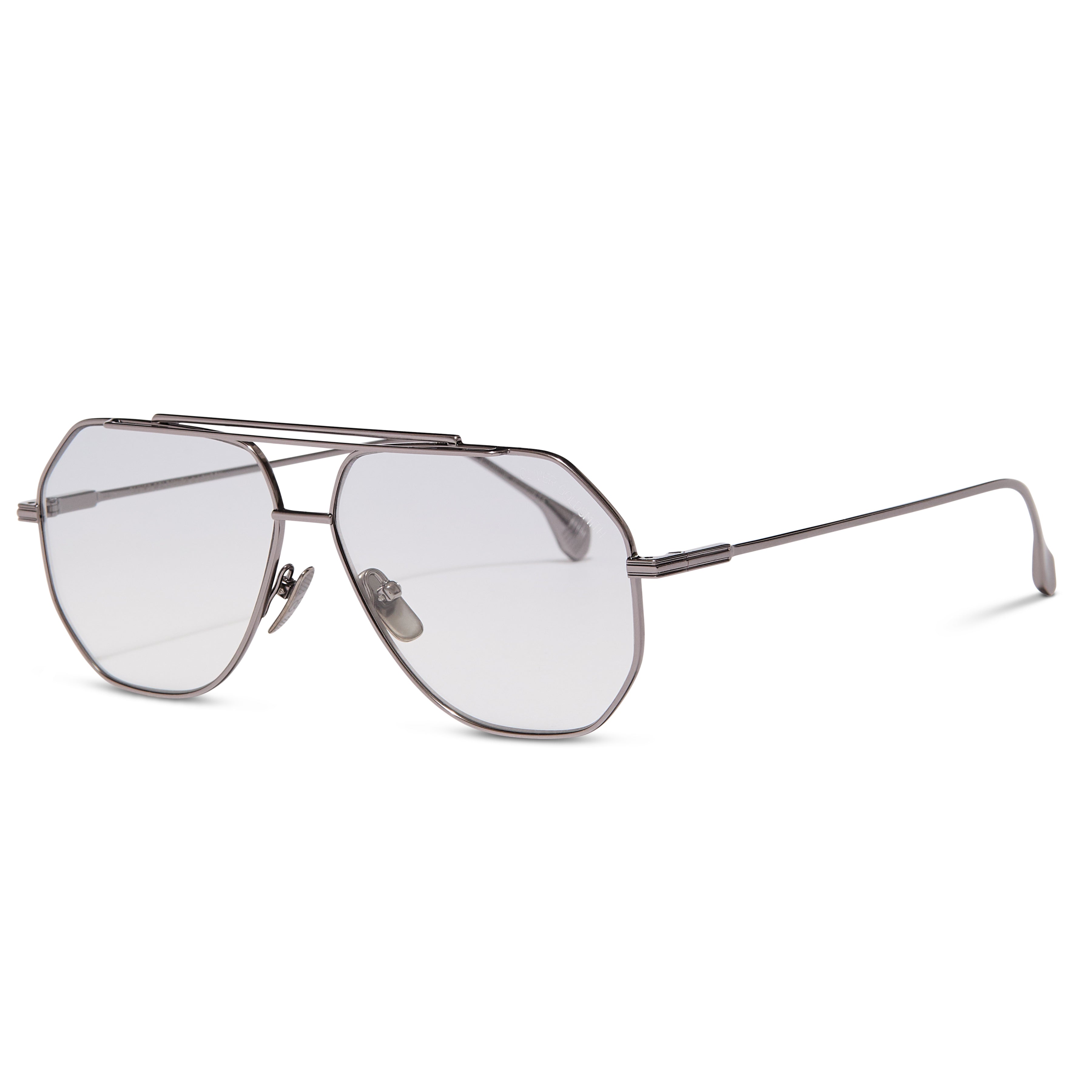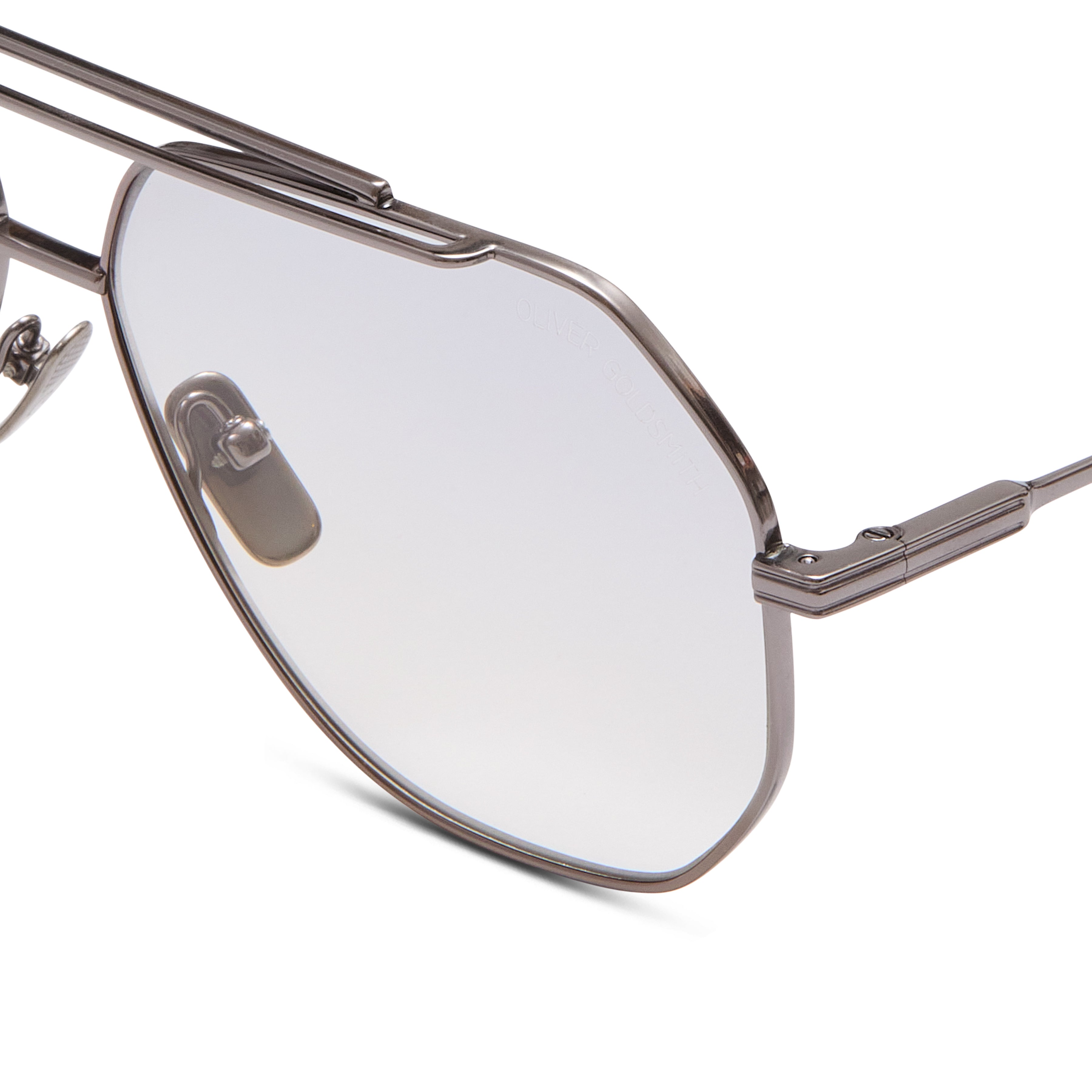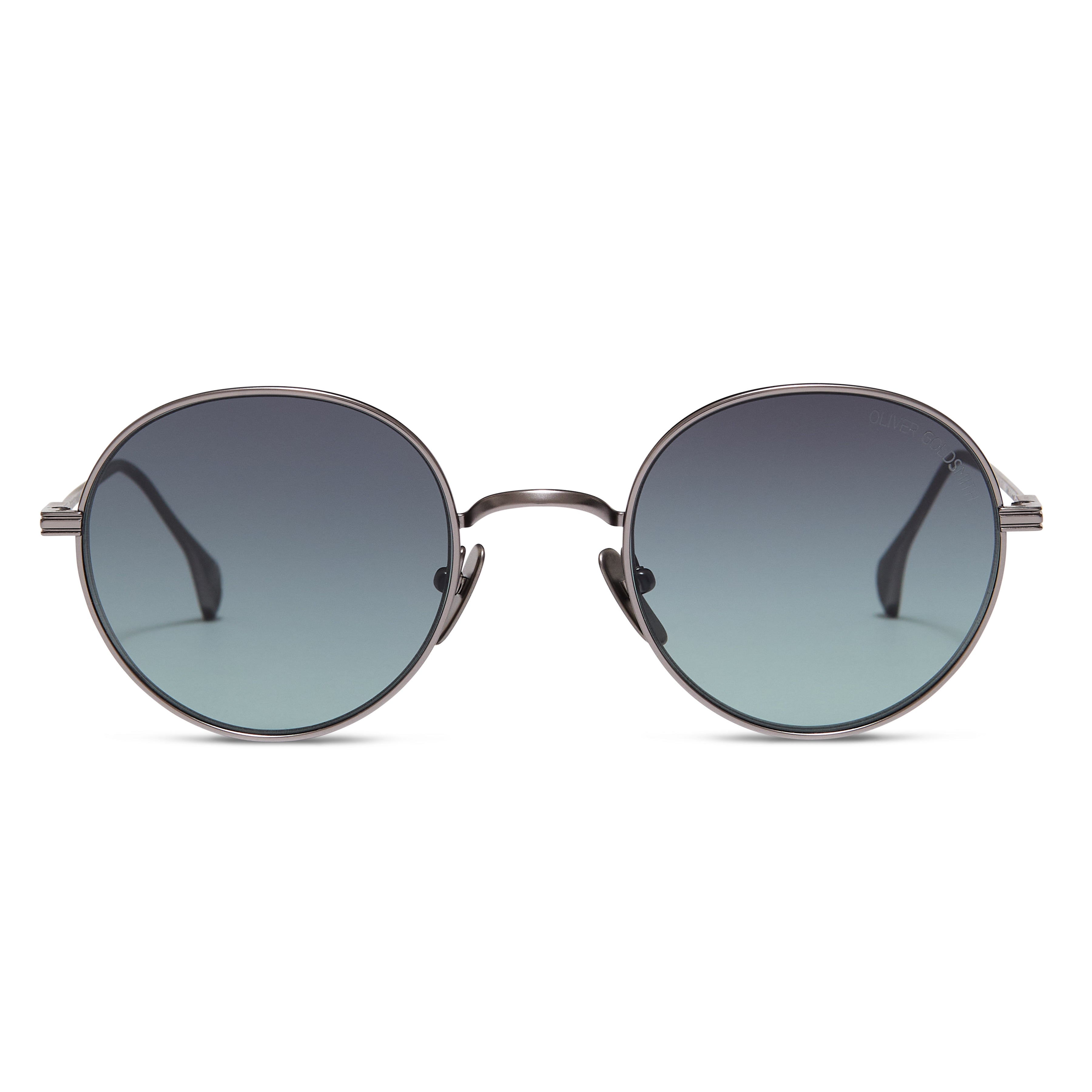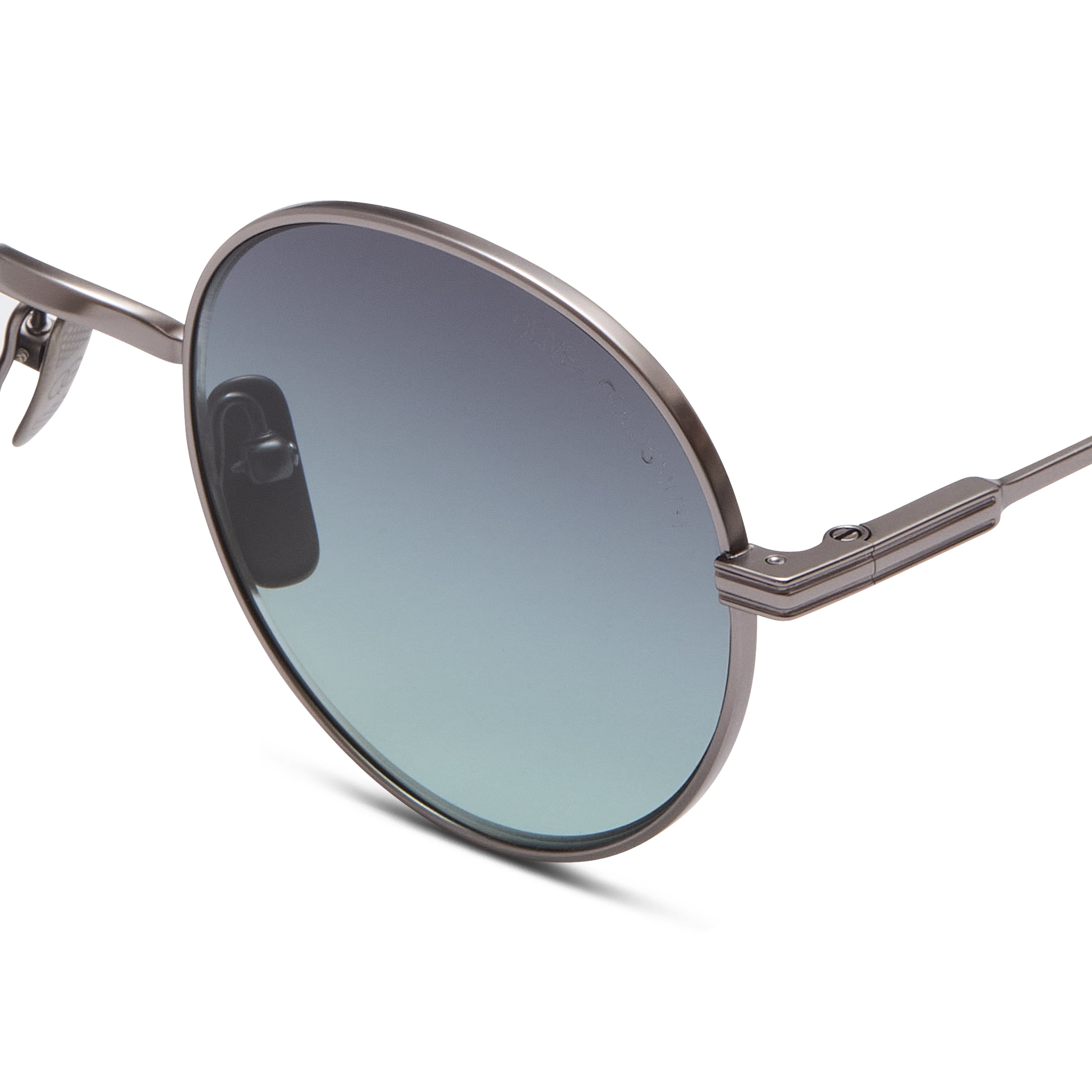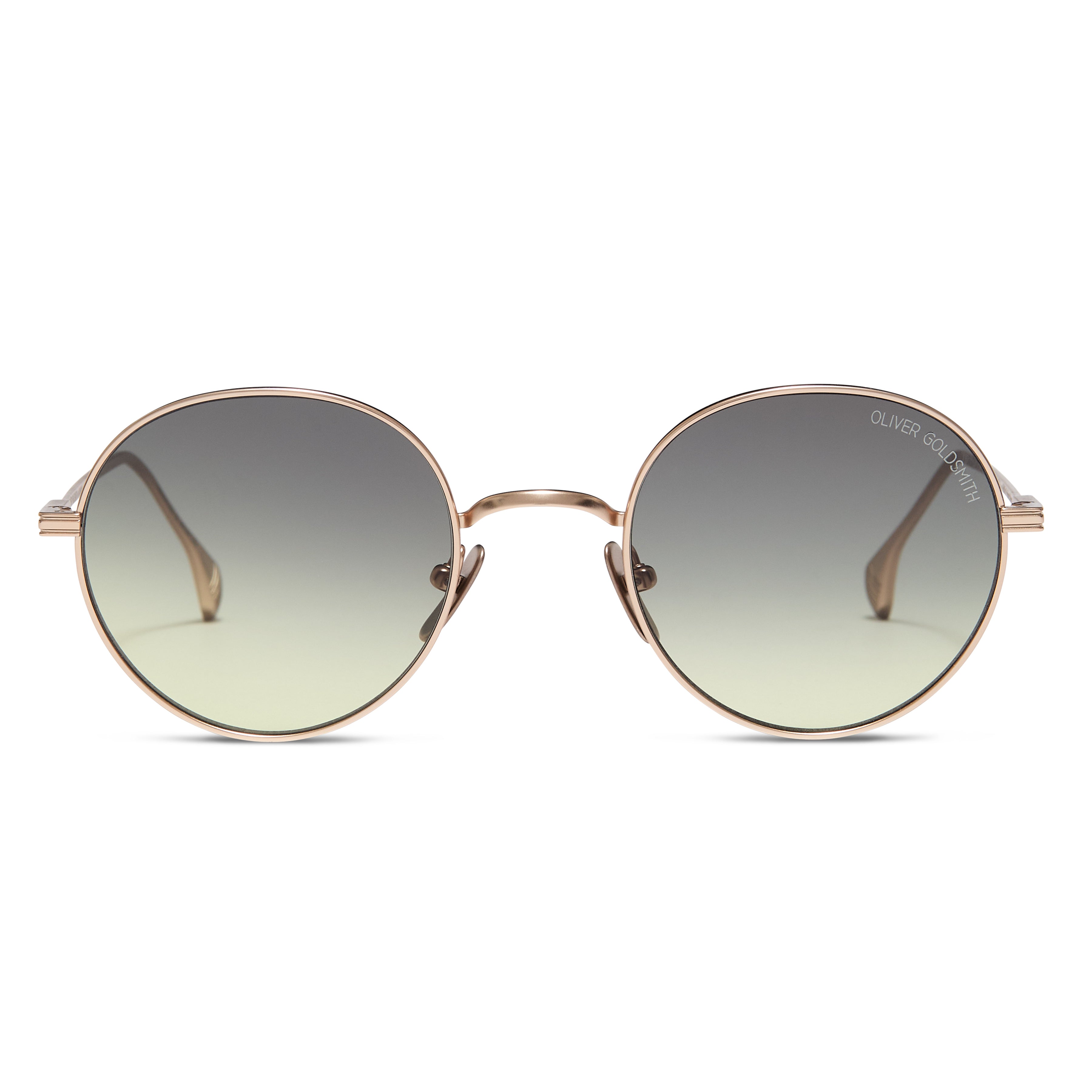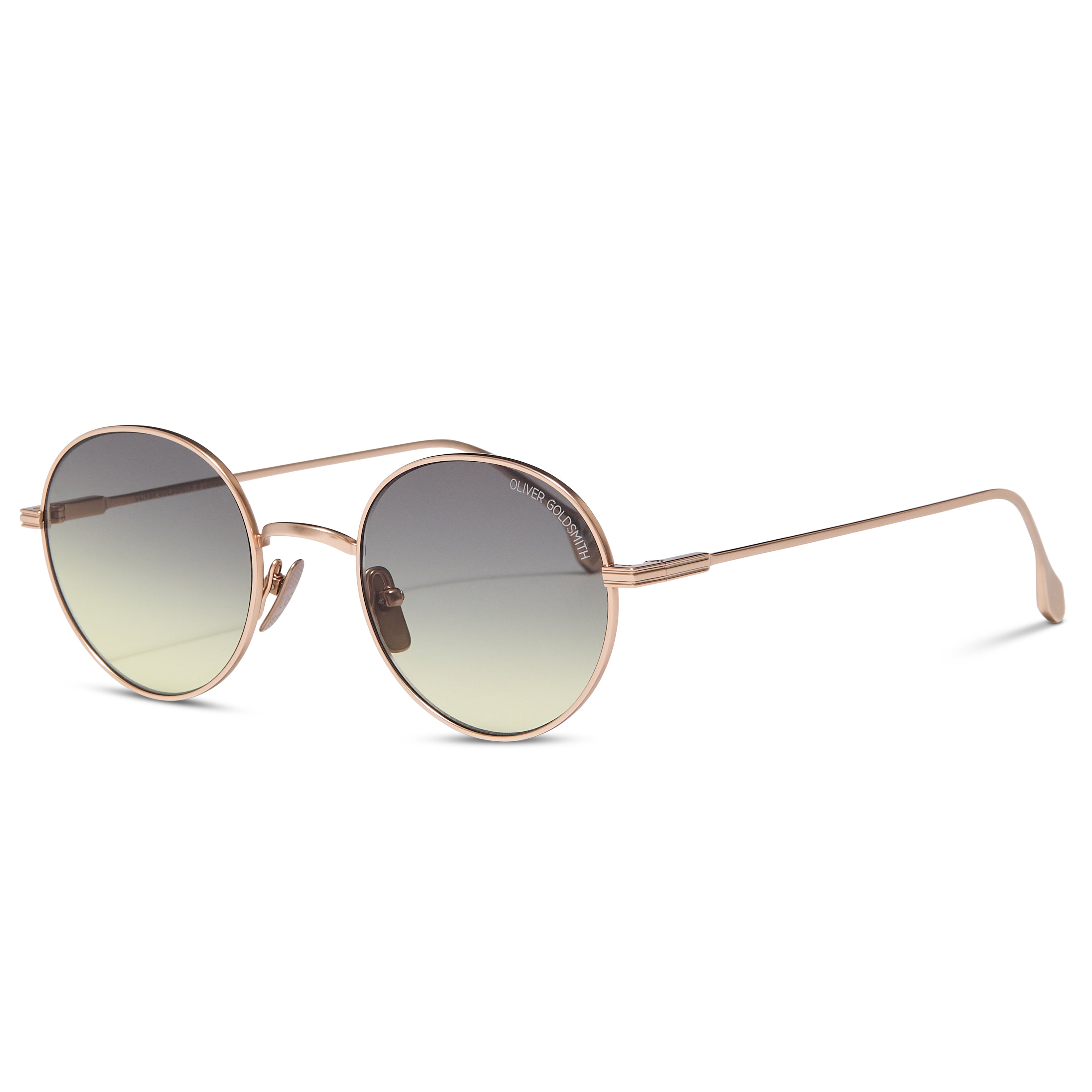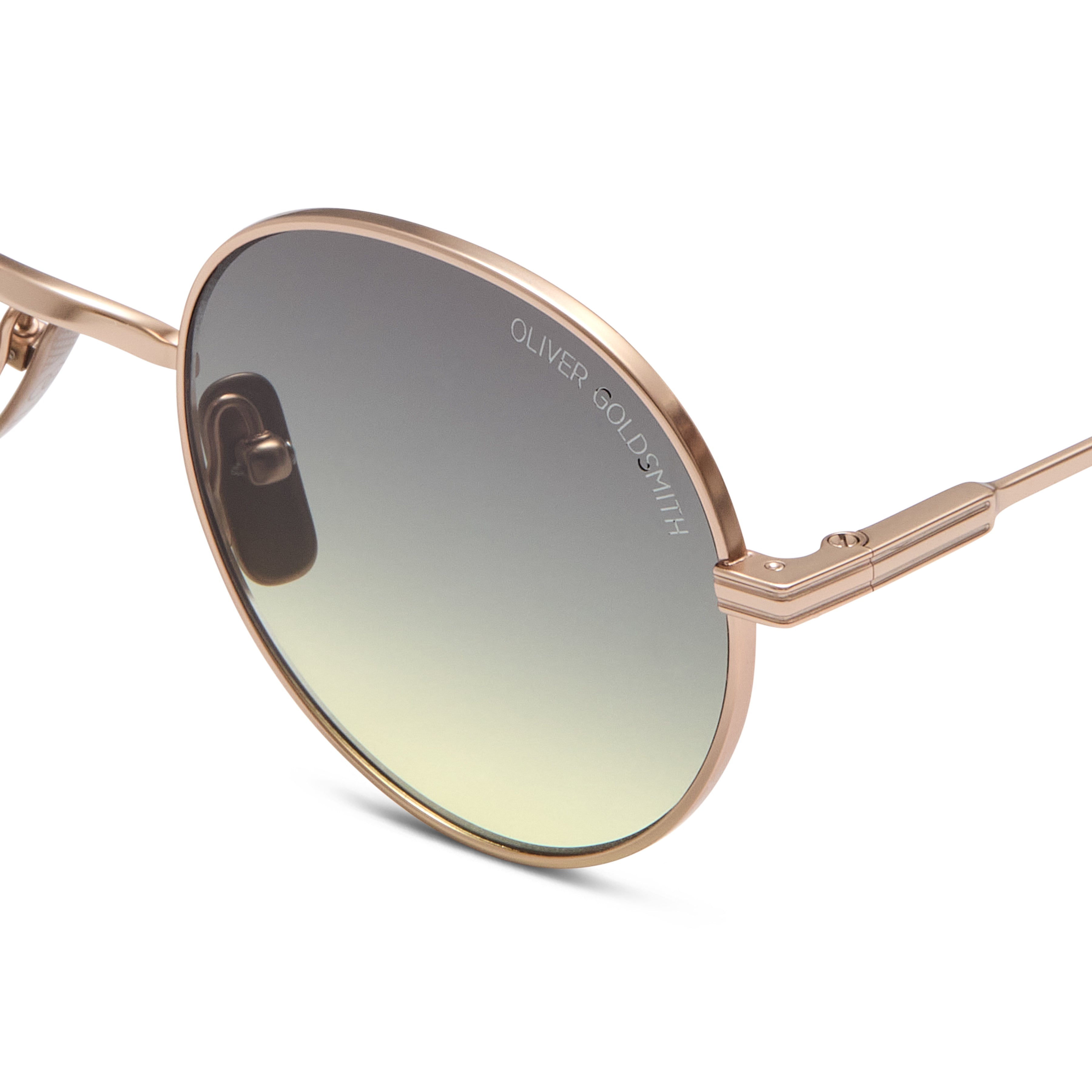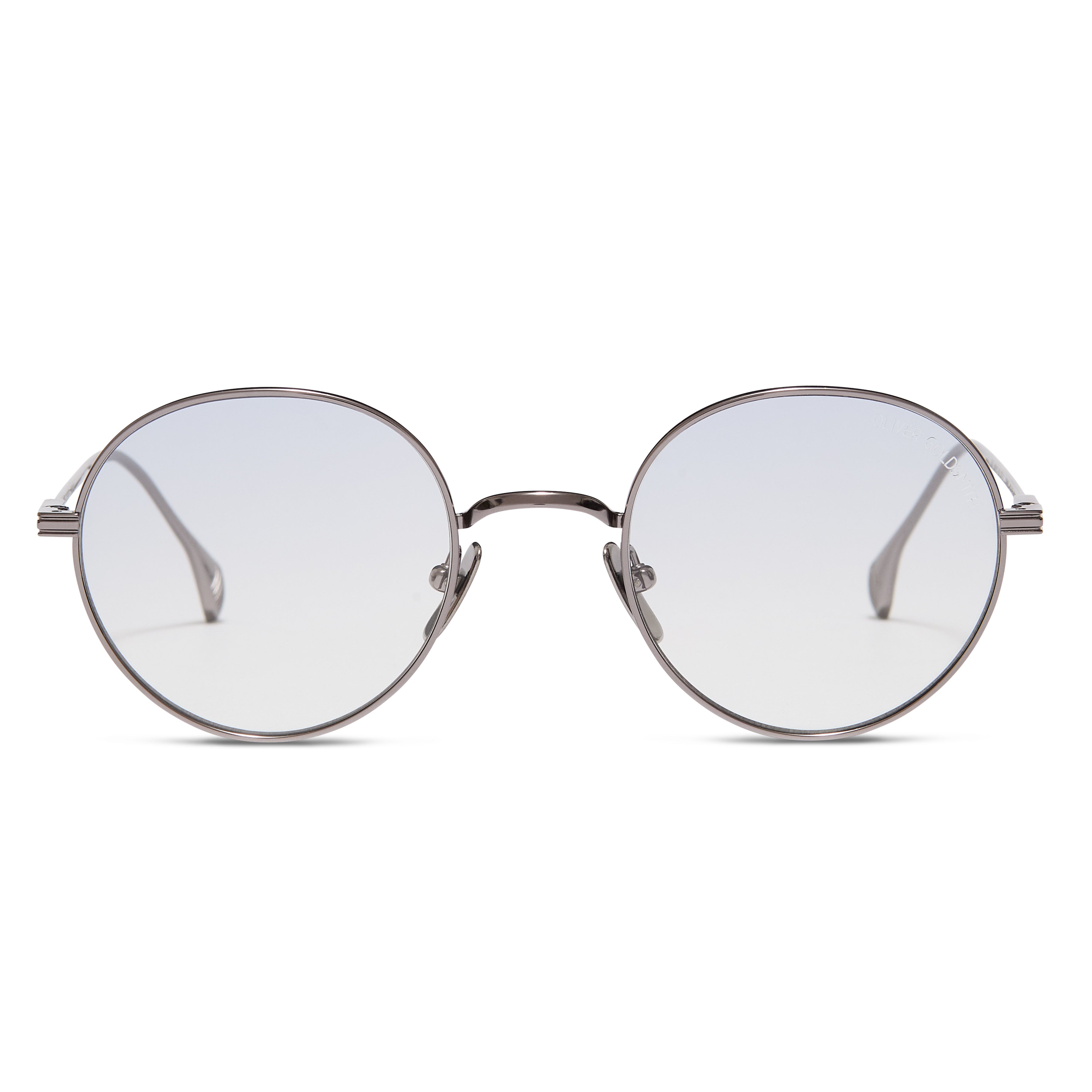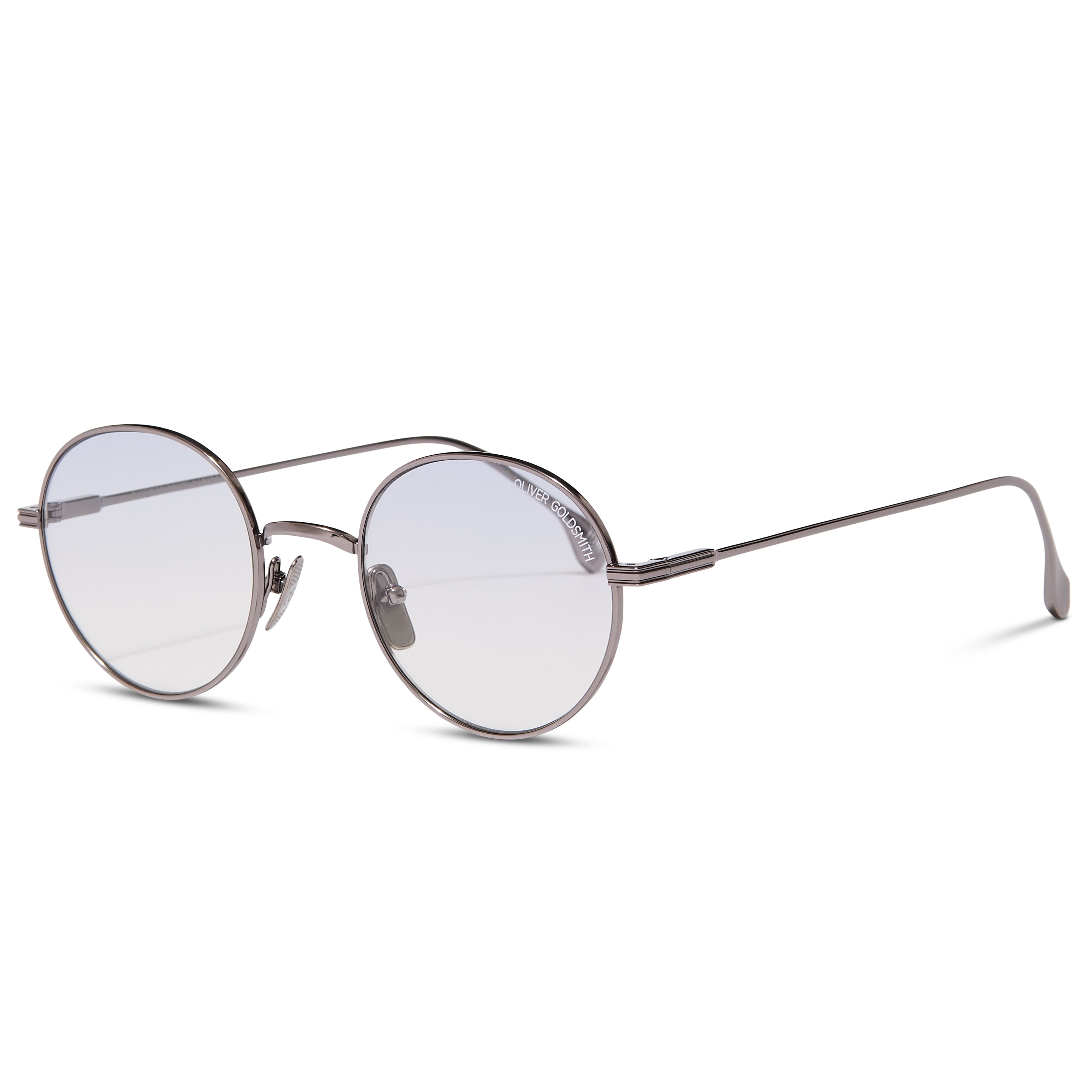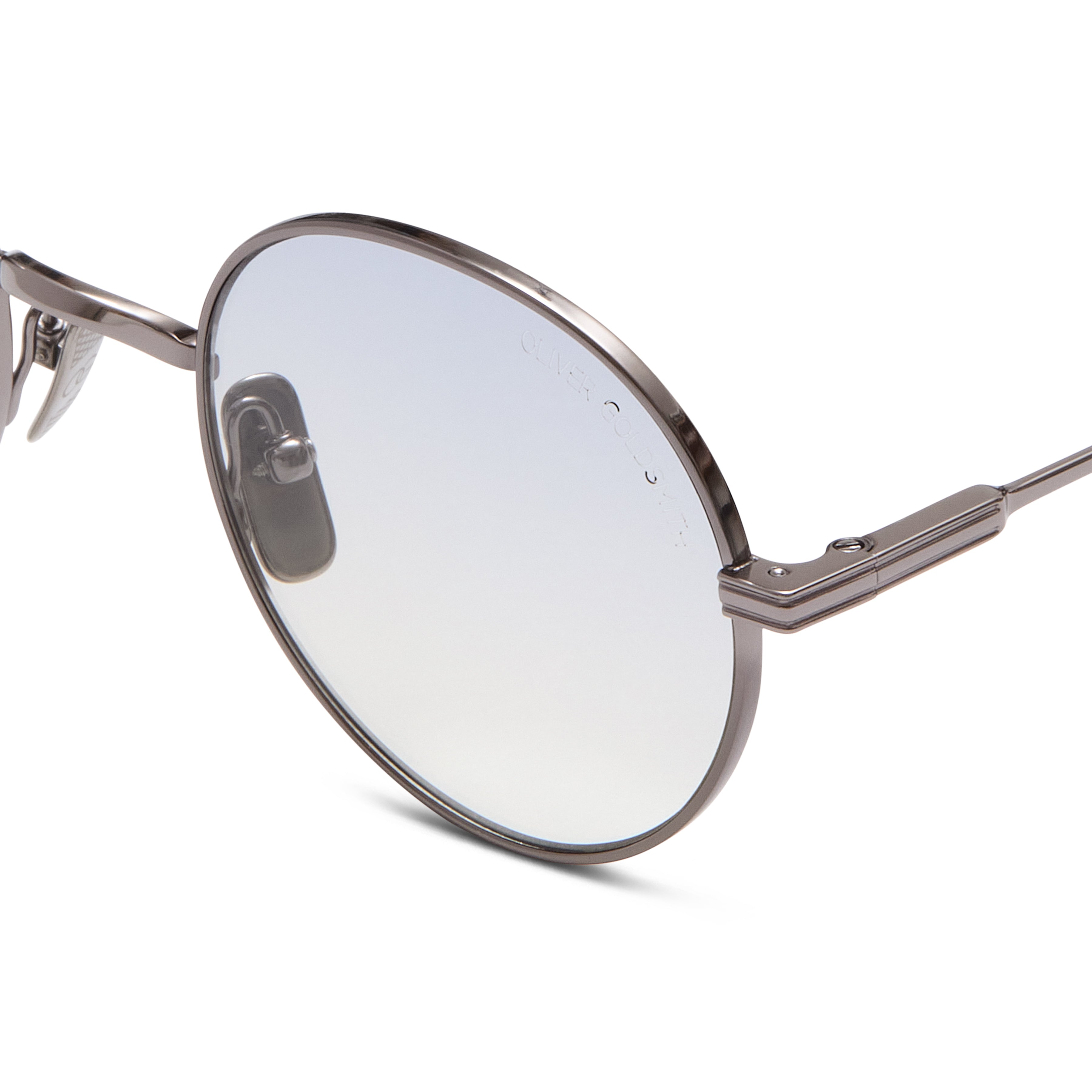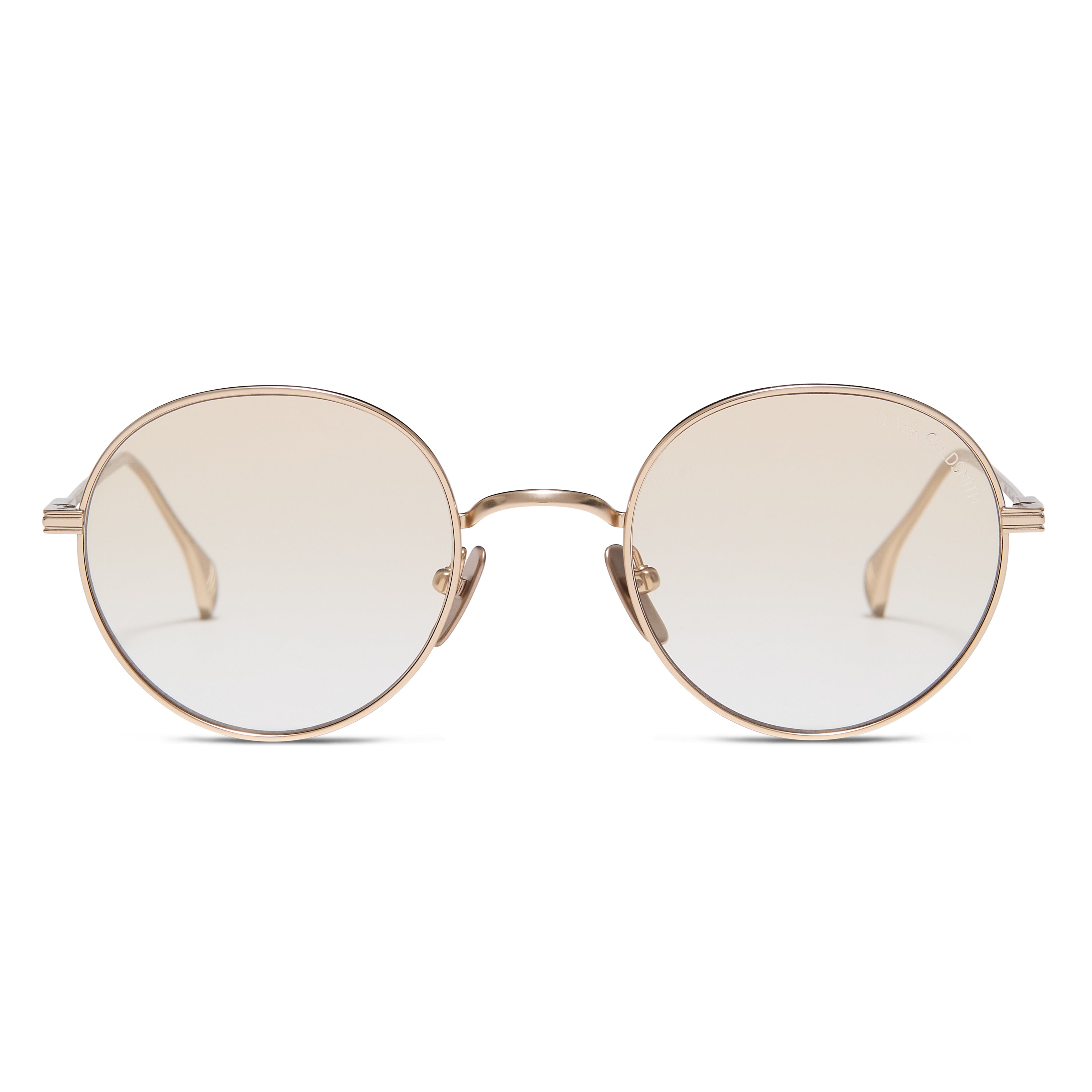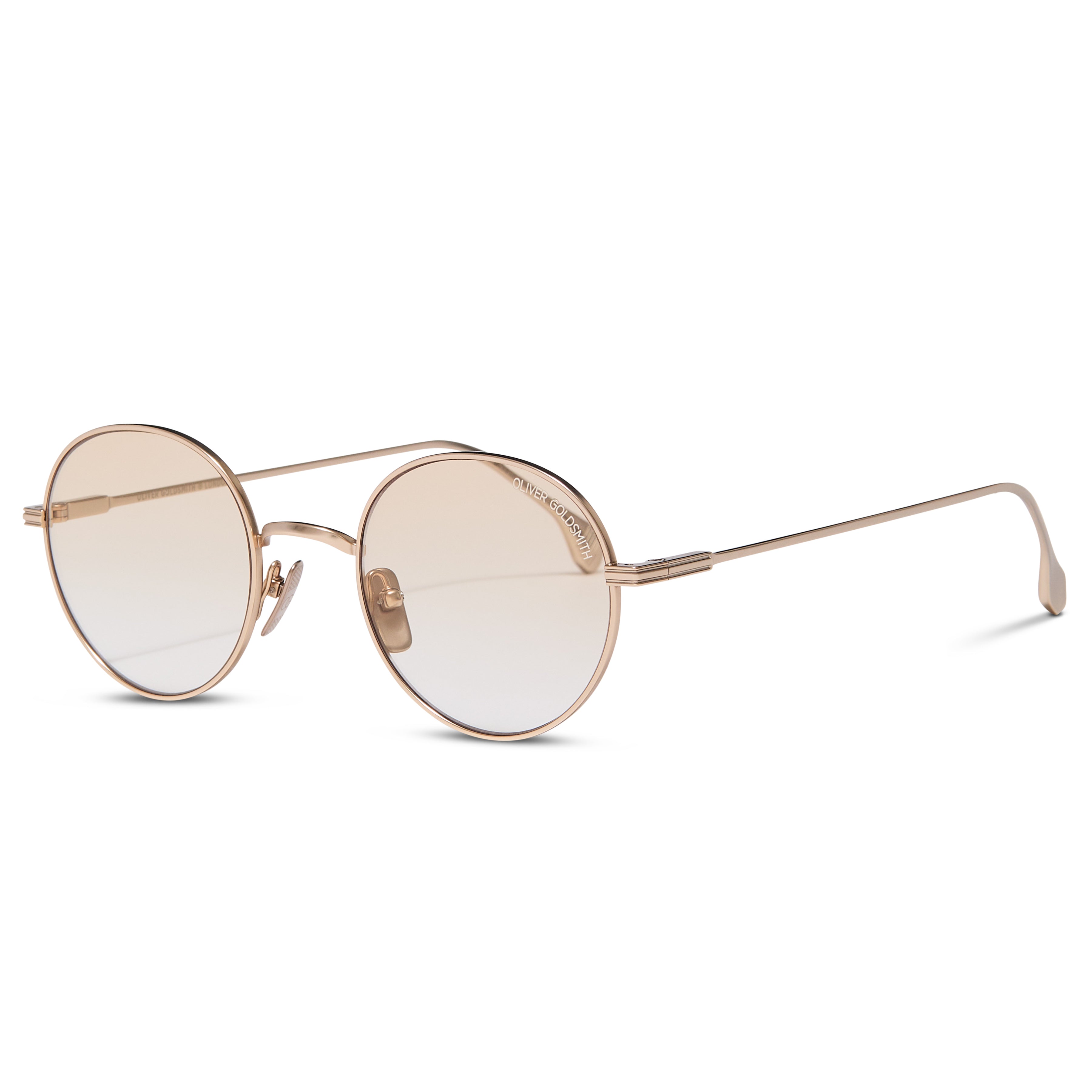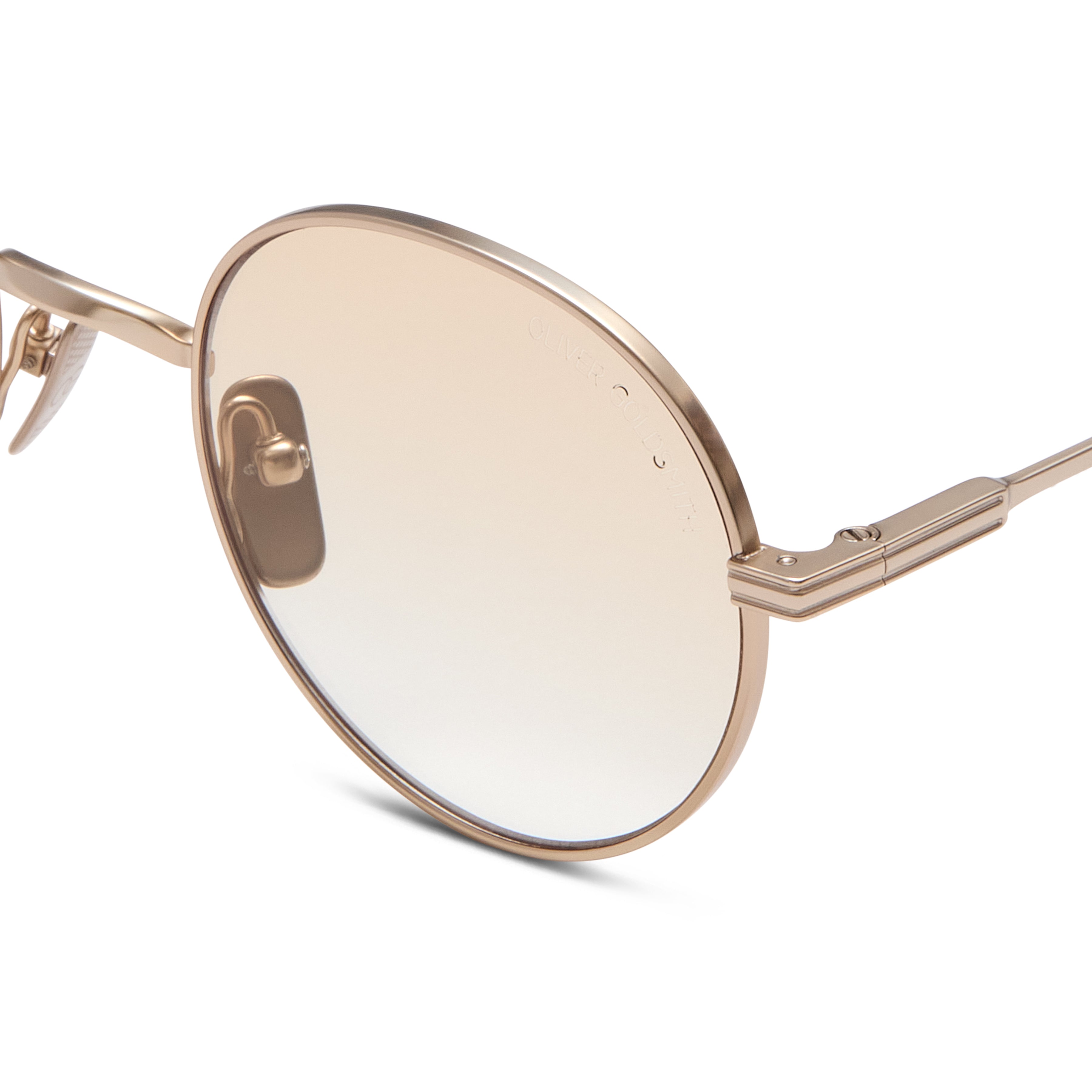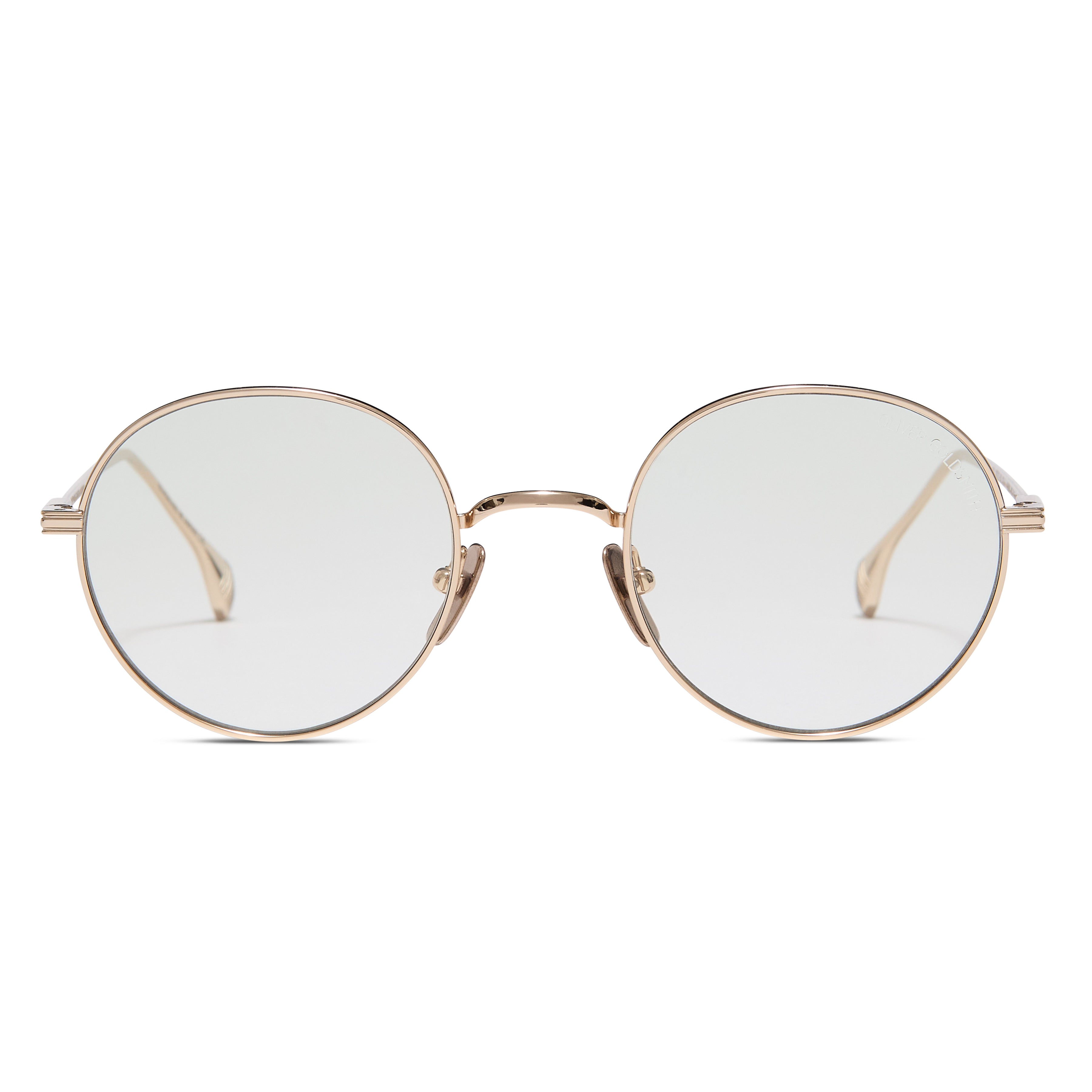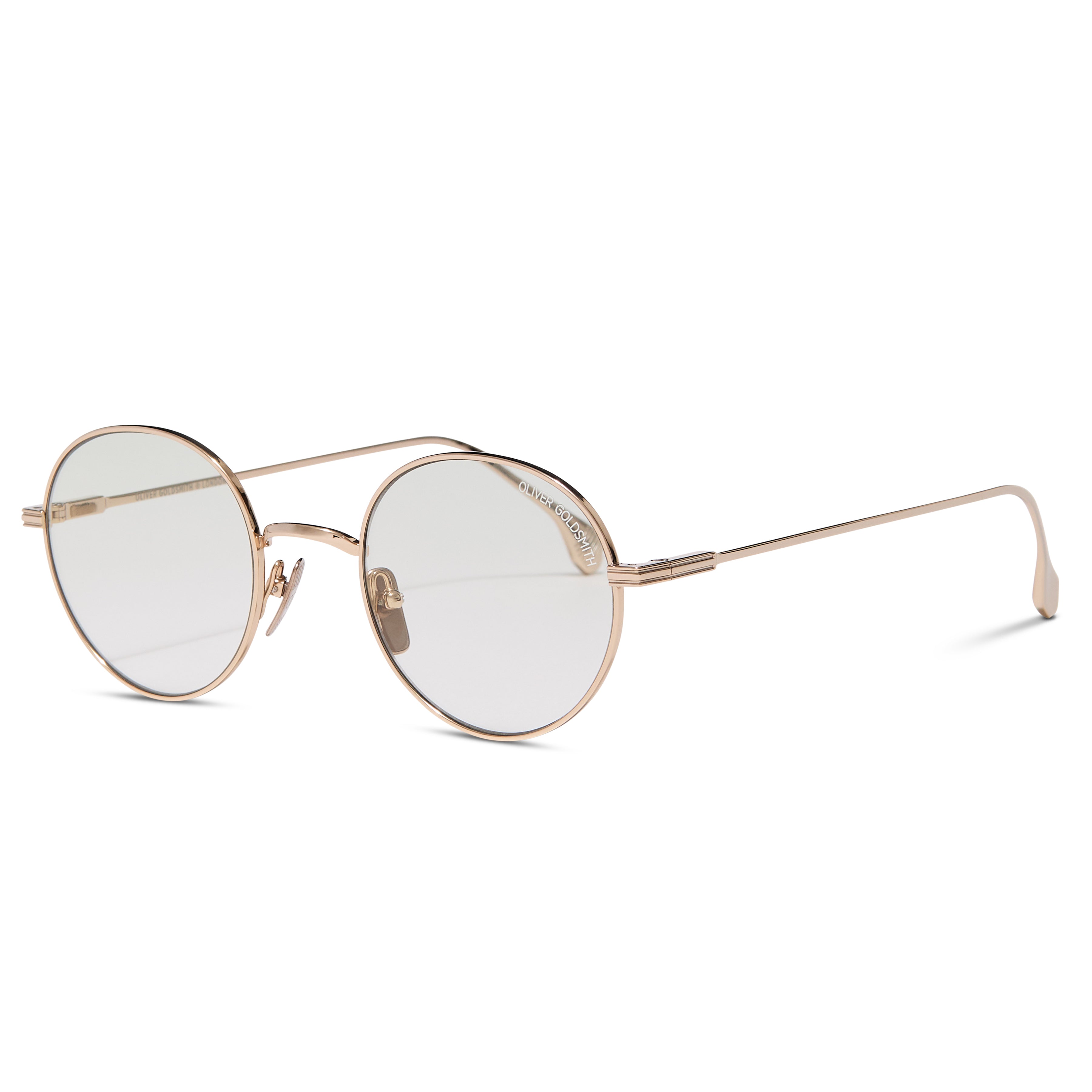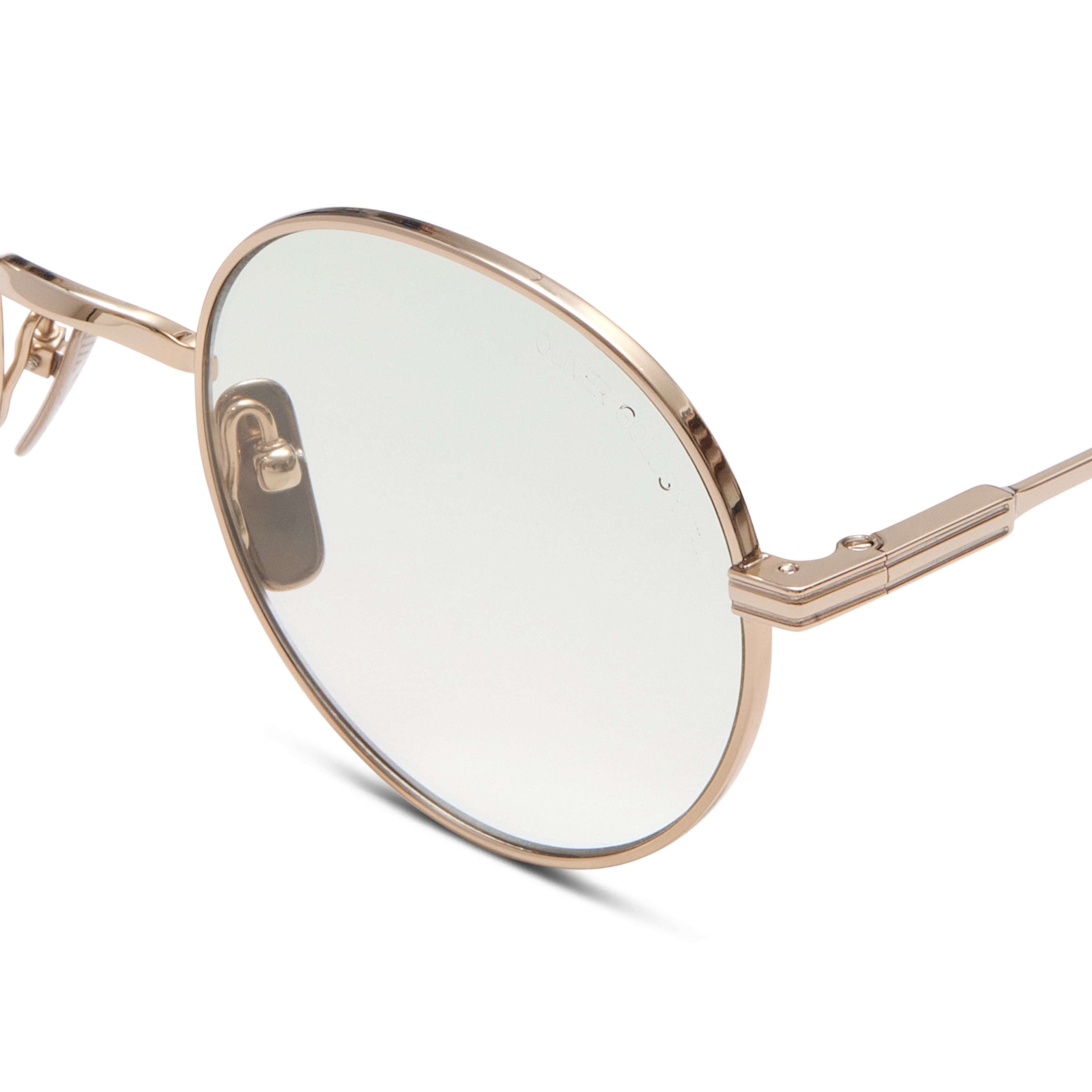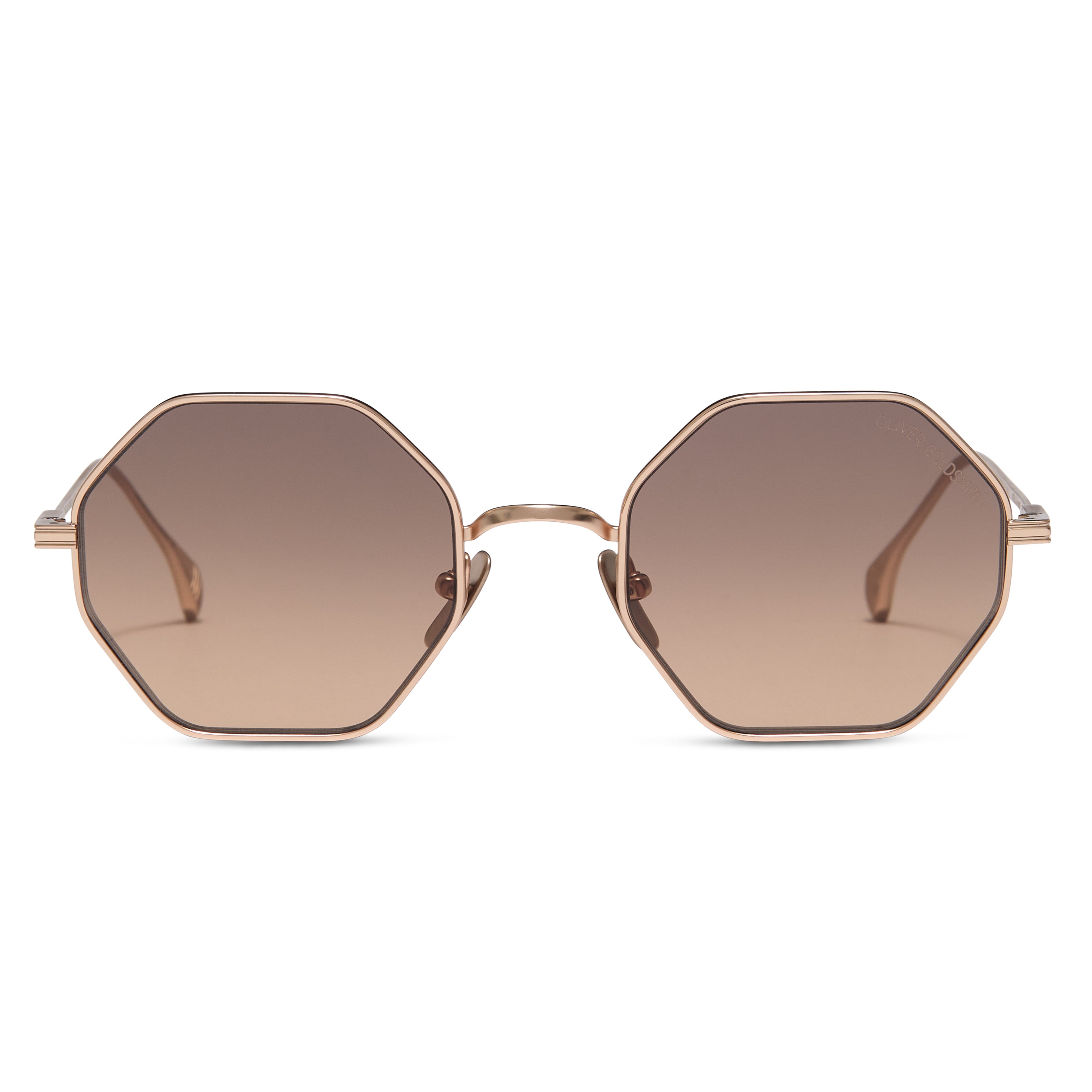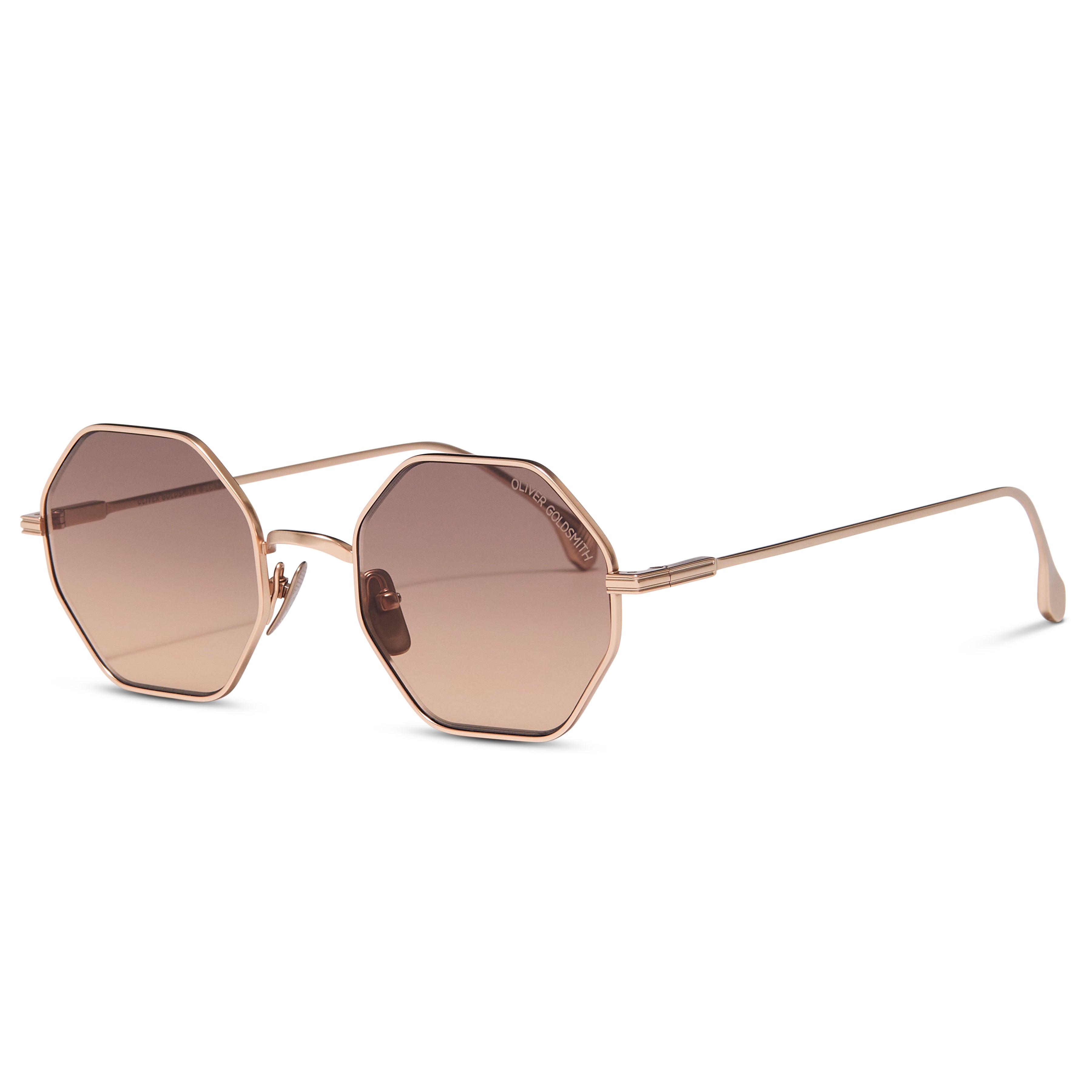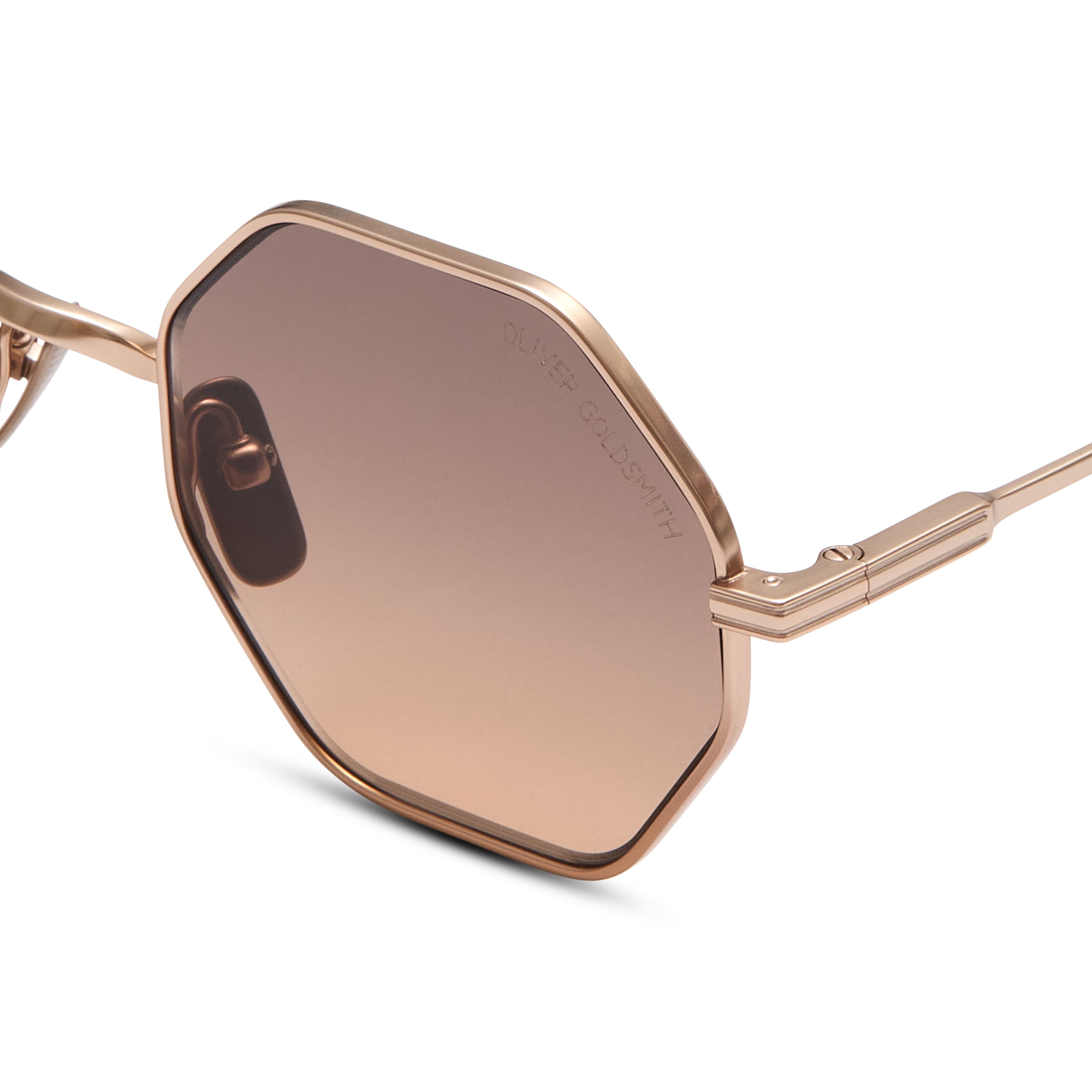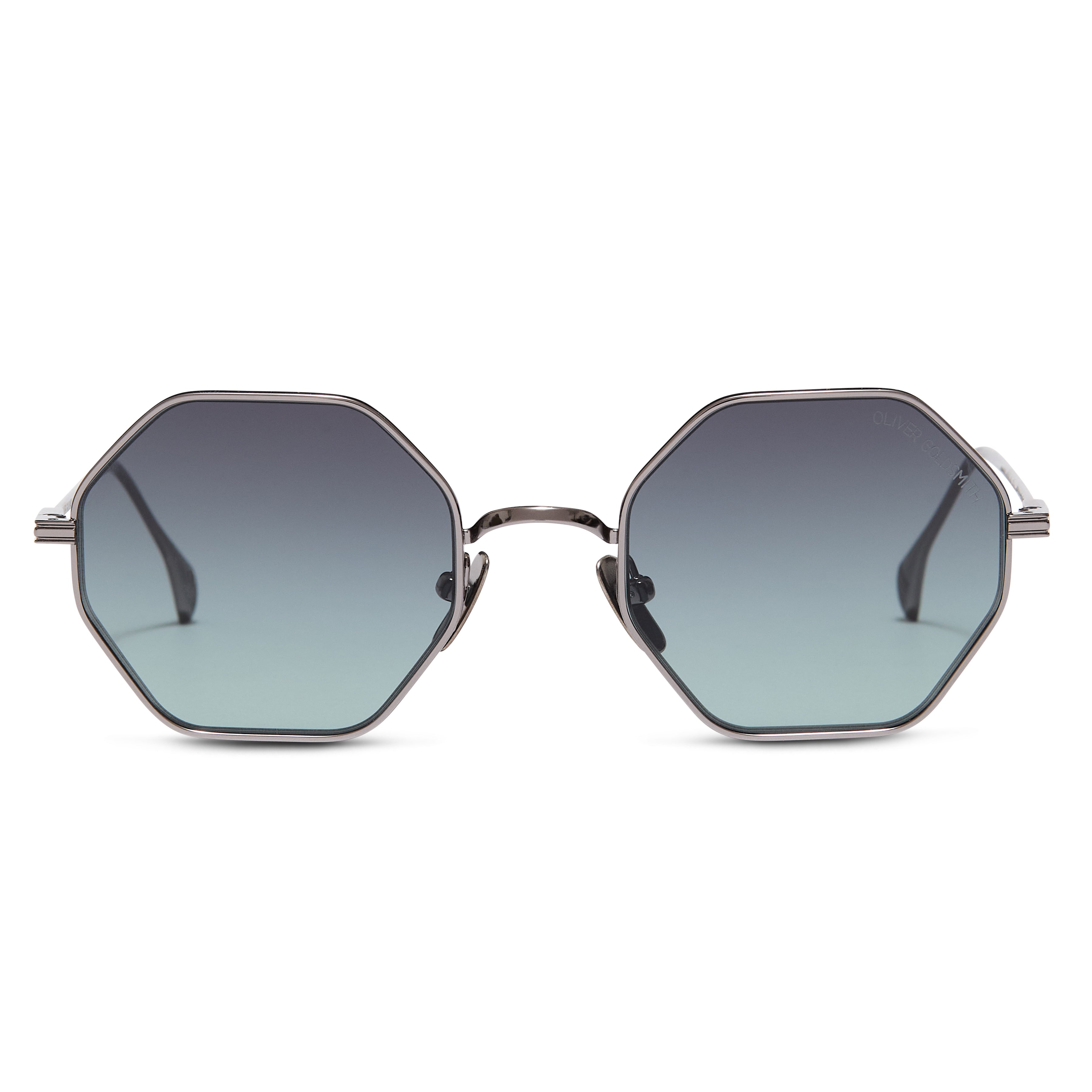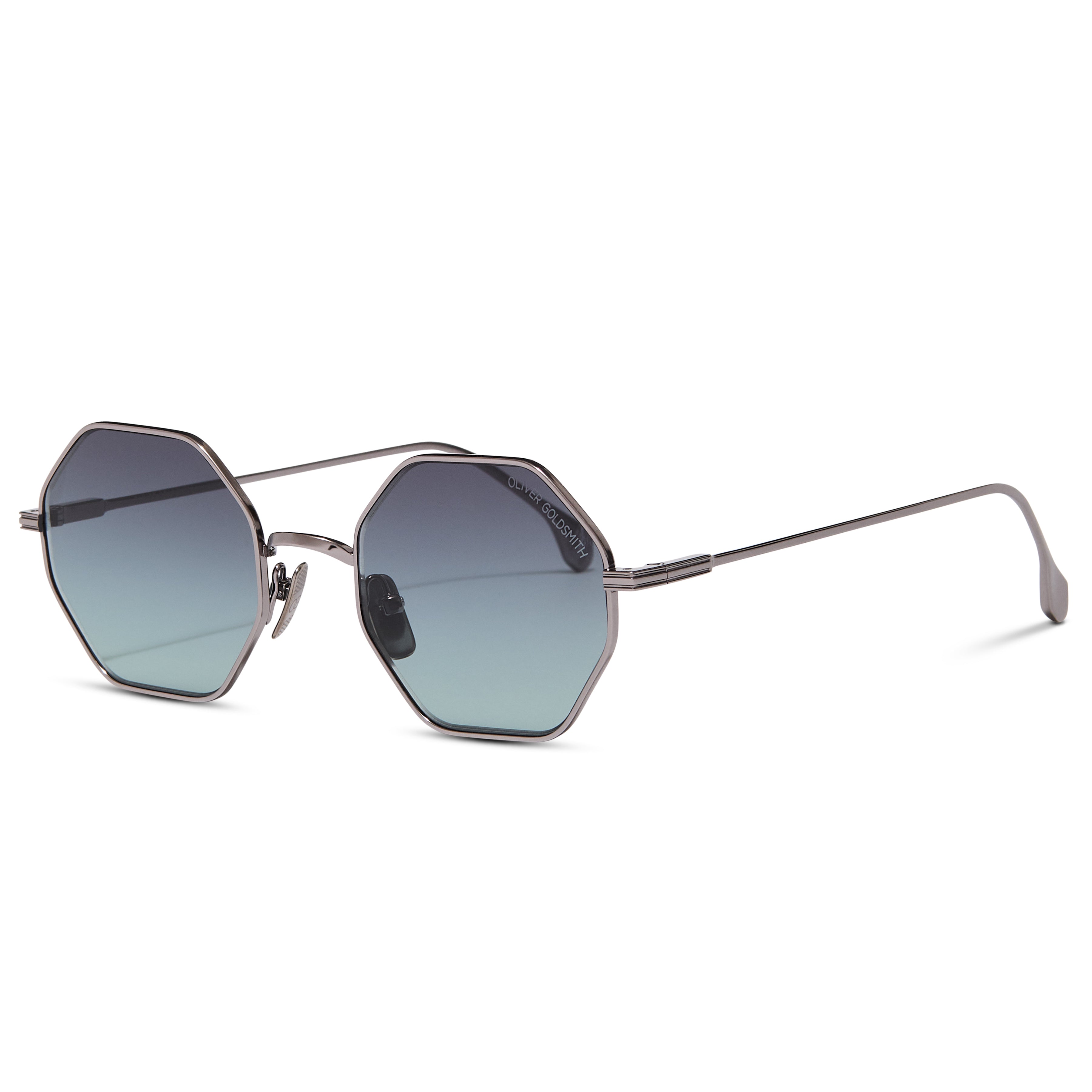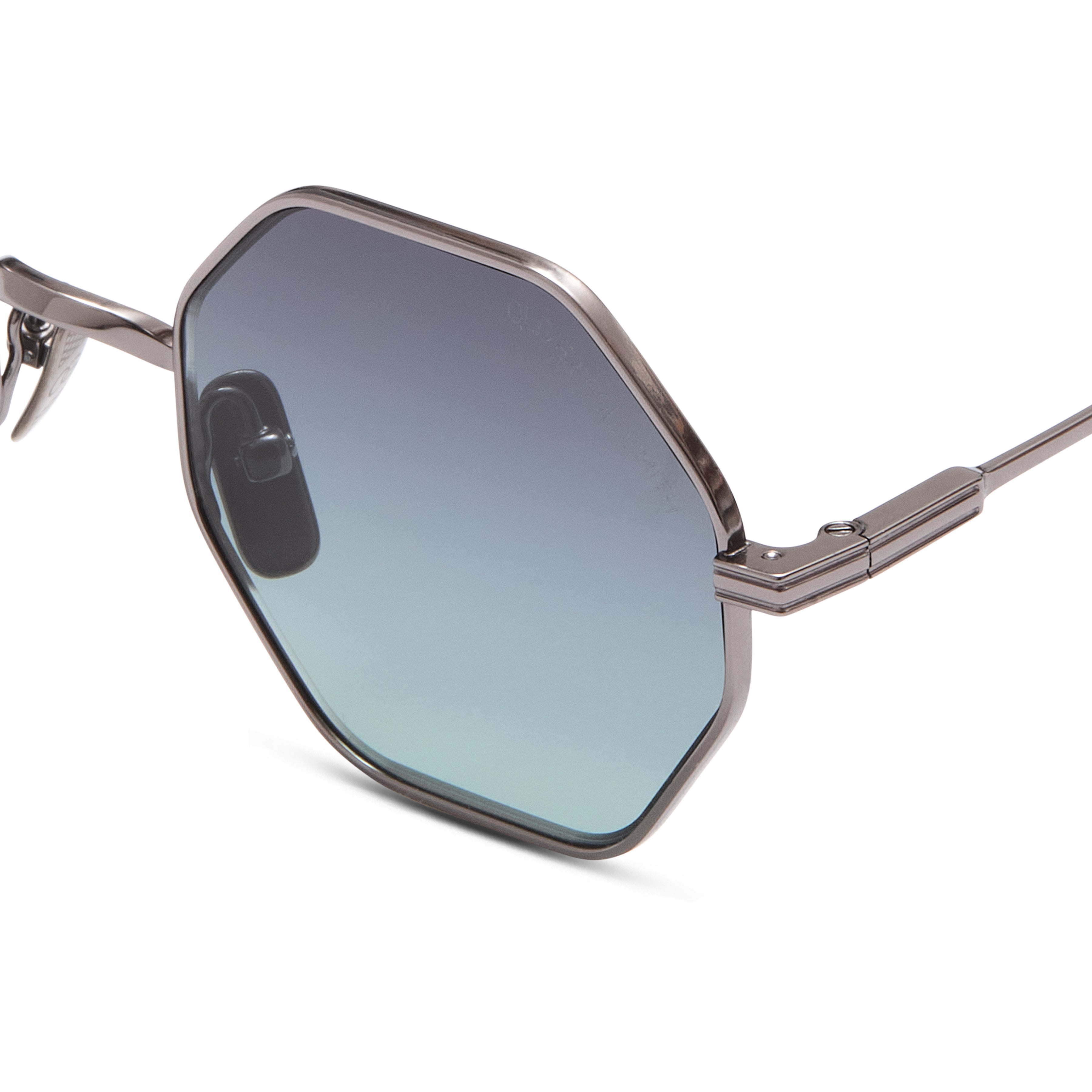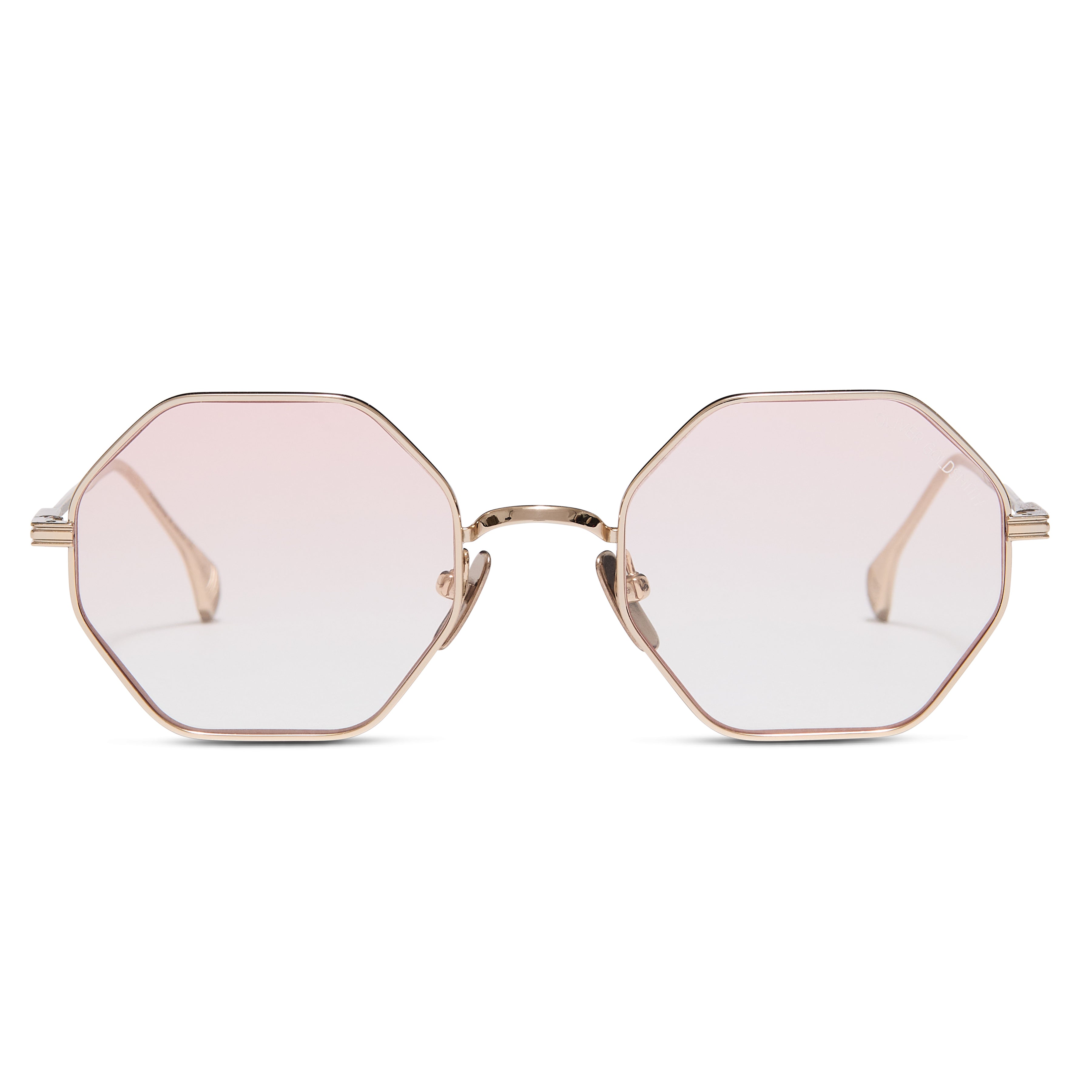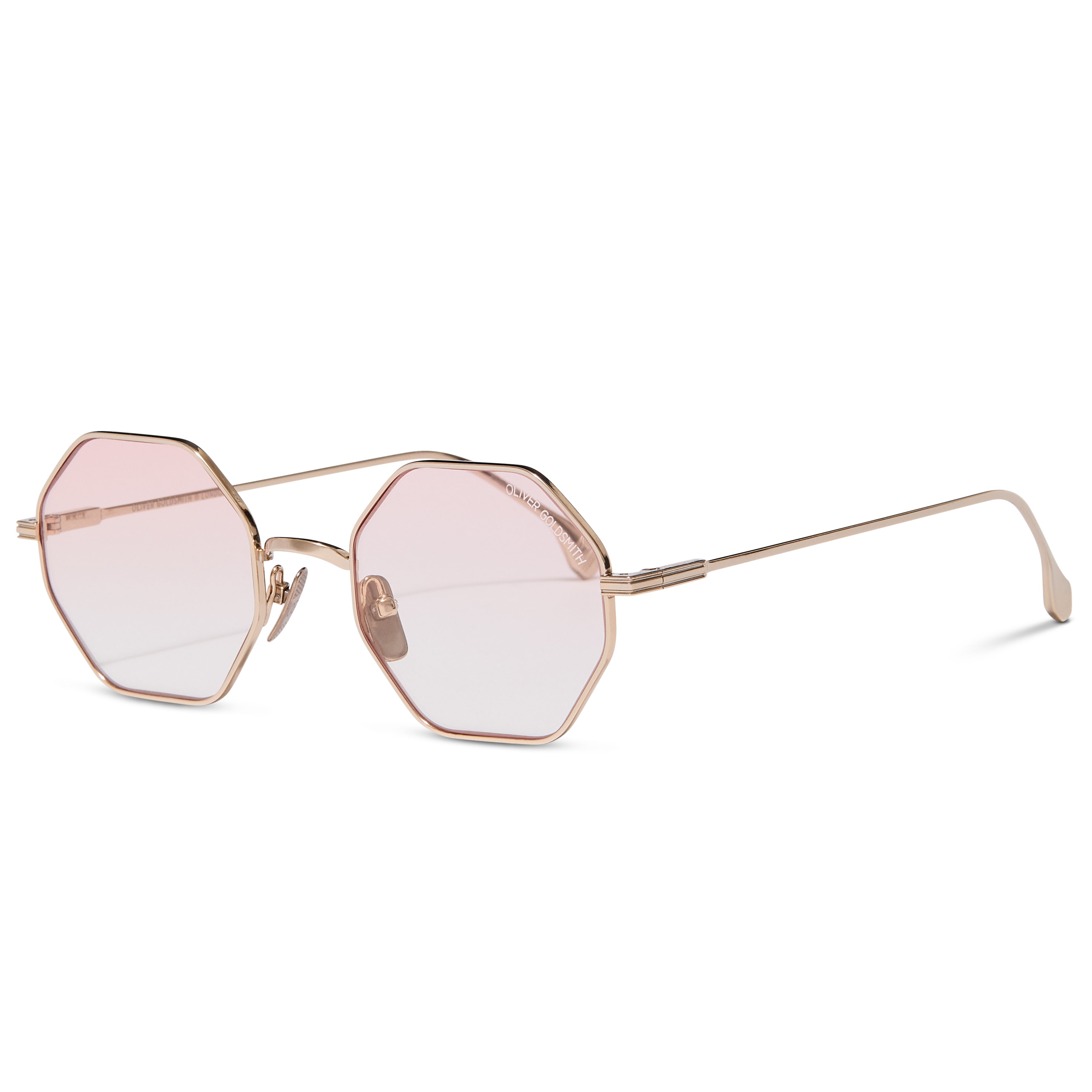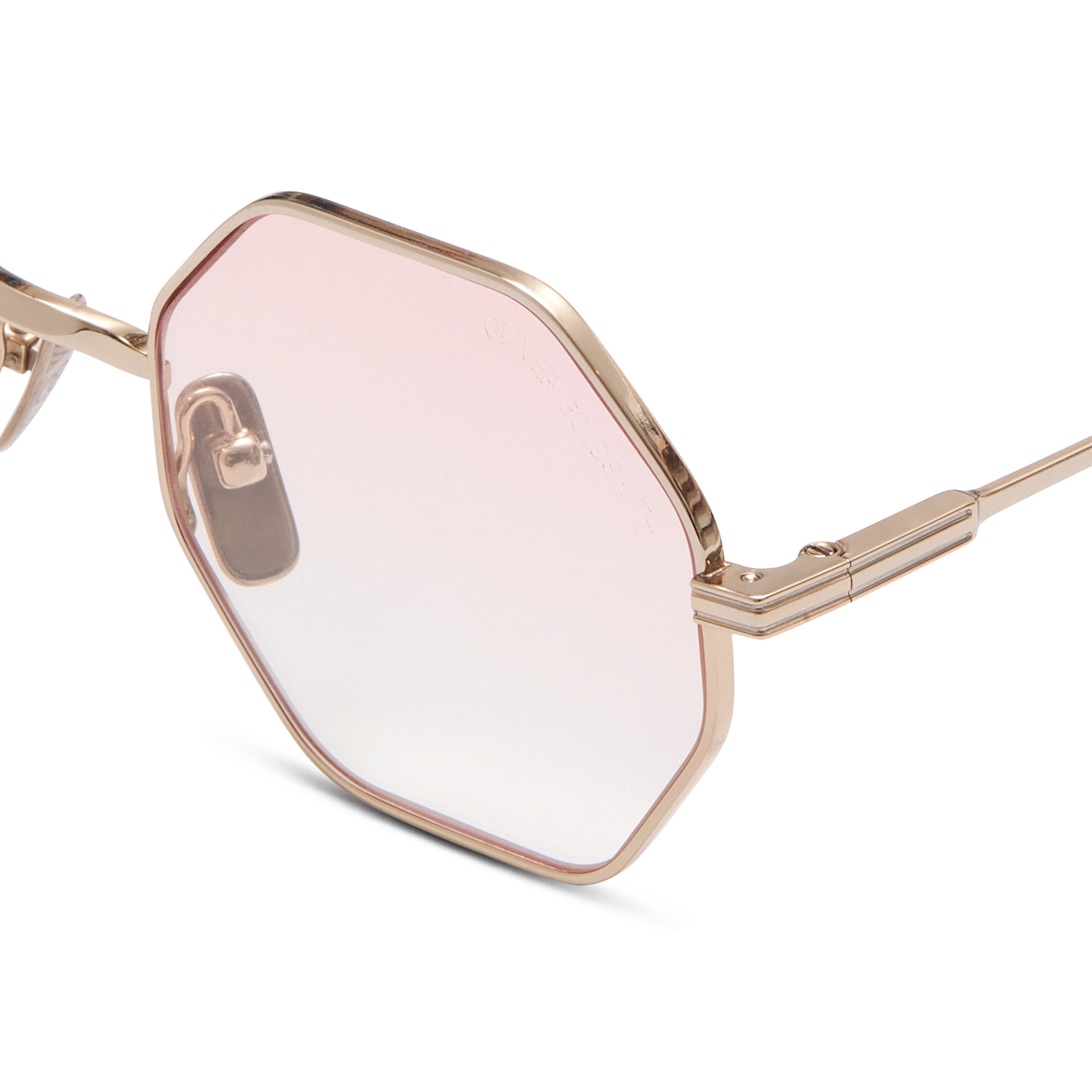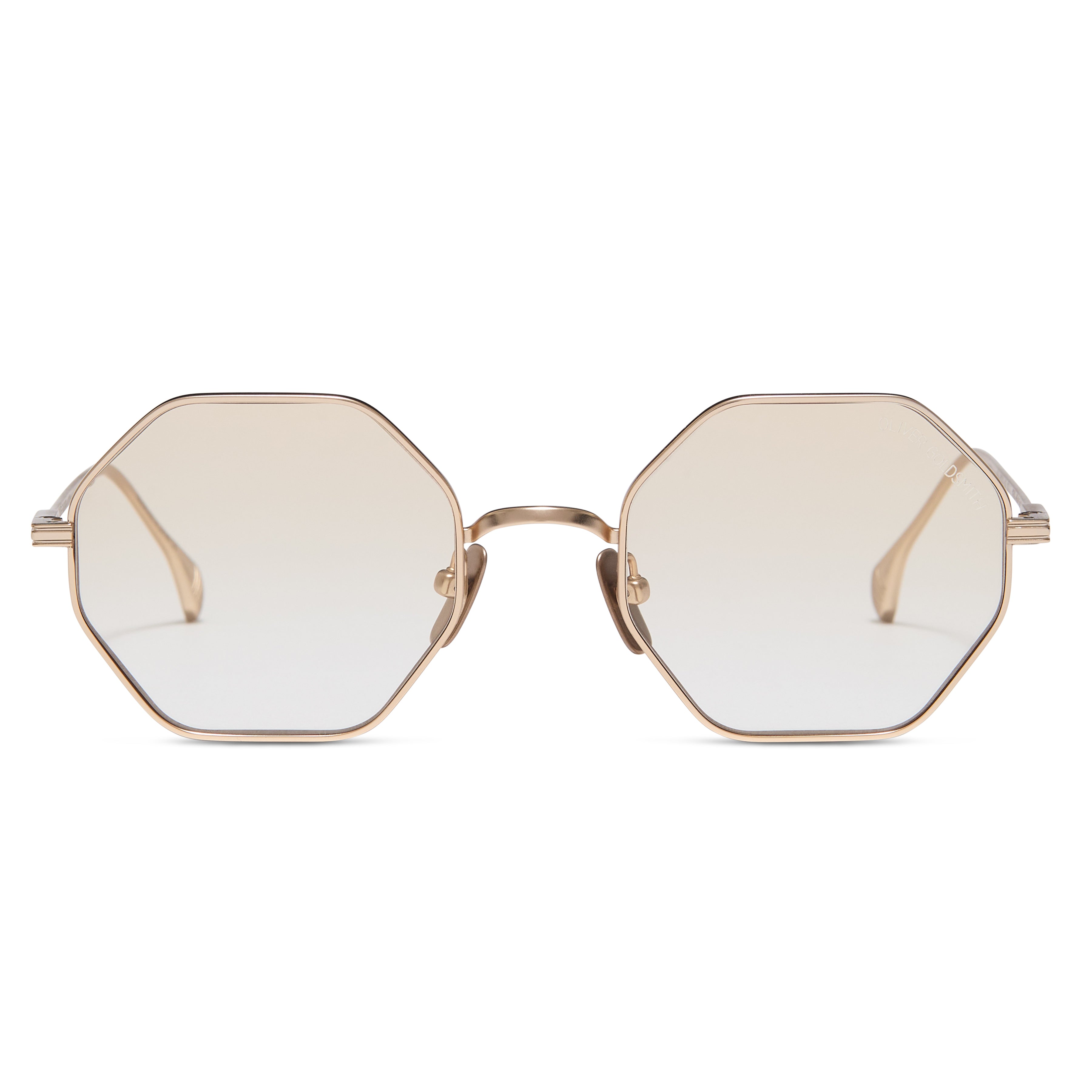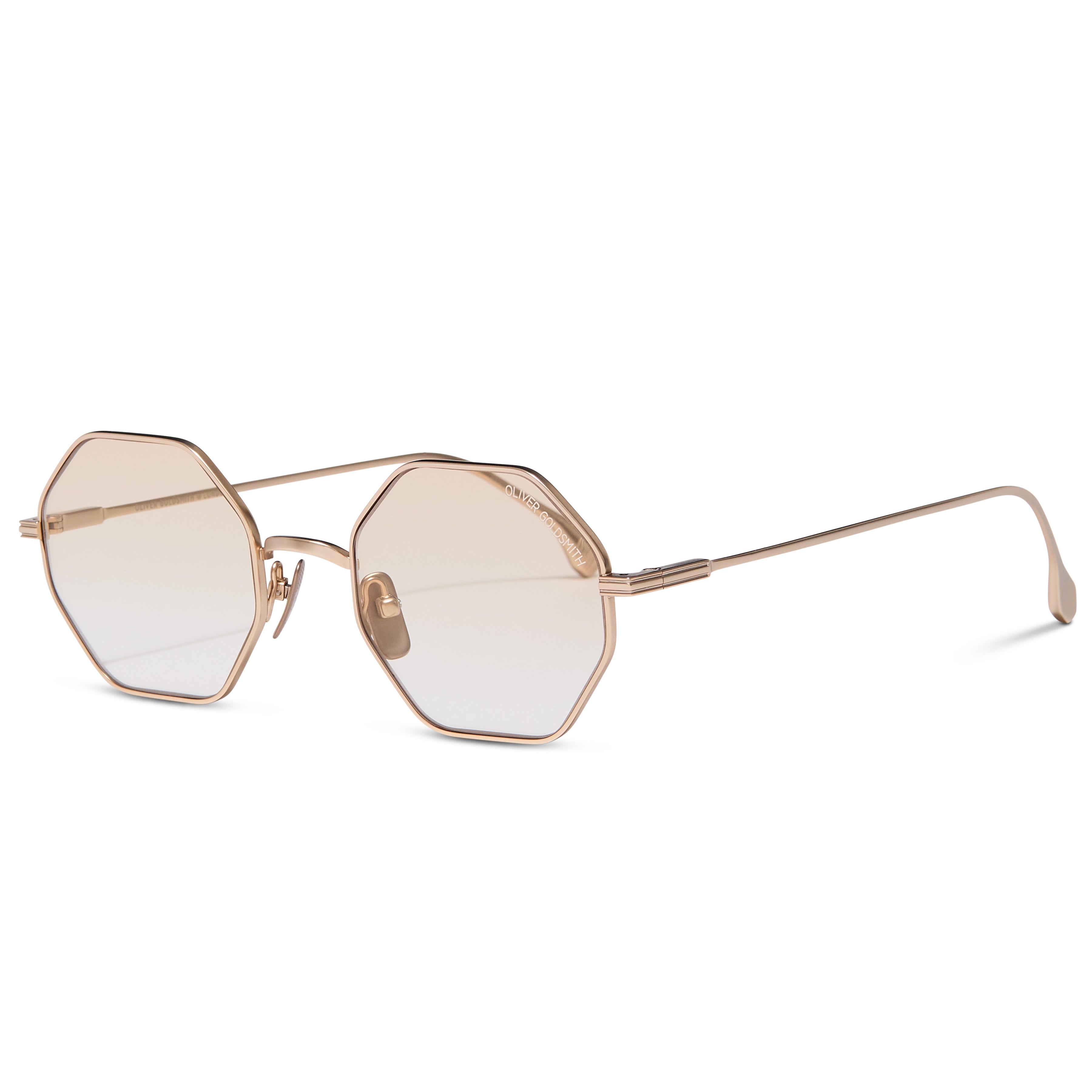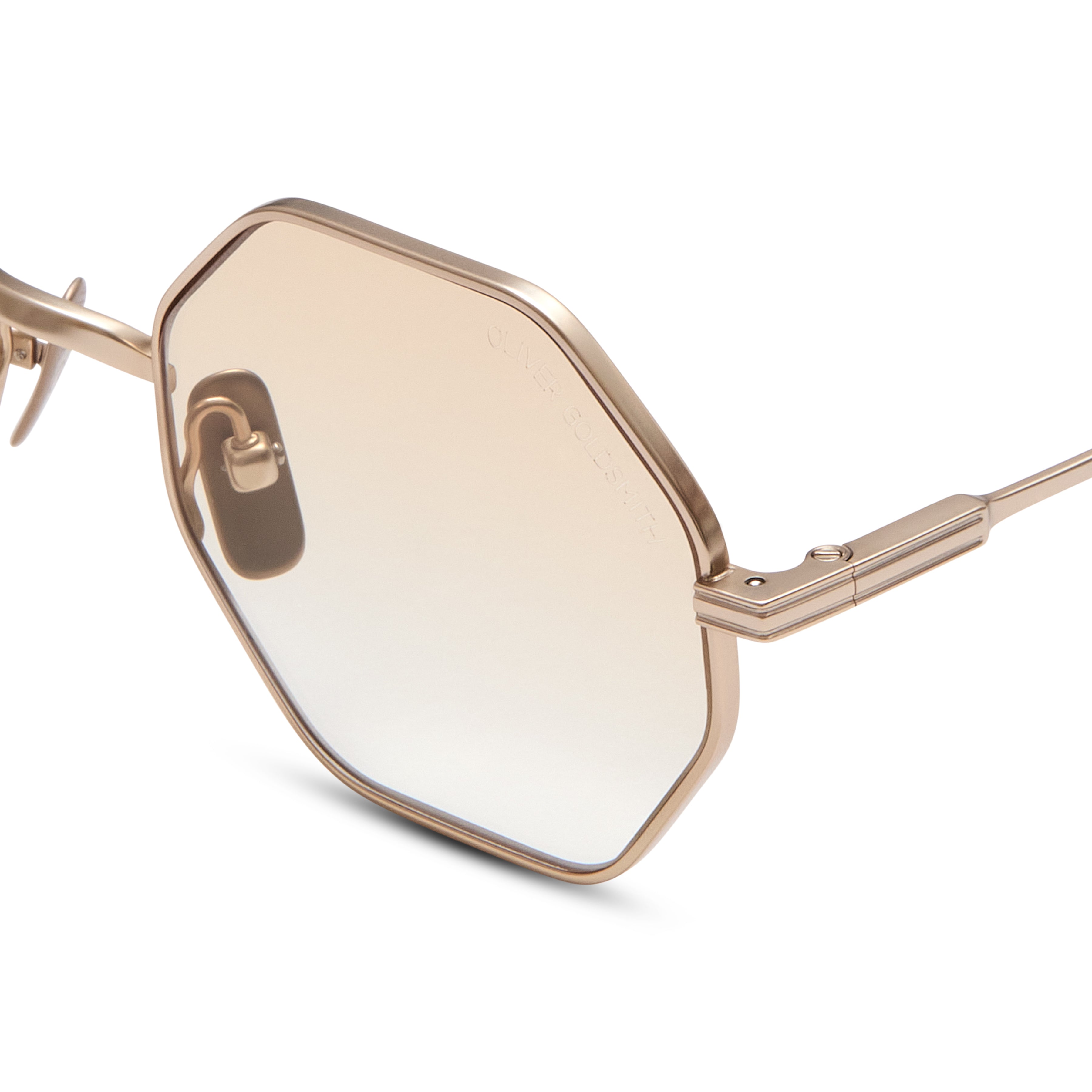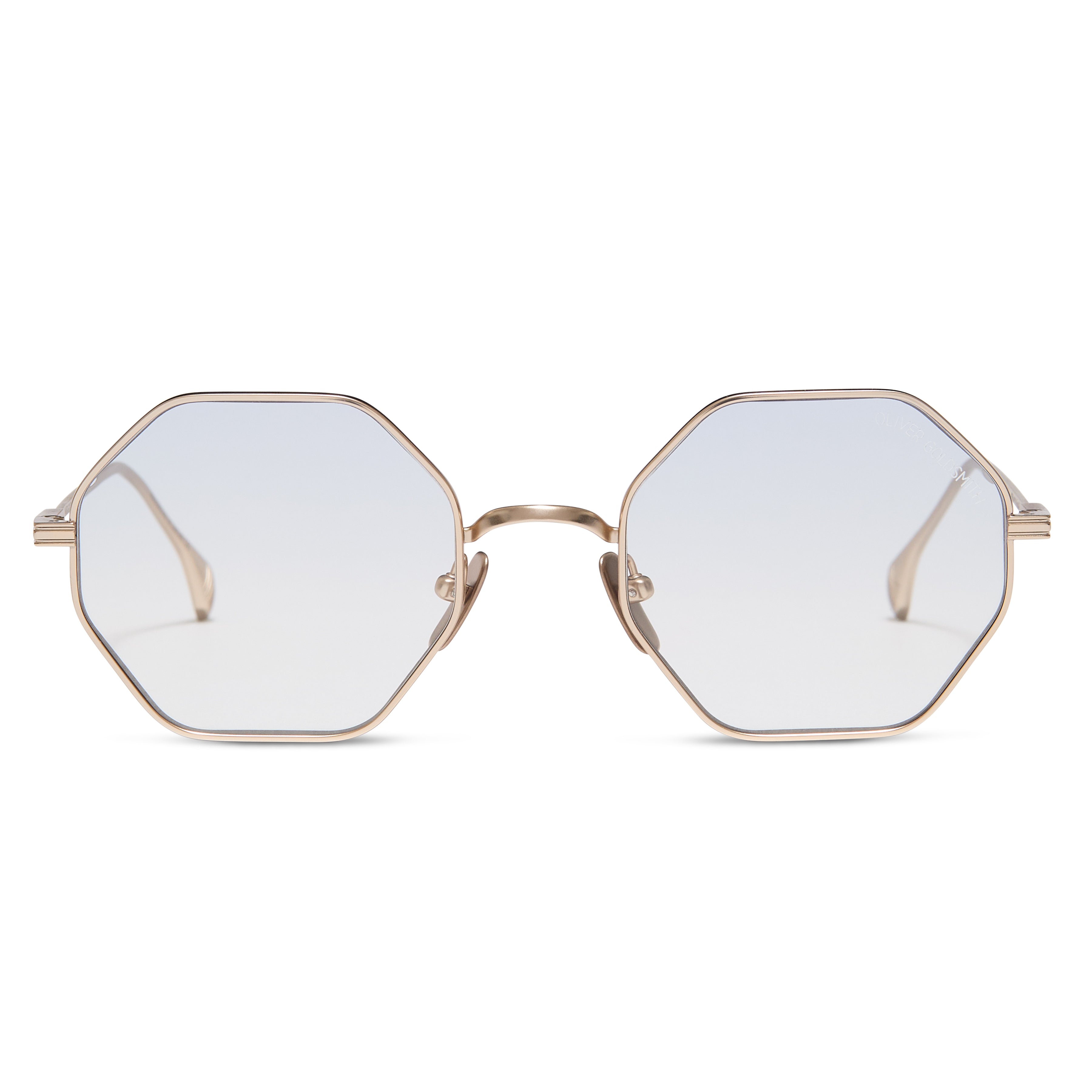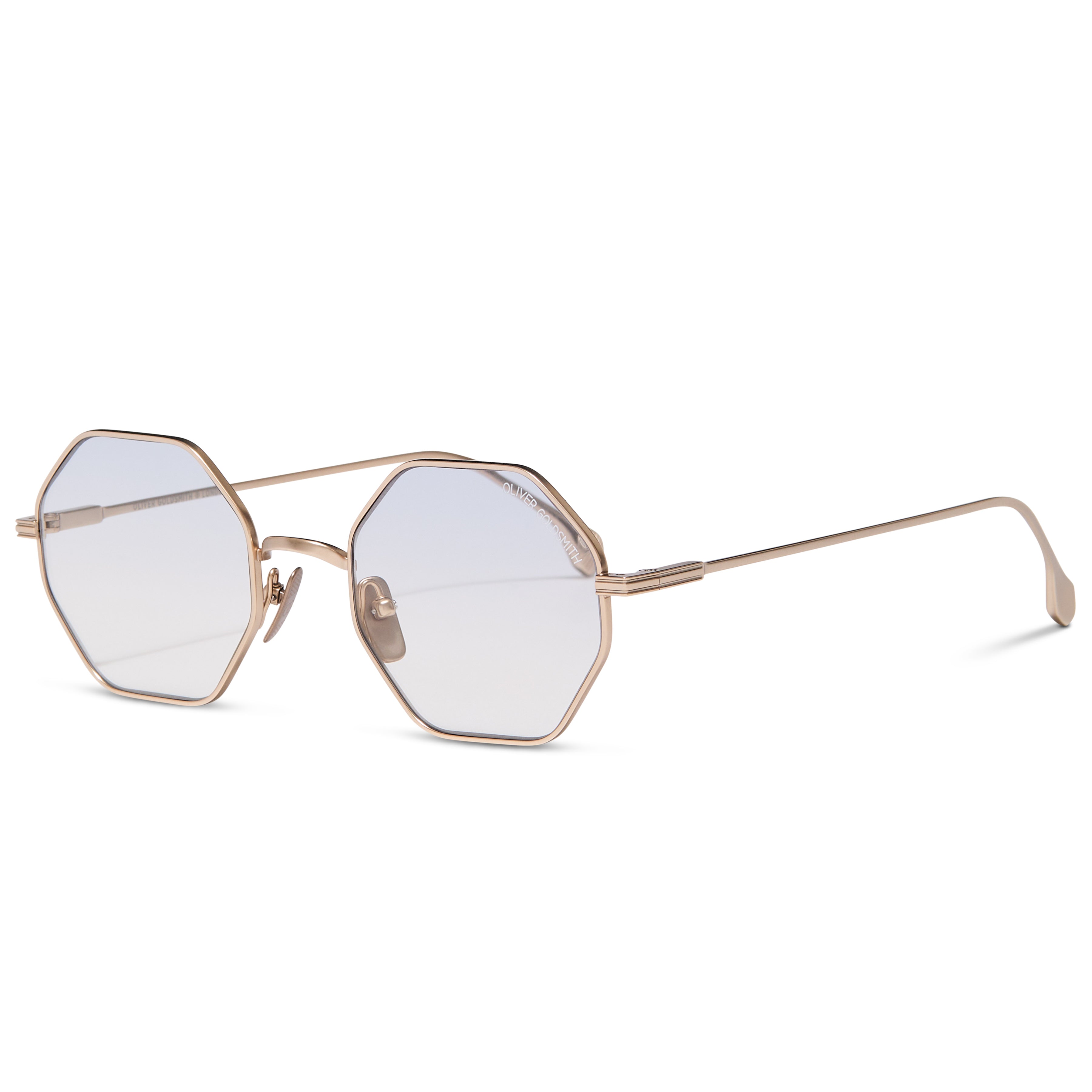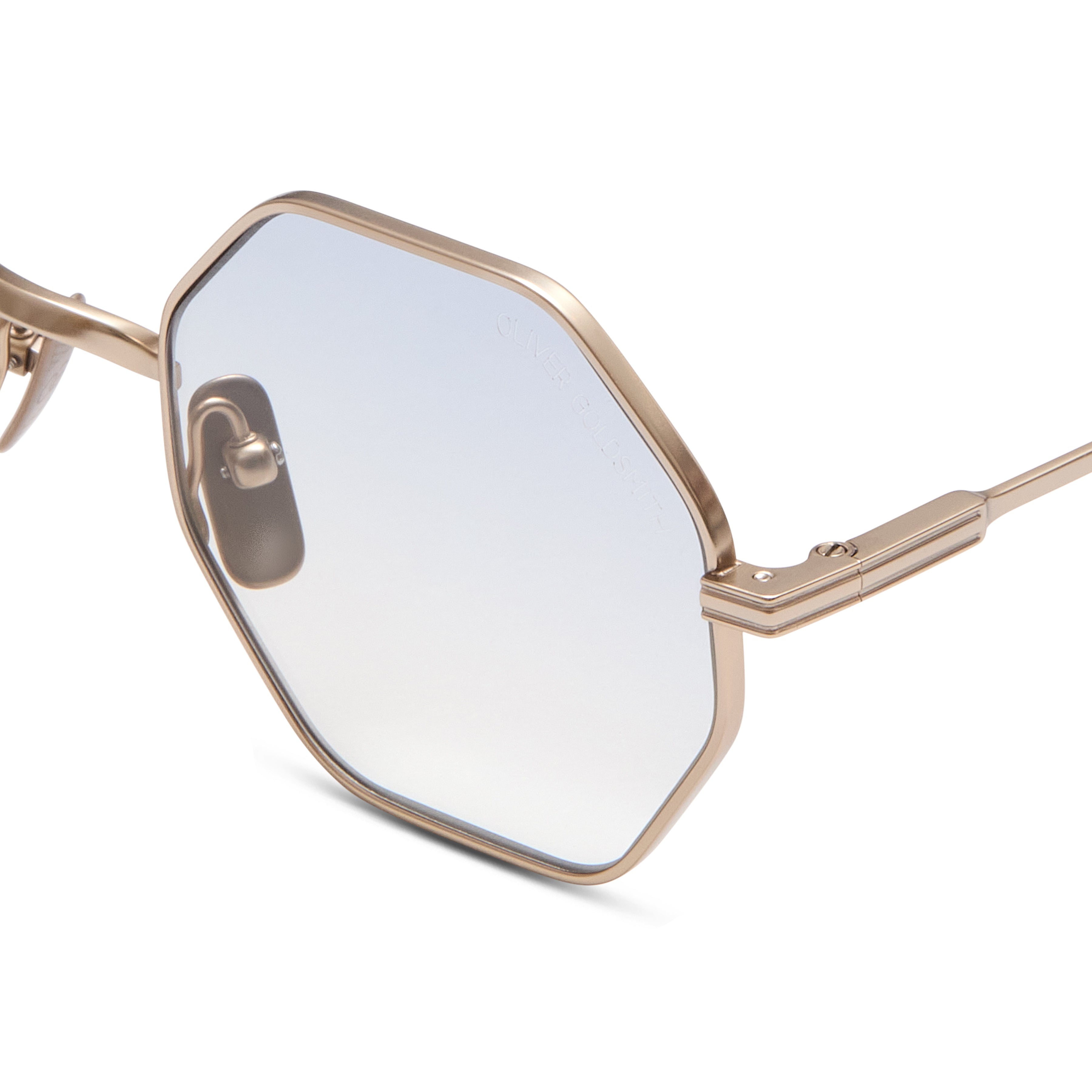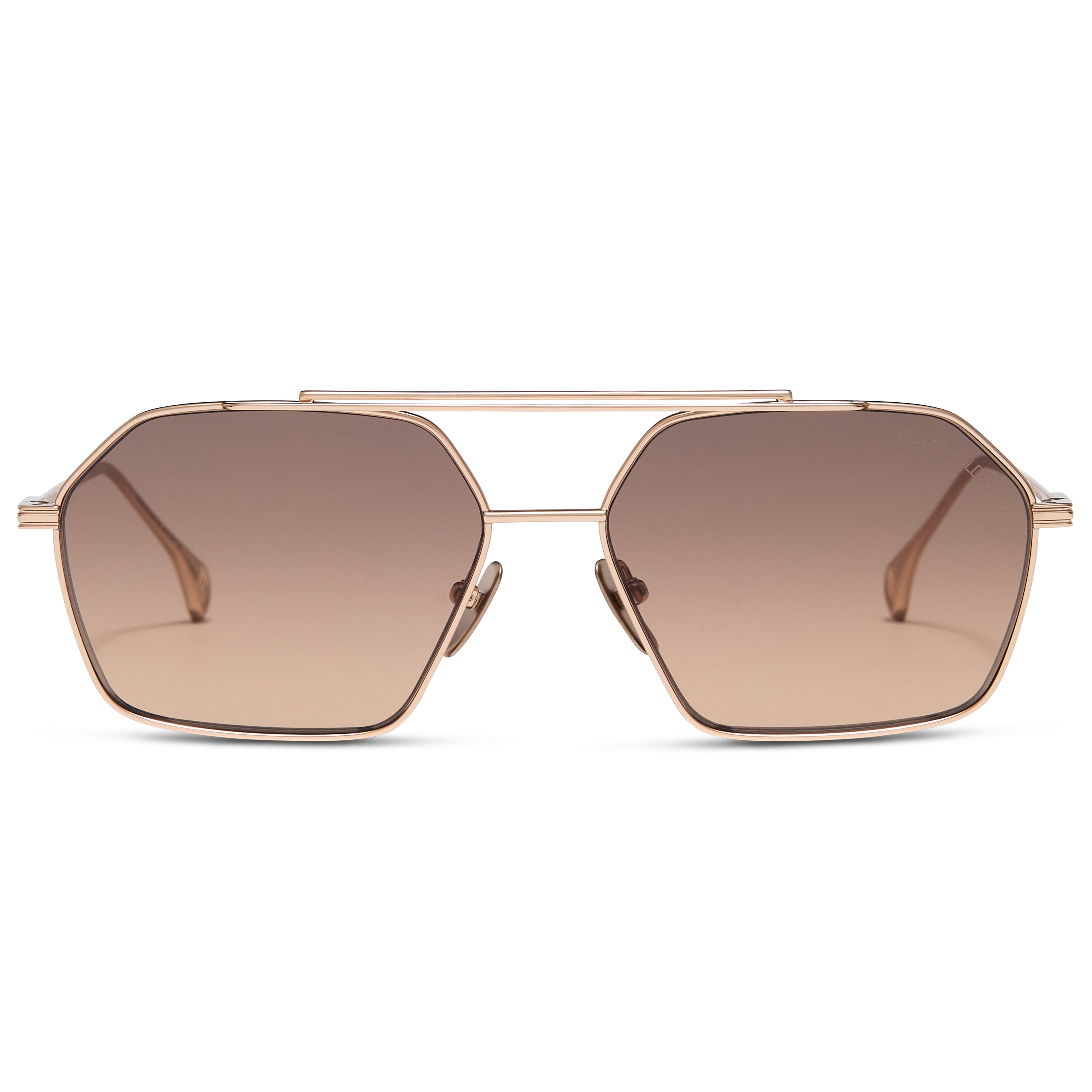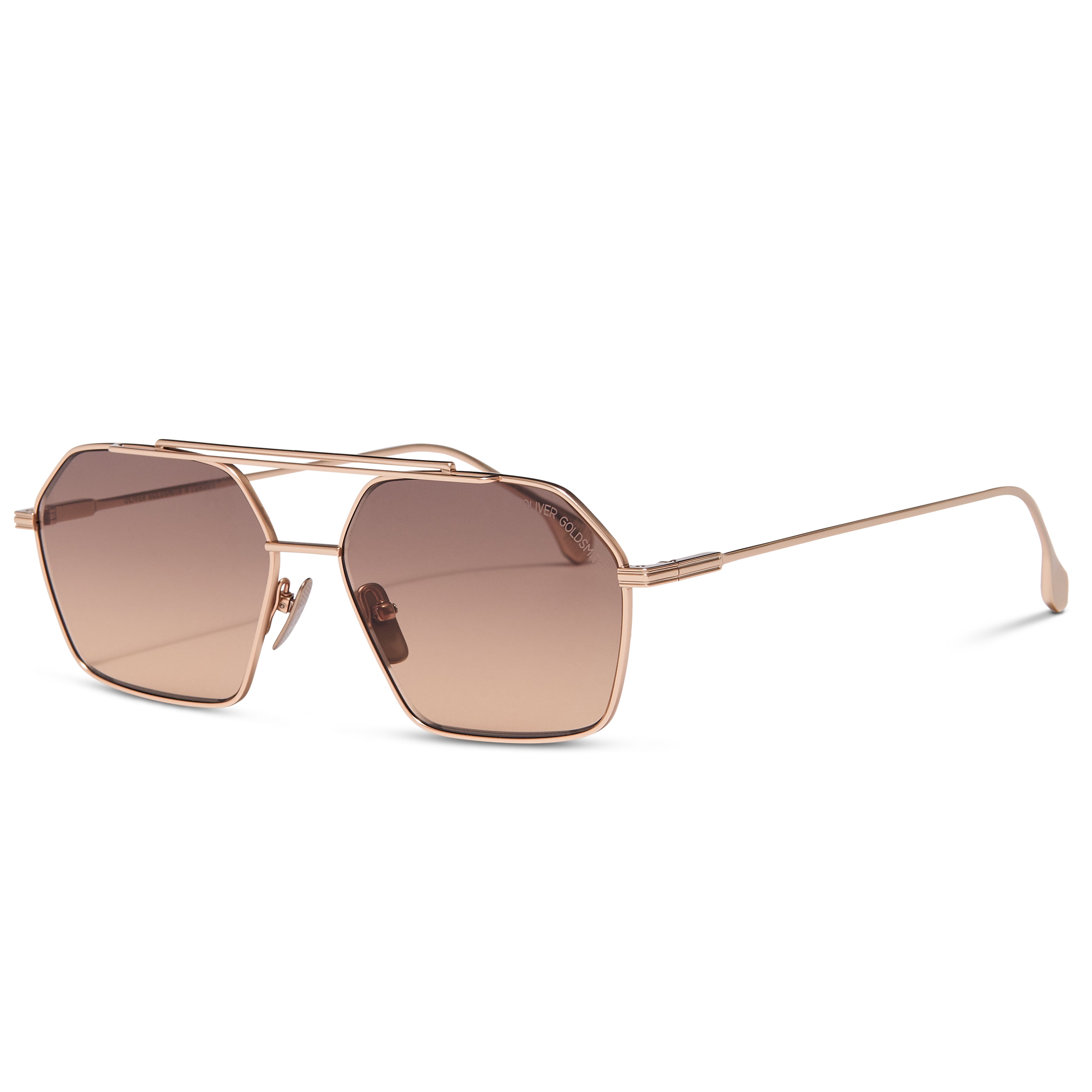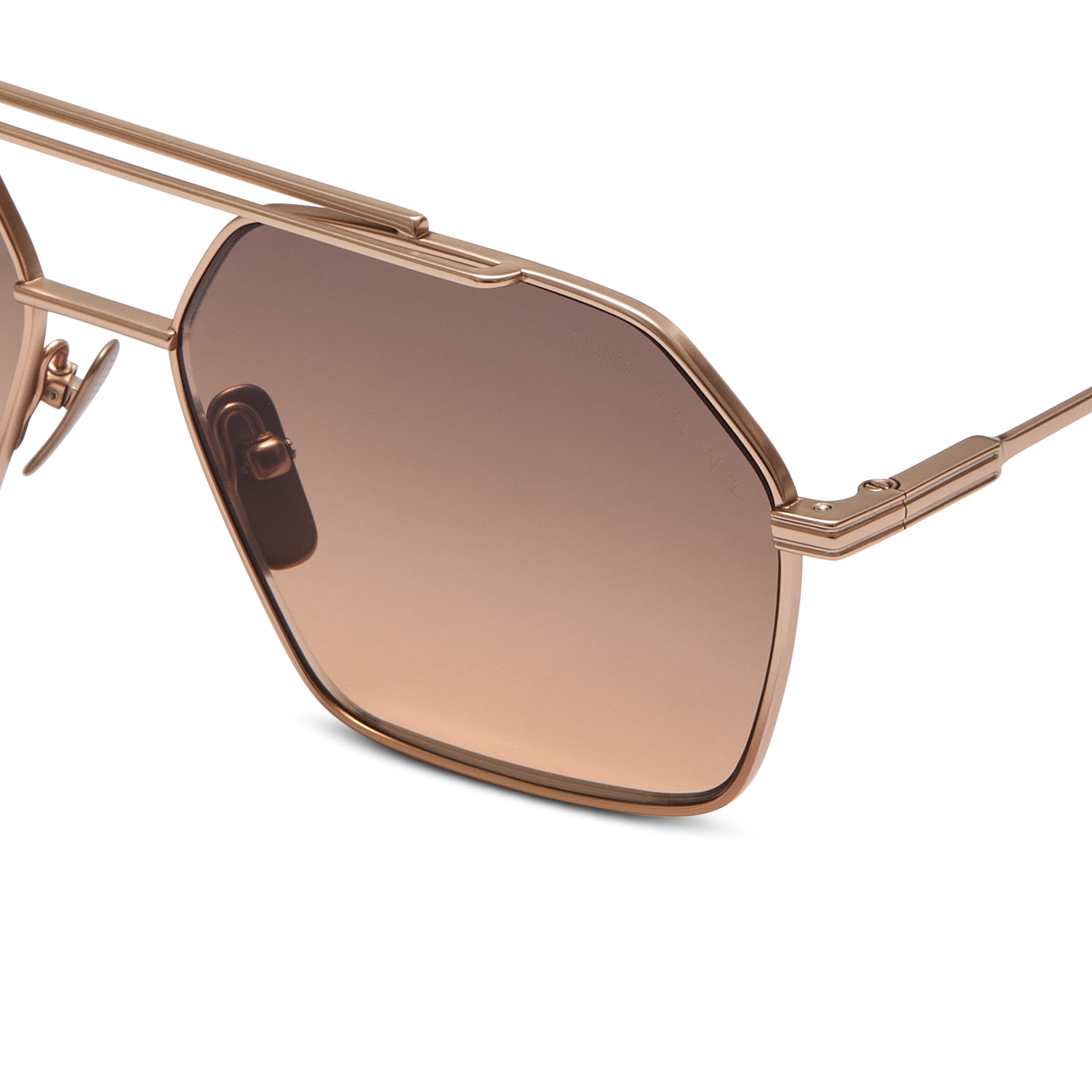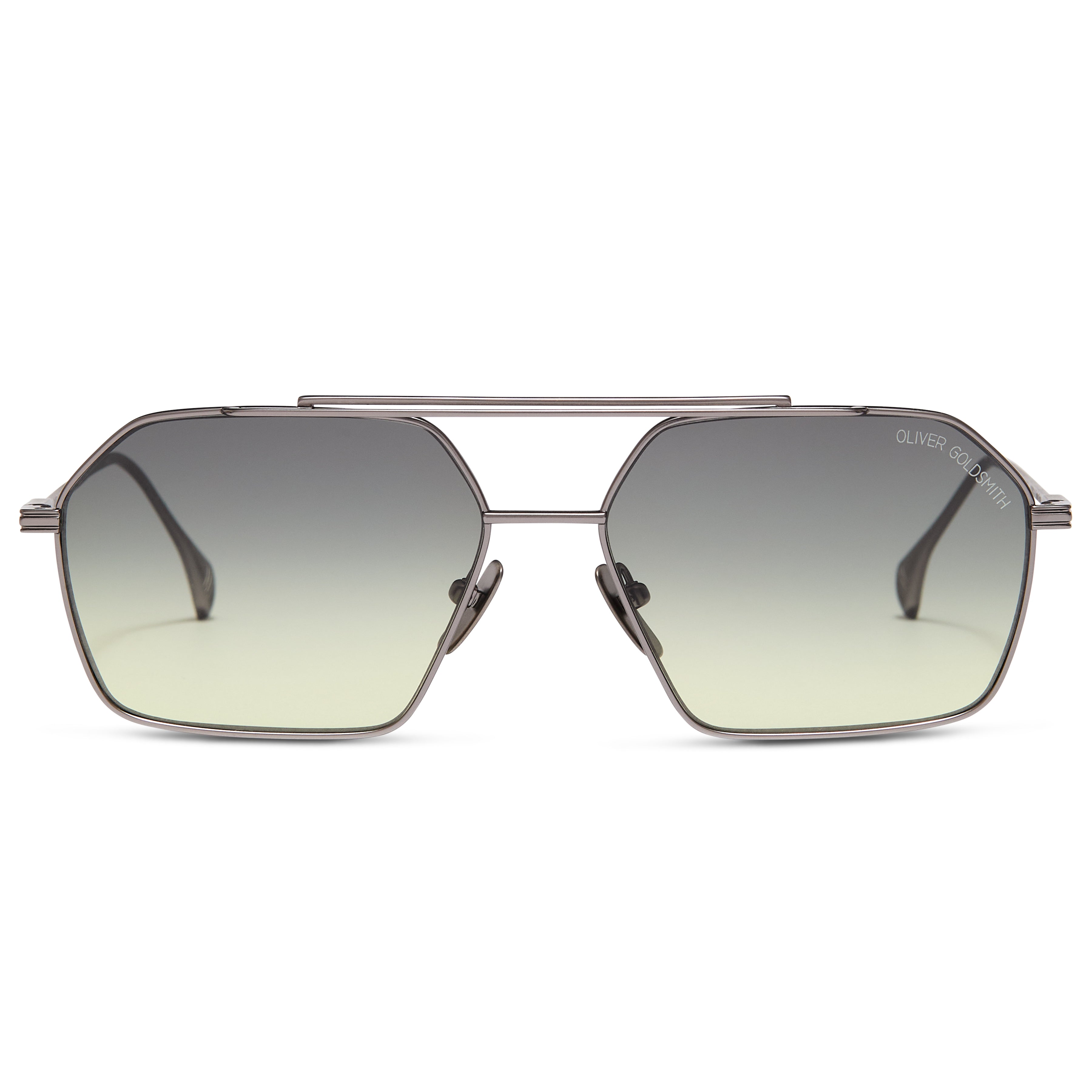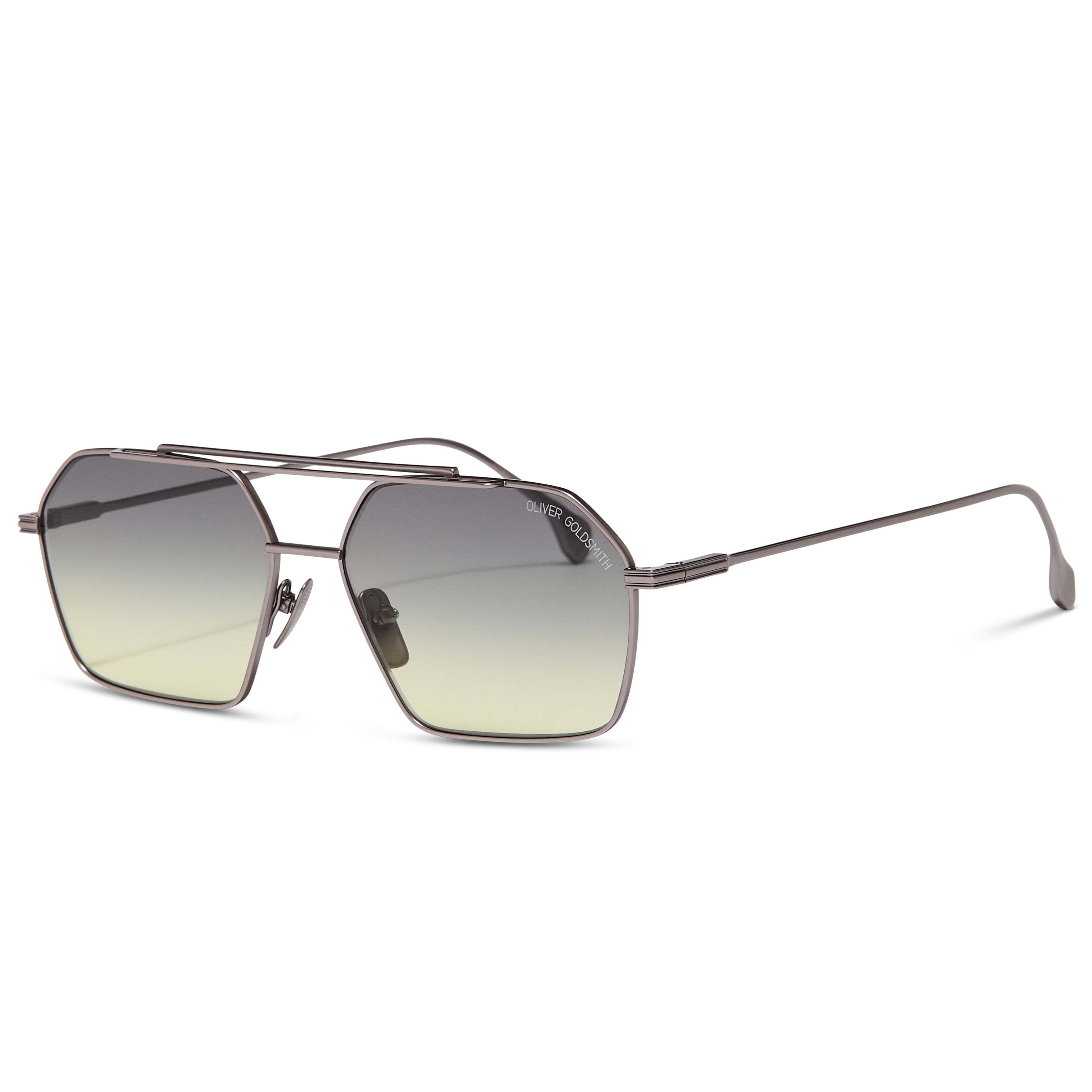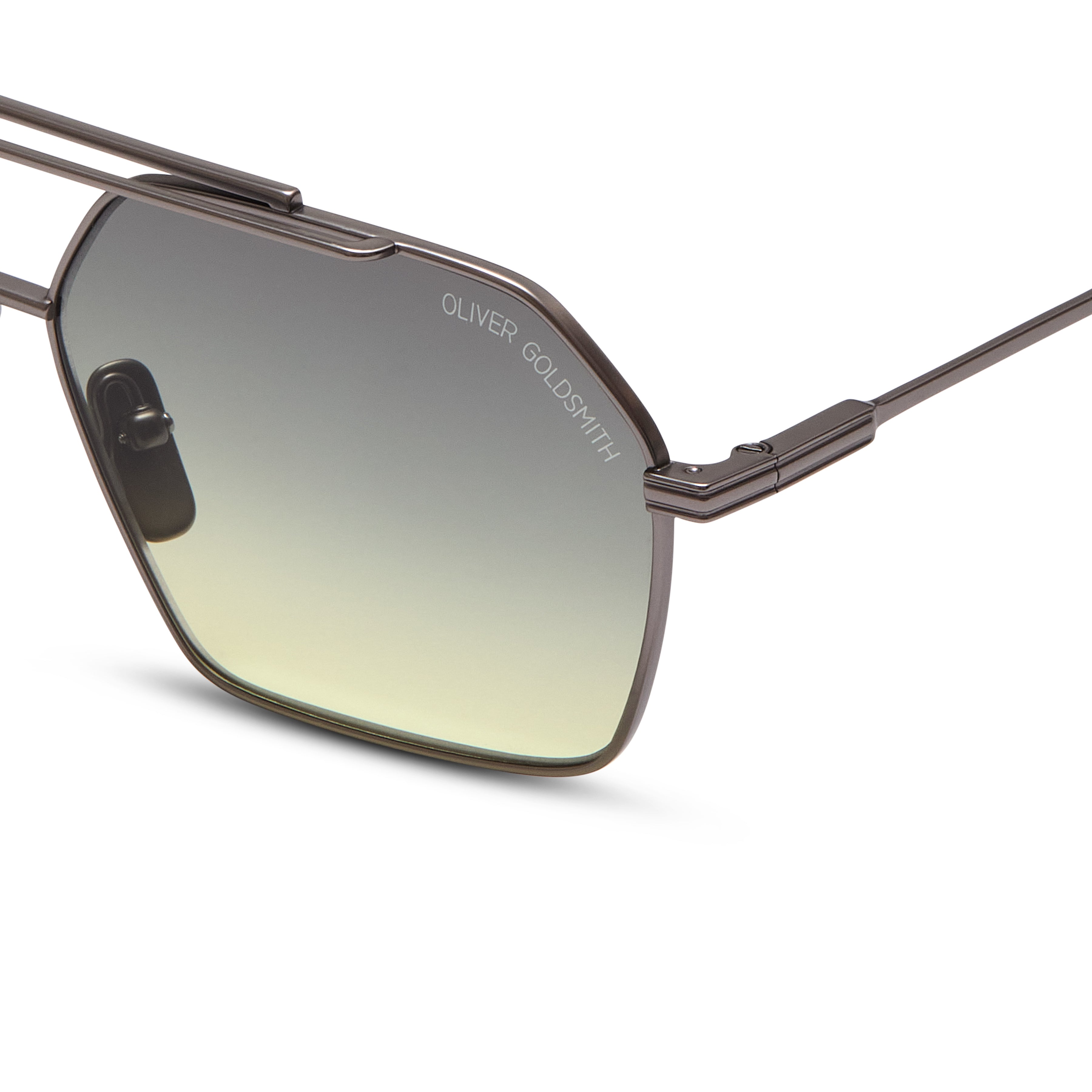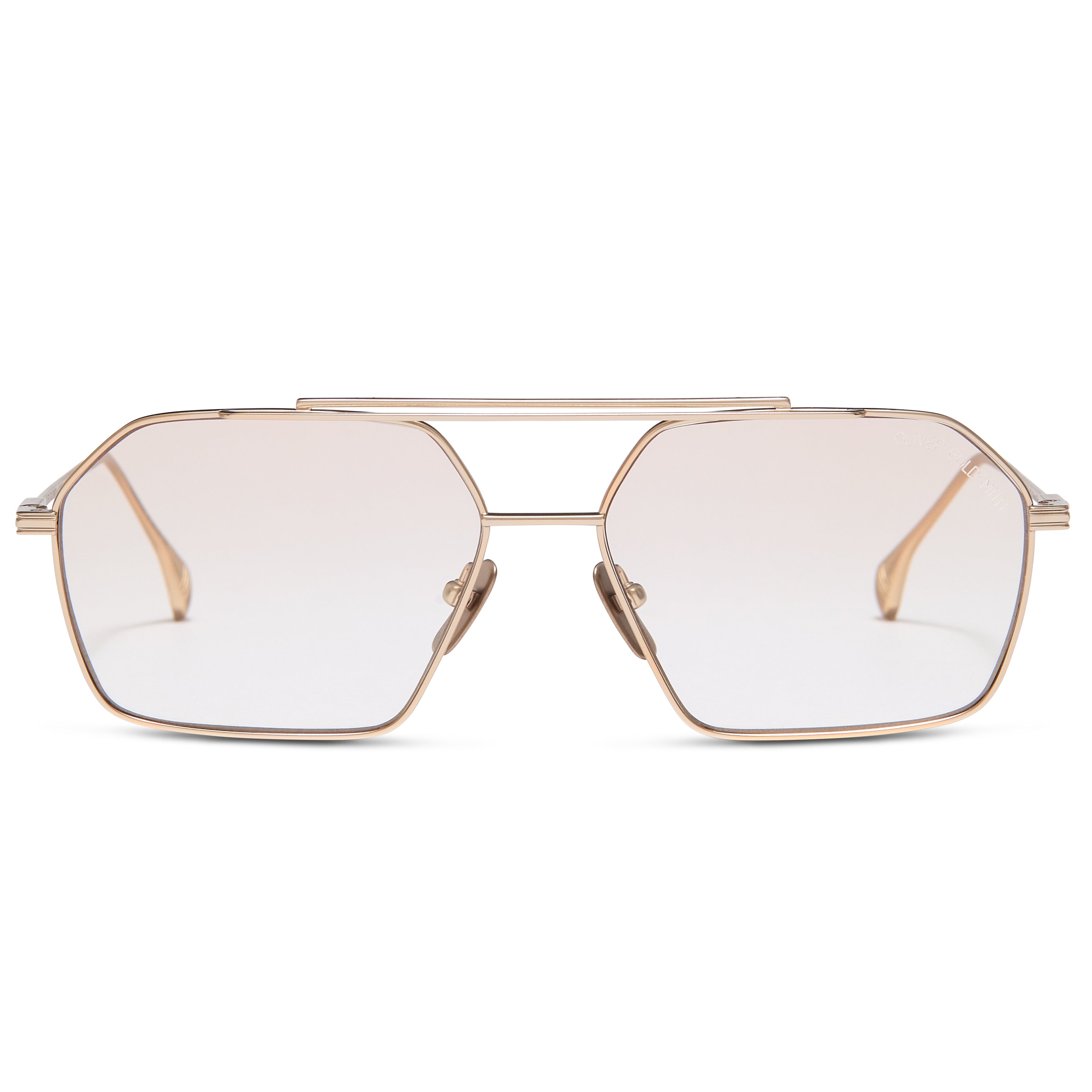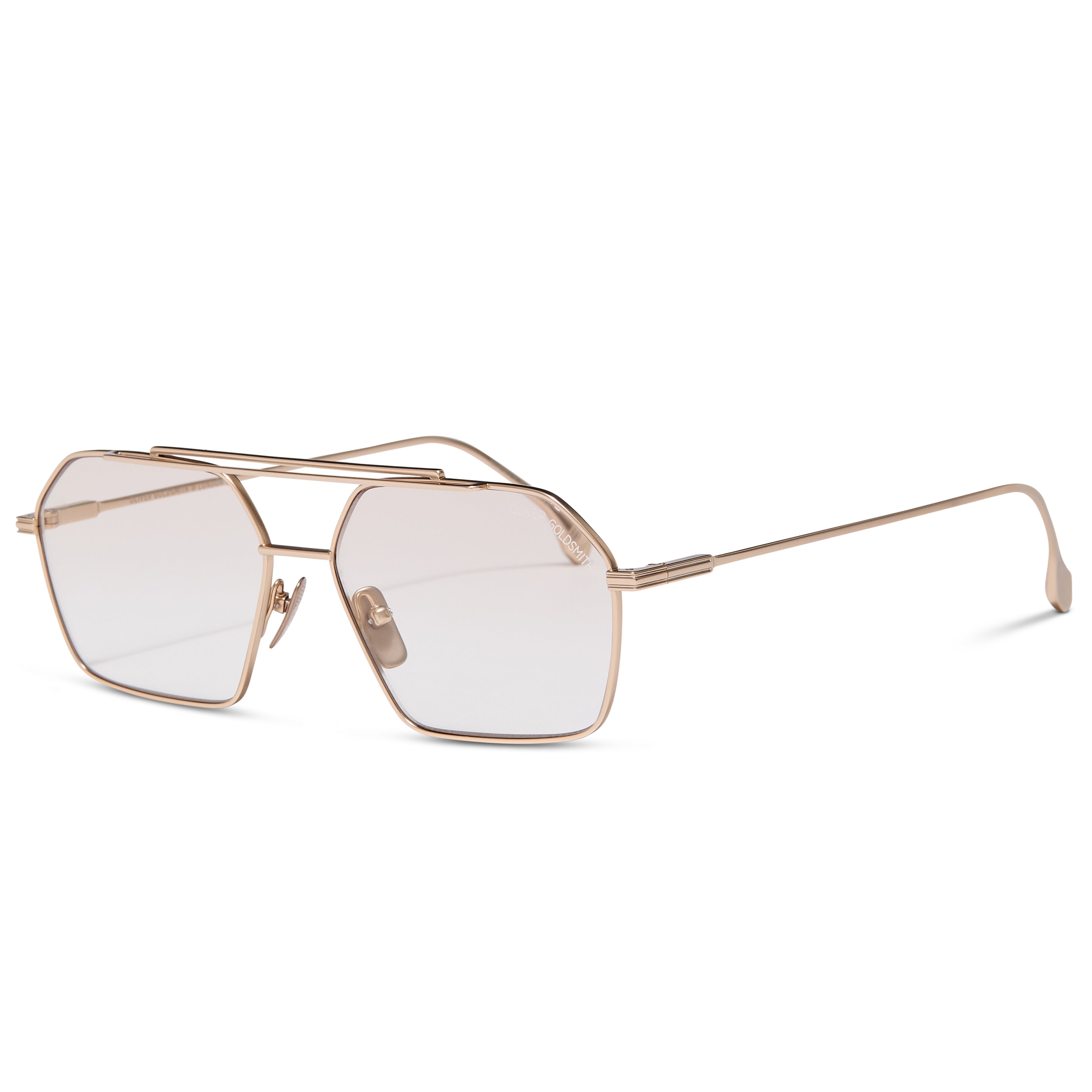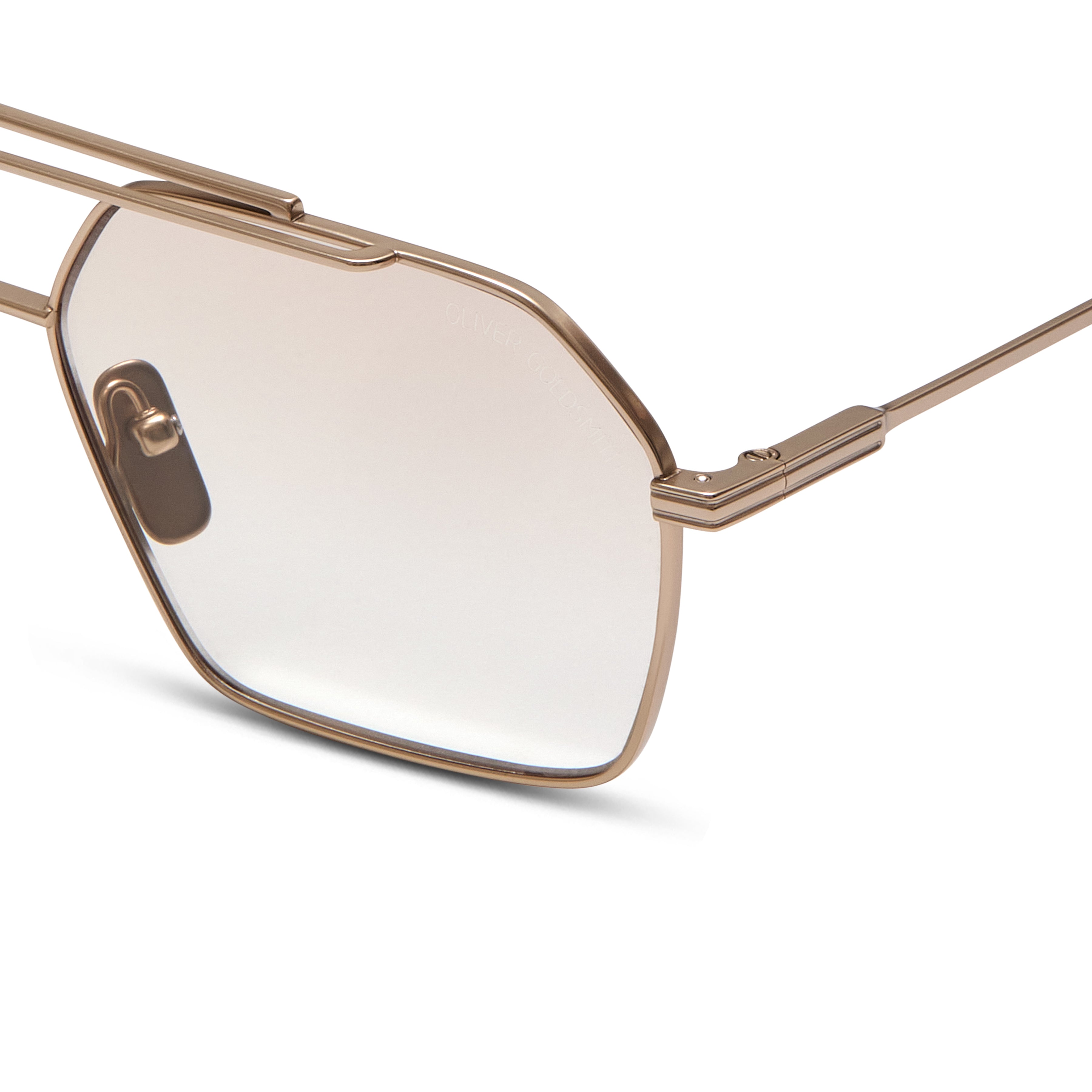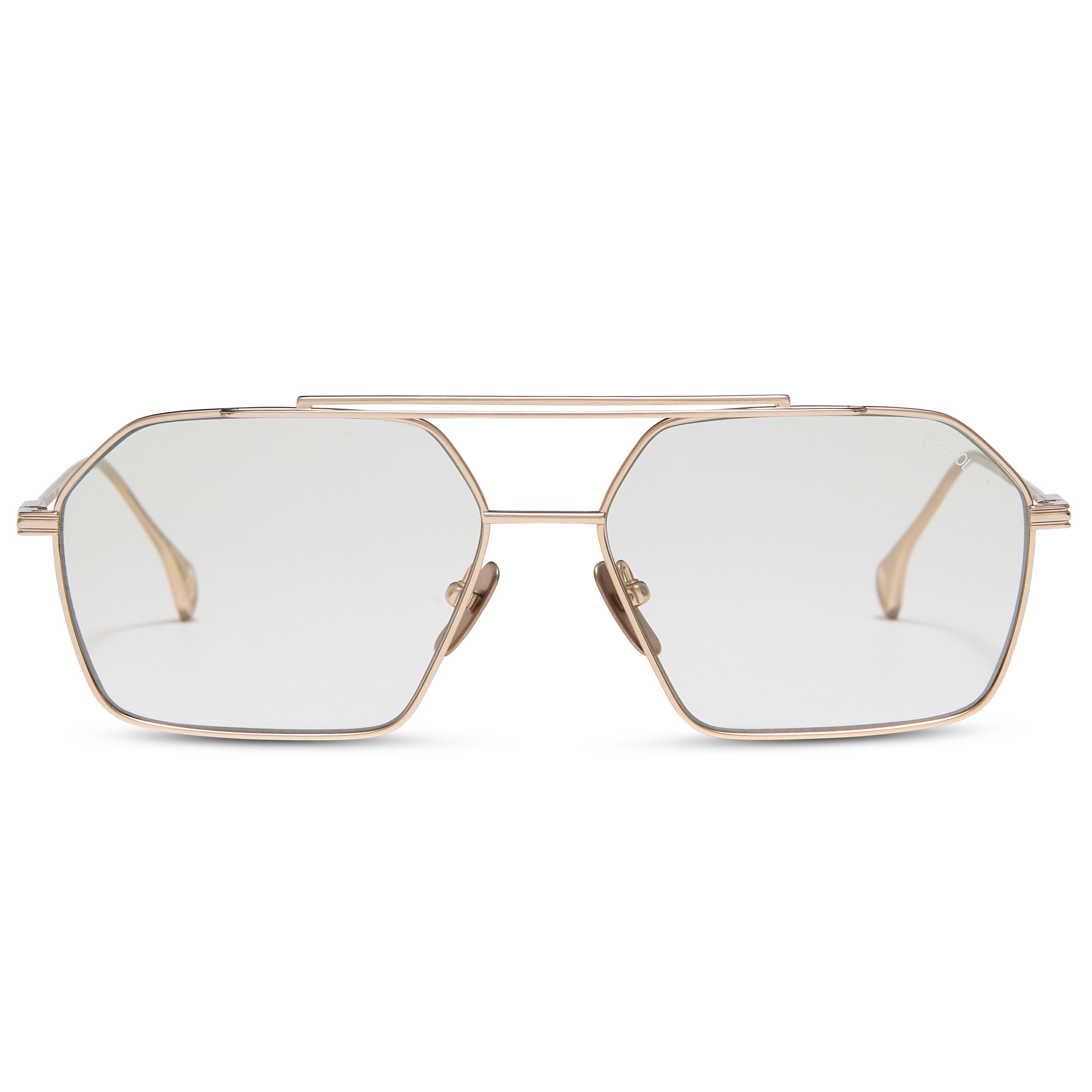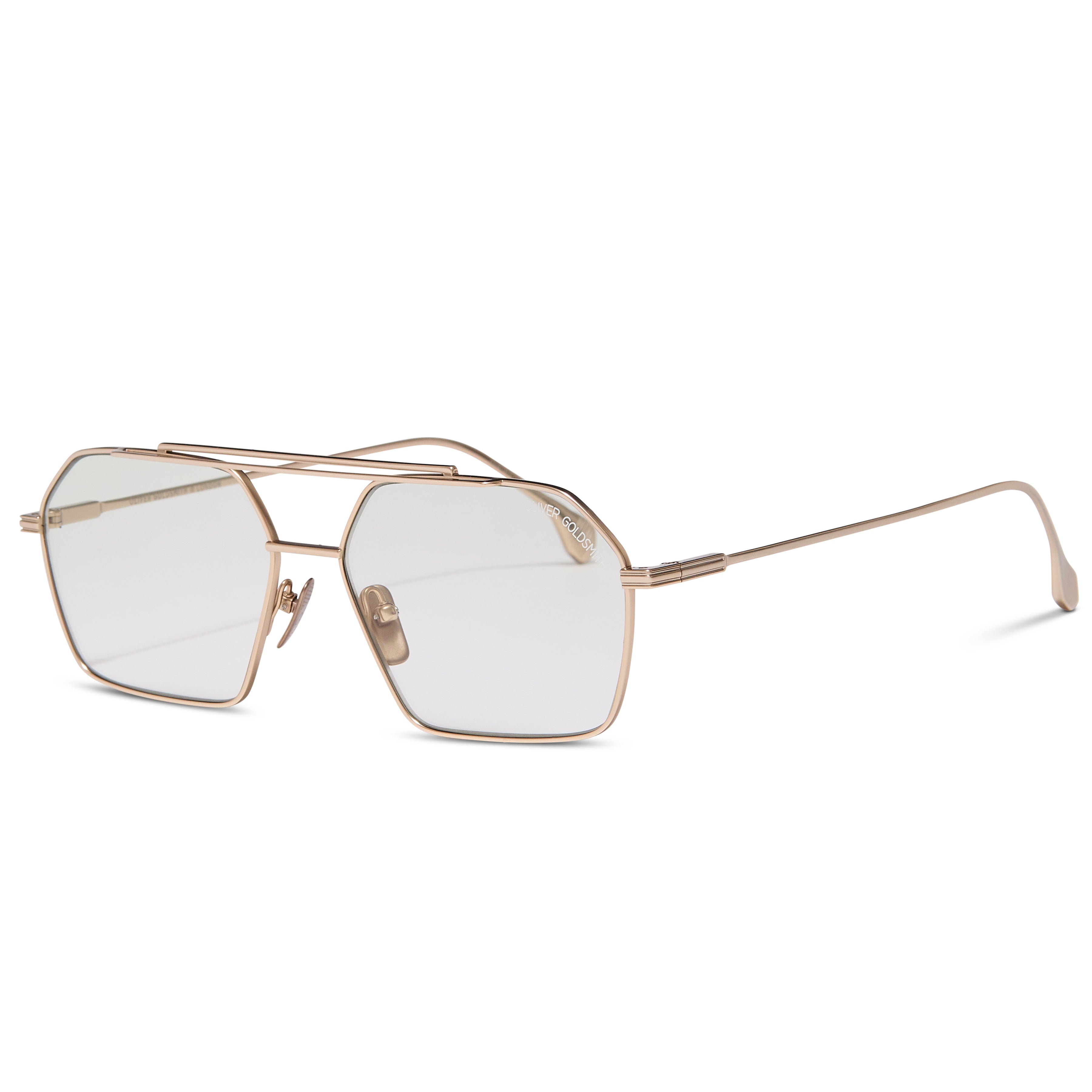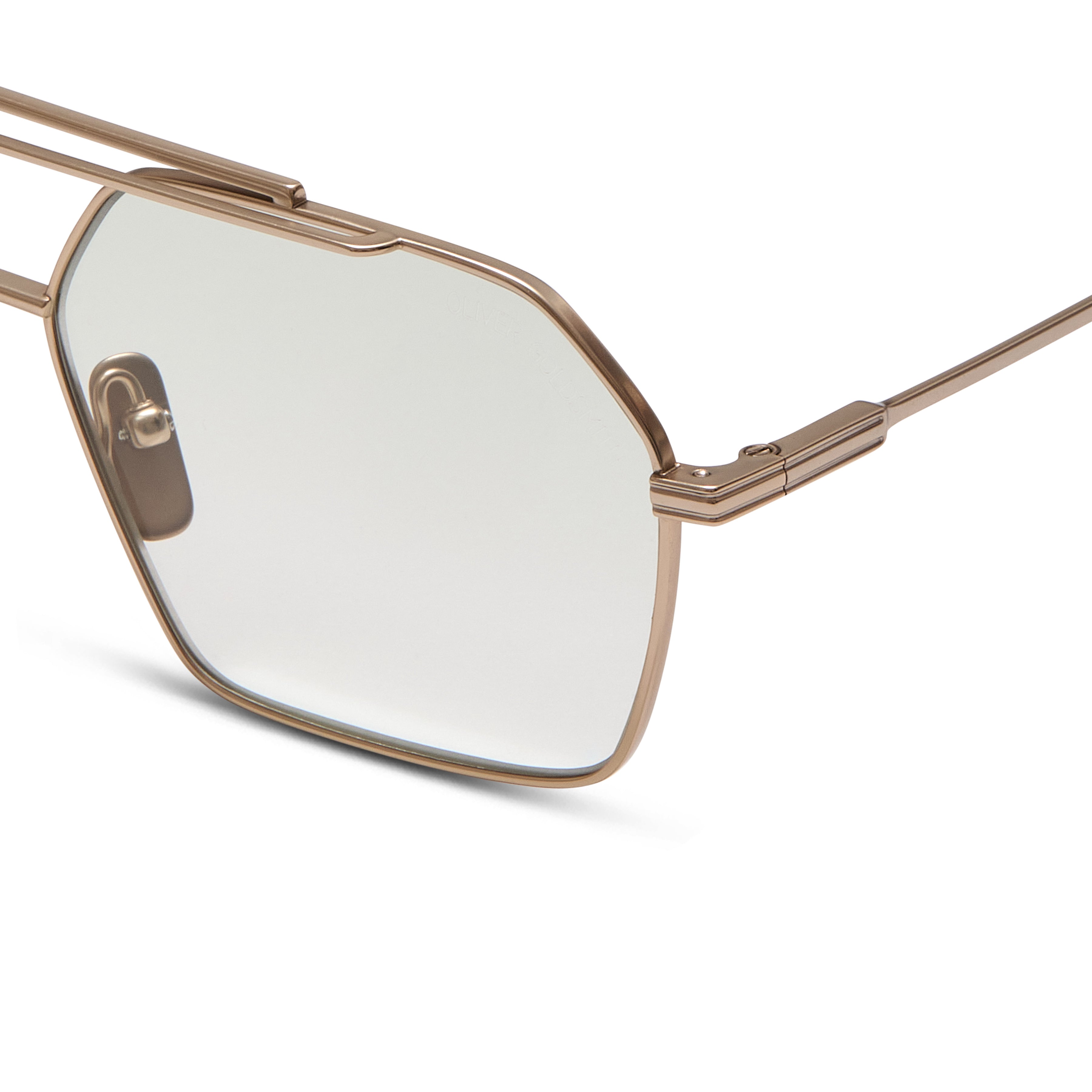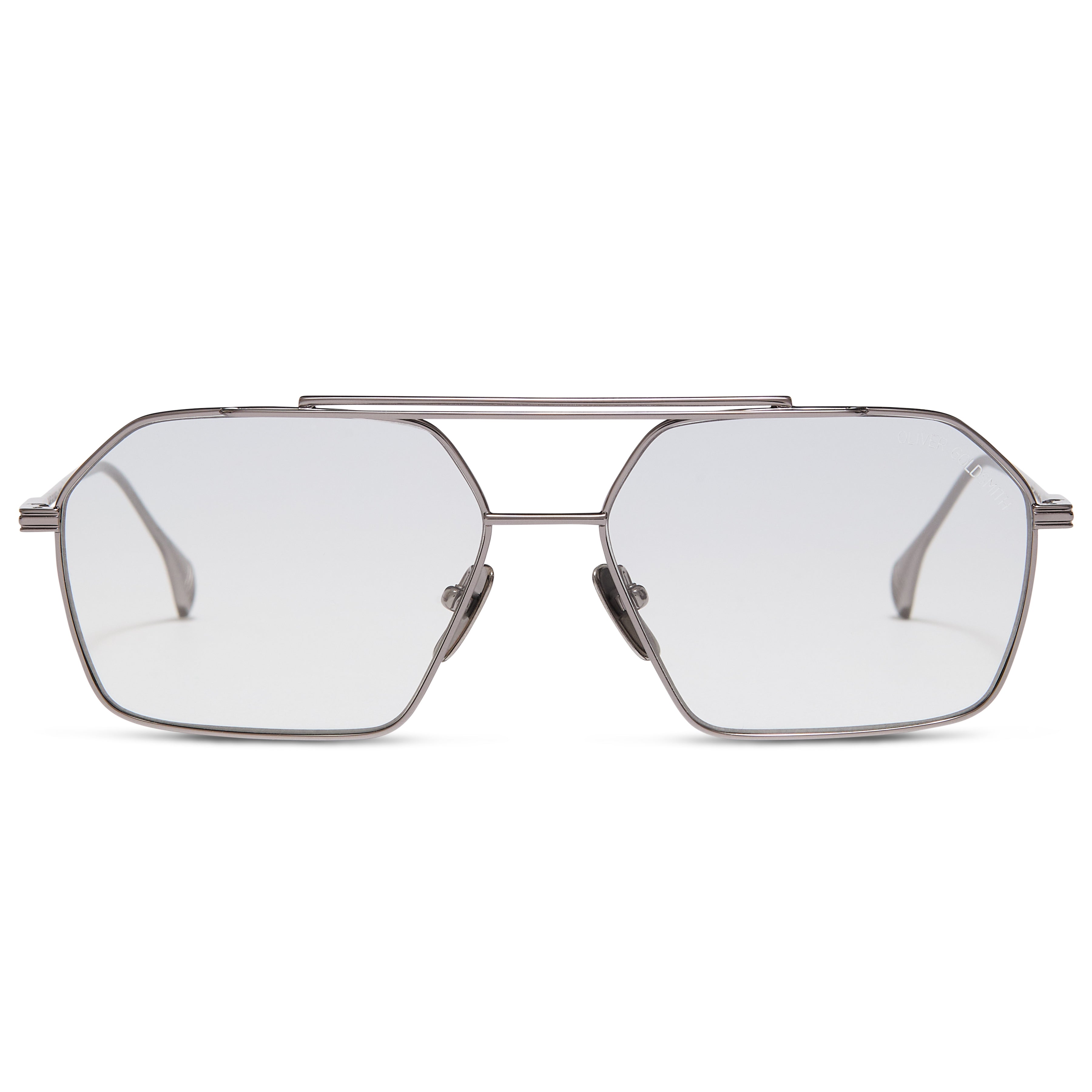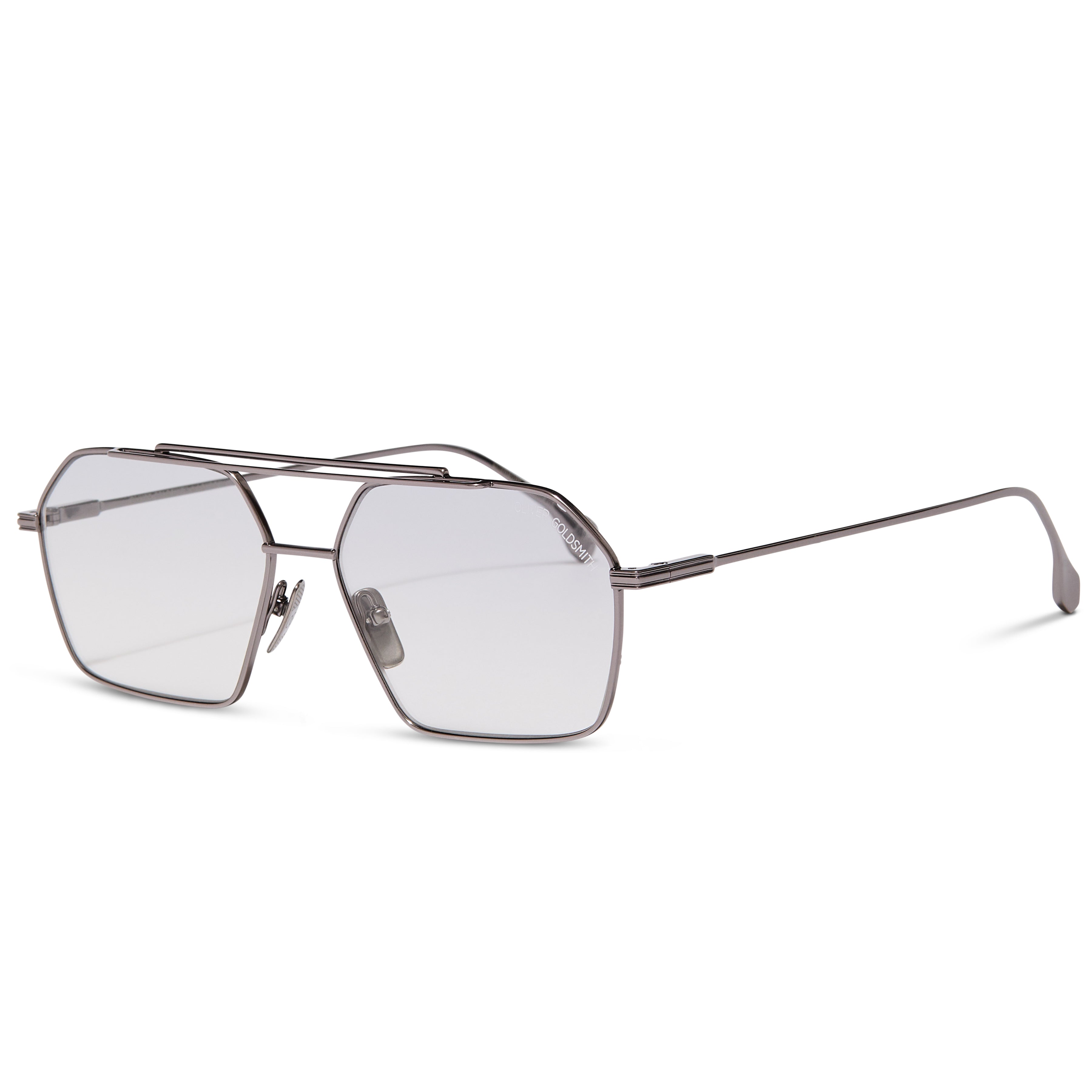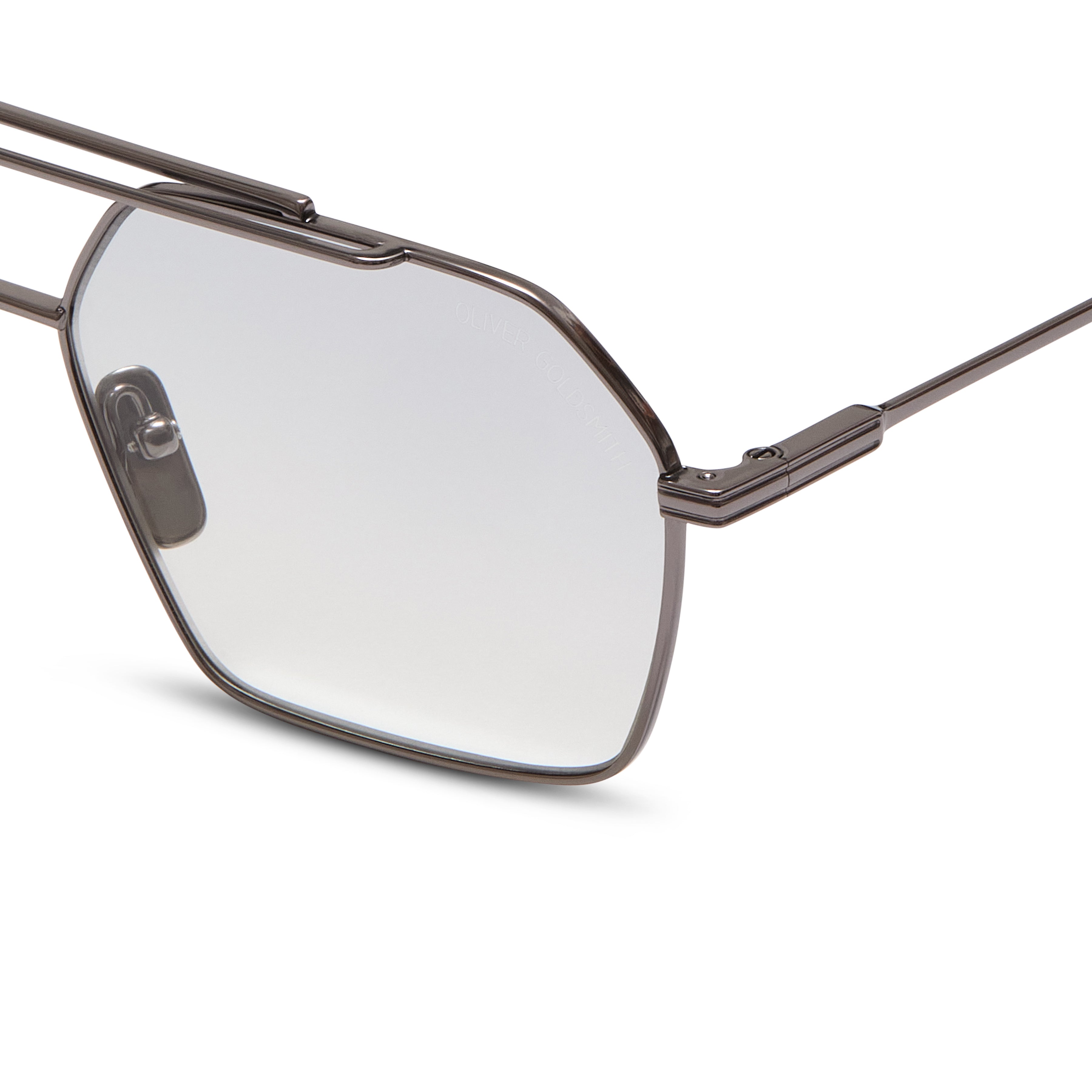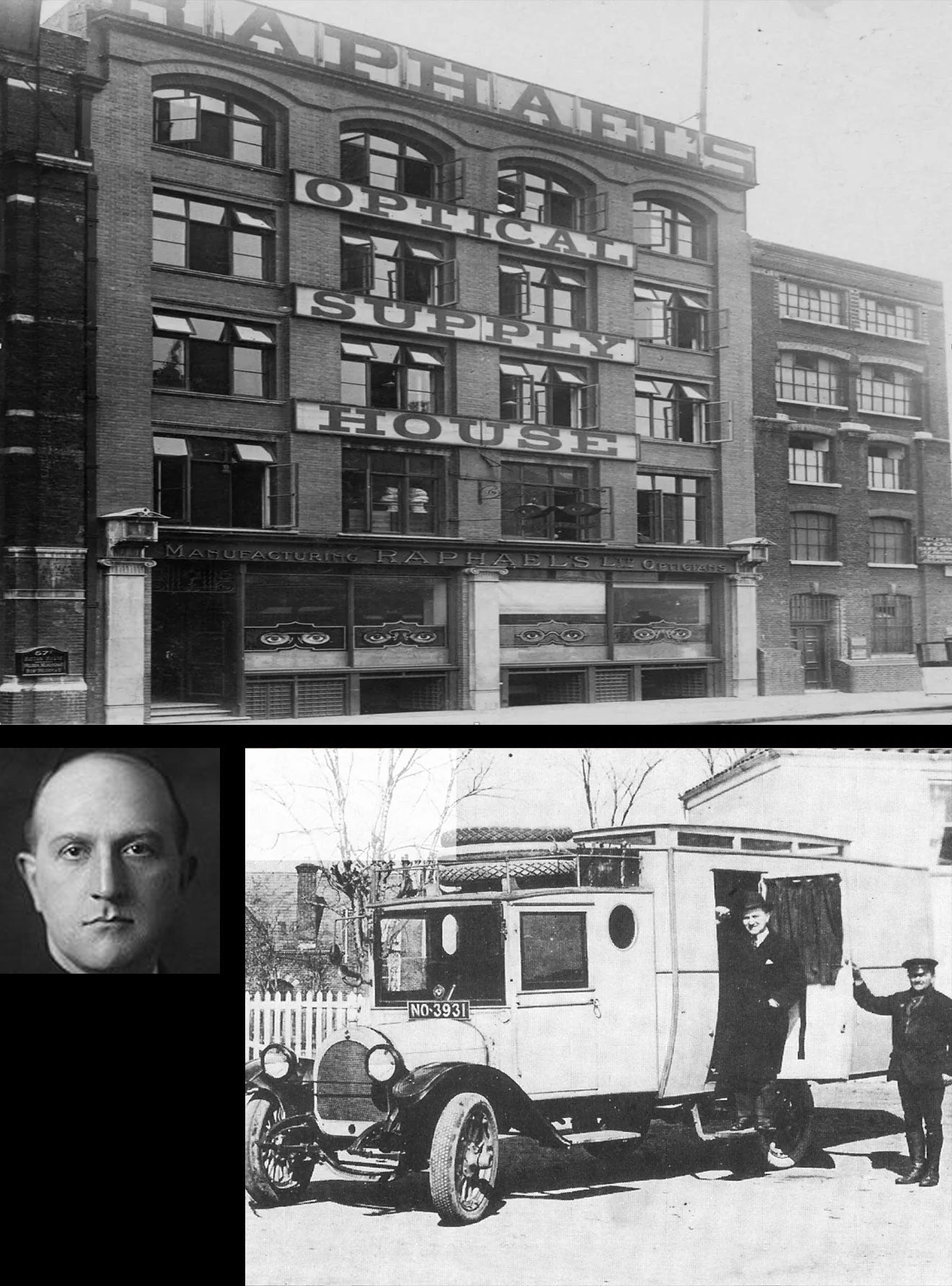
1919
In 1919, Philip Oliver Goldsmith was a commercial traveller for a well known London optical firm.
In those days there were few opticians.
If you had bad eyesight you went to the jeweller who stocked the frame and the lens.
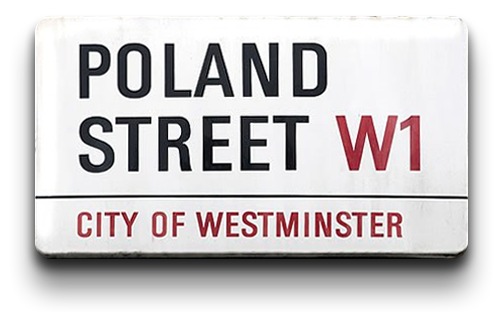
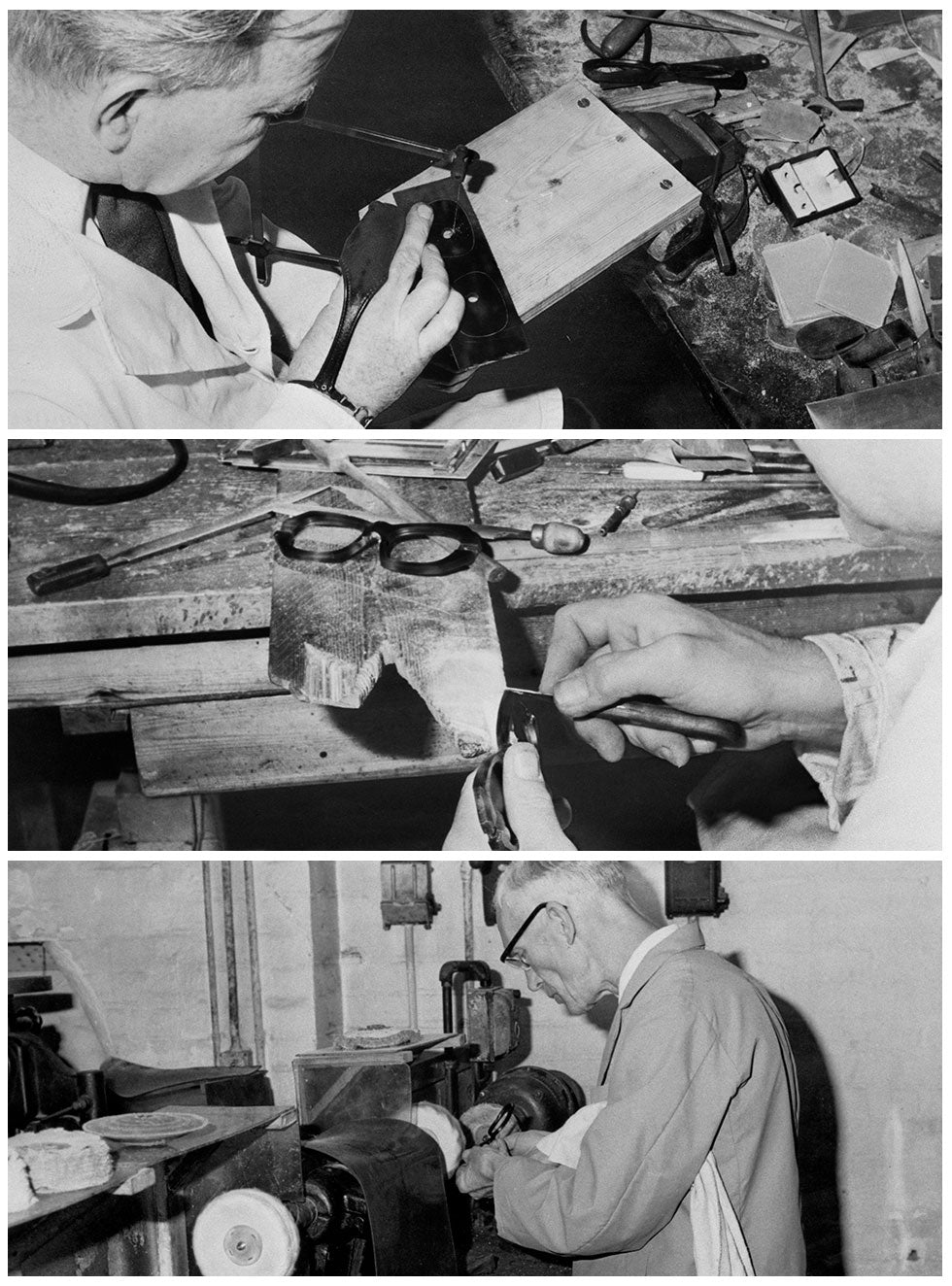
1926
Feeling that he wanted to make a difference in the world of eyewear he set up ‘P. Oliver Goldsmith’ in 1926 on the top floor of a building in Poland Street.
He focused on the more expensive, higher quality side of the eyewear market and gathered together a small band of experts to make real tortoiseshell spectacle frames by hand.
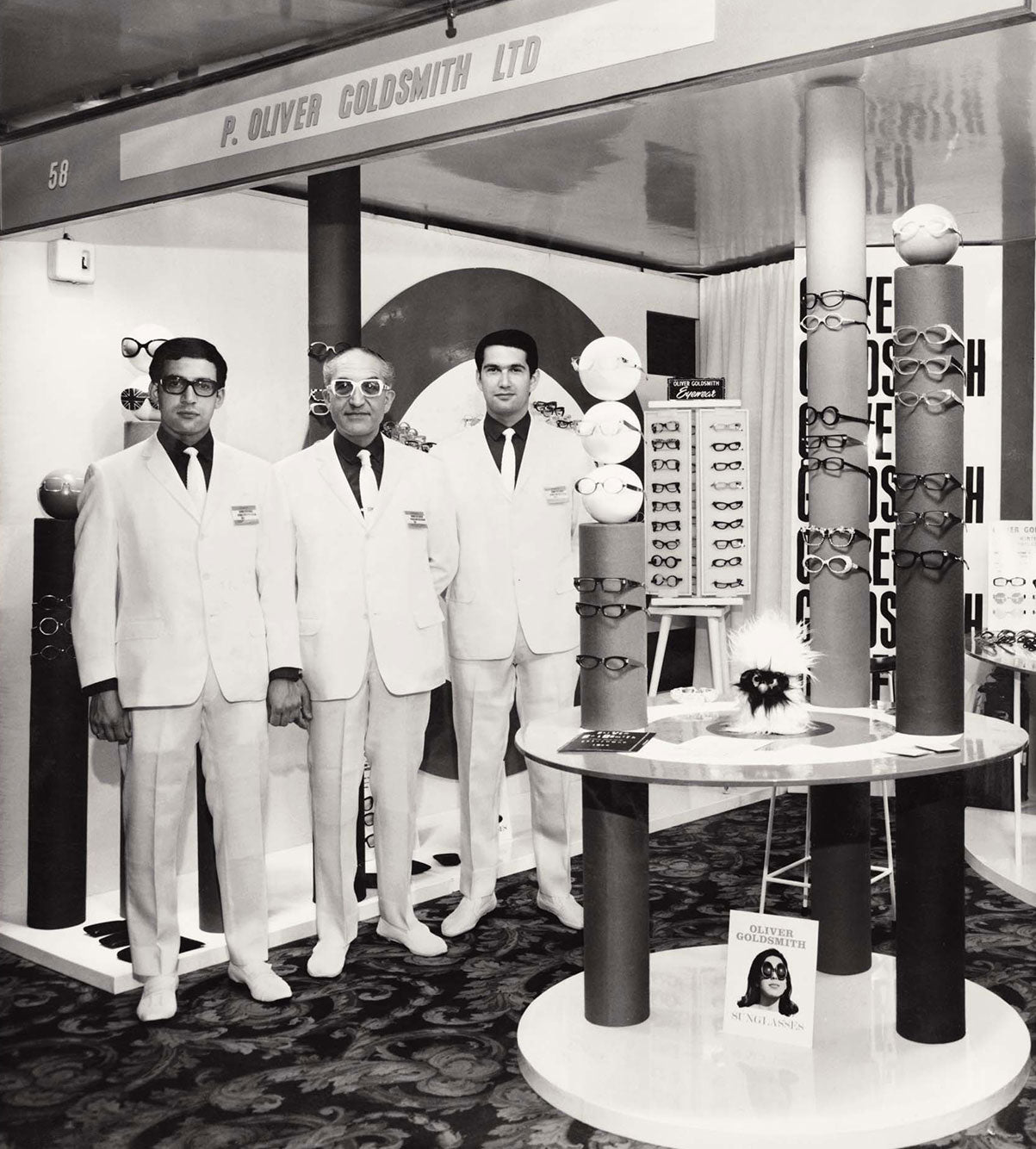
1935
In 1935, Oliver’s son, Charles entered the family firm. He too carried the innovative flair and pursuit for new ideas necessary to continue to be true to what the Oliver Goldsmith brand stood for. He saw that glasses could be an item of fashion, especially when worn as sunglasses.
Early sunglasses were any old spectacle frame an optician had been unable to sell. They were taken back by the firm and for a few shillings and genuine Chance’s Crookes glass tinted lenses (the first optical glass) were fitted.
The optician took the revamped frames back into stock and tried again. It was unheard of to buy sunglasses in a shop or an optician as we do today.
This led Oliver Goldsmith to thinking that with a better looking frame the sunglasses might find a wider market. He designed some and took them to two London stores: Fortnum & Mason and Simpsons of Piccadilly, and the new look ‘Sunspecs’ sold like hotcakes.
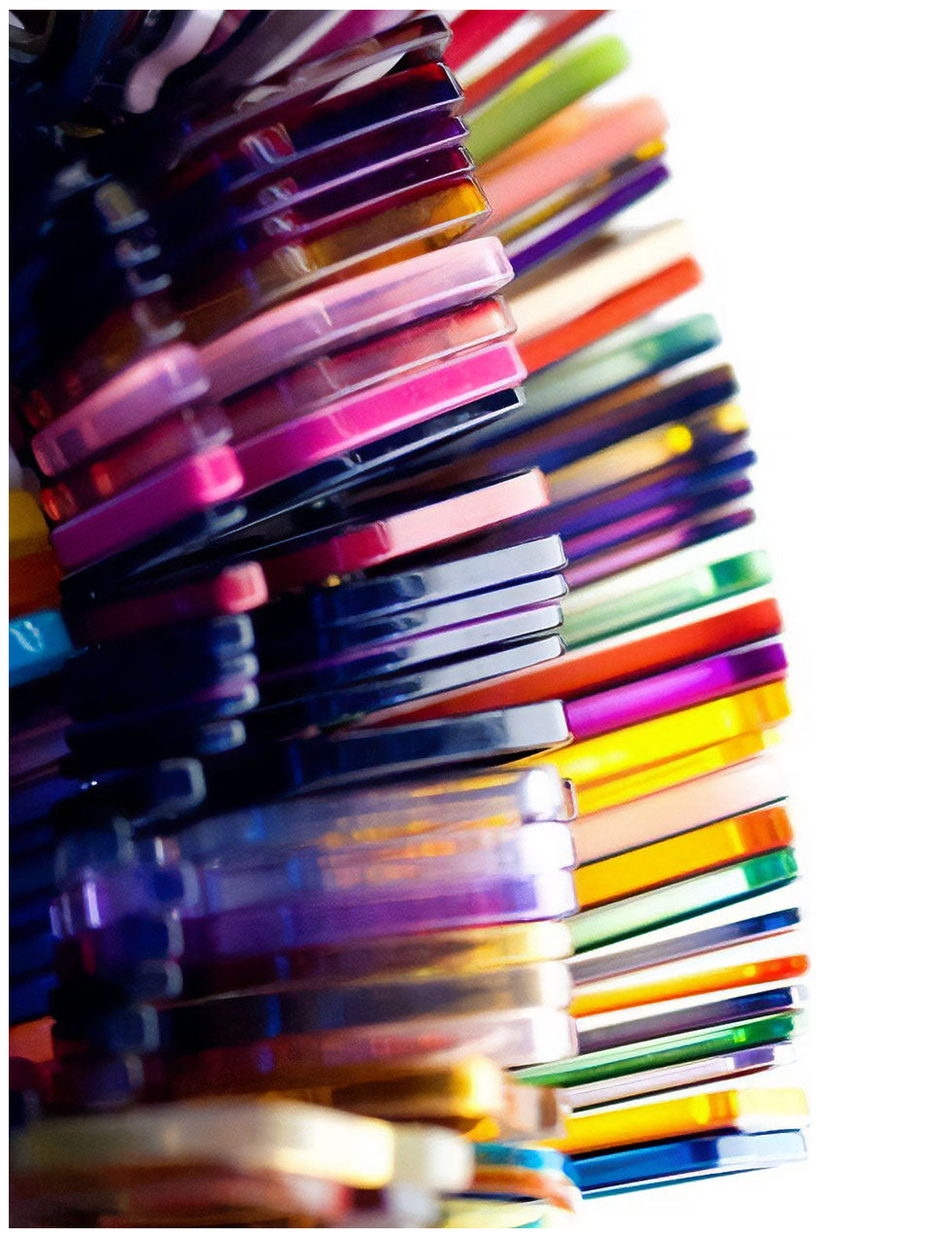
1940's
There was still not much of a choice of glasses in the 1940’s. They were either made from tortoiseshell or metal. None were particularly flattering to the appearance.
Oliver Goldsmith saw the potential for more brightly coloured frames and plastics ideal for the optical industry were being used for making buttons.
He bought a range of brilliantly hued plastics from a button manufacturer in the factory across the road, which were melted down and re-born as brightly coloured glasses frames.
With what became known as the “Chelsea Art” collection, Oliver Goldsmith had unwittingly taken Eyewear up a level.
Eyewear had embarked on its journey into the world of fashion.
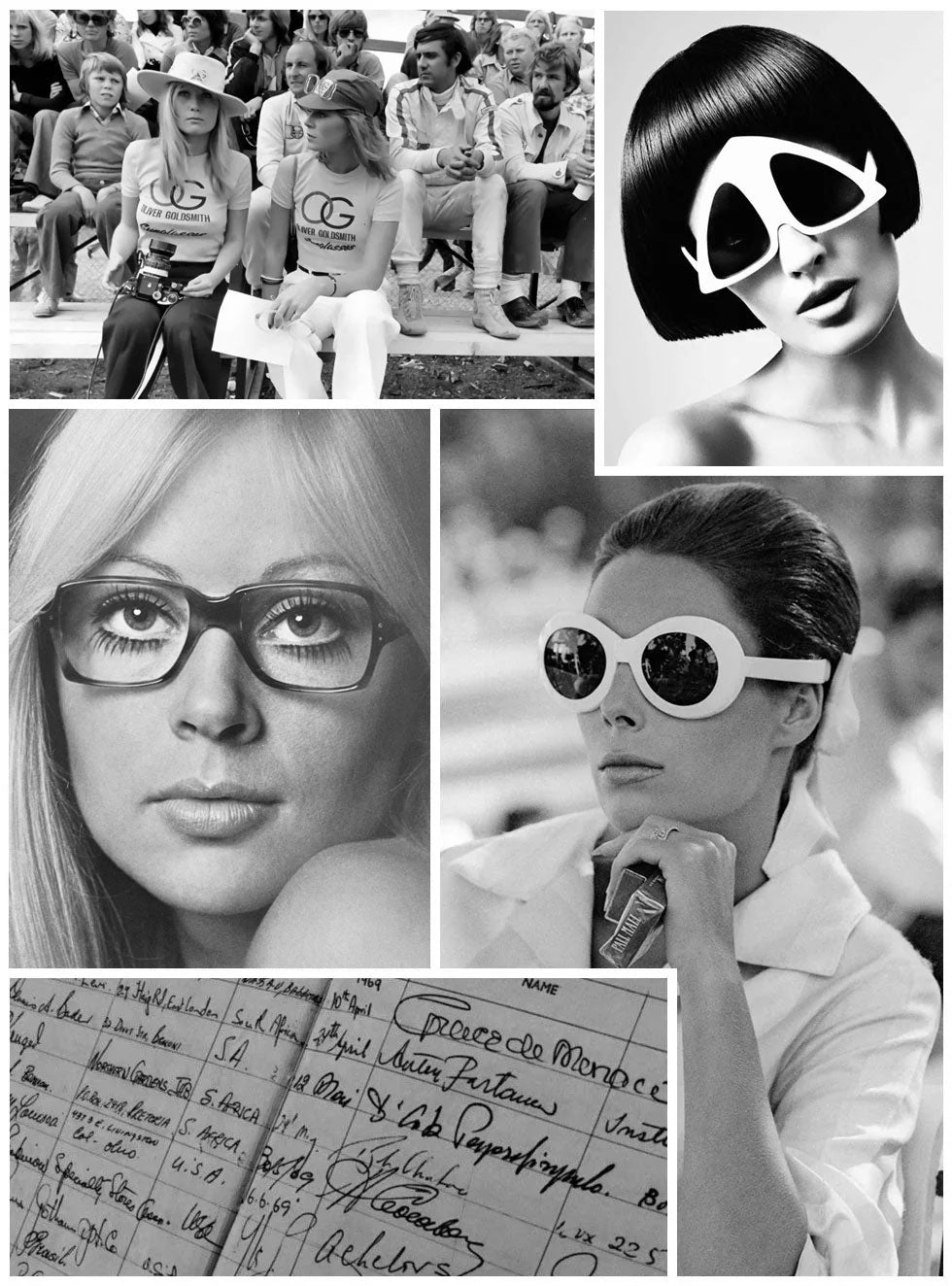
1950's
Celebrities, stars and royalty regularly visted Oliver Goldsmith’s Soho showroom to see what new creations were going to be coming out of the innovative designers workshop for the coming seasons.
From Peter Sellers to Grace Kelly, Ursula Andress to Nina Simone, all have signed the visitors book which can still be seen today in the OG Showroom.

1960's
Sunglasses continued to gain high profile status during the 1960's & 1970's and a selection of unusual designs started to appear. OG’s were becoming not only a means of protecting eyes from the sun, but also a fashion statement.
Dress designers such as Dior and Givenchy commissioned Goldsmith to create frames that would complement their seasonal collections.
From bamboo clad to butterfly, tennis racquets to shaped like TV screens, all overtly outrageous but unquestionably striking. OG sunglasses started to garner more publicity than the clothes themselves.
A must-have accessory in the making!
“What Vidal Sassoon is to hair and Mary Quant to clothes, Oliver Goldsmith is to sunglasses.”
(The Times, 1968)

1968
In 1968 Oliver Goldsmith designed “Winter Sunglasses” so that everyone could wear sunglasses all year round.
The lens were pale in appearance and filtered out the annoying brightness of many types of interior lighting and the brightness of a winter’s day. The winter tints of blue, pink, green, brown and smoke relaxed the eyes and as all the lenses were optically correct there is no way they could harm the eyes.
From a cosmetic point of view the winter tints gave the wearer an intriguing eye shadow while allowing the eyes to be seen.
There was a time when wearing dark glasses even in bright sunlight was considered eccentric; now no winter outfit is complete without winter sunglasses, no summer sensation is worn without them and prescription wearers can keep up with fashion and look stunning.
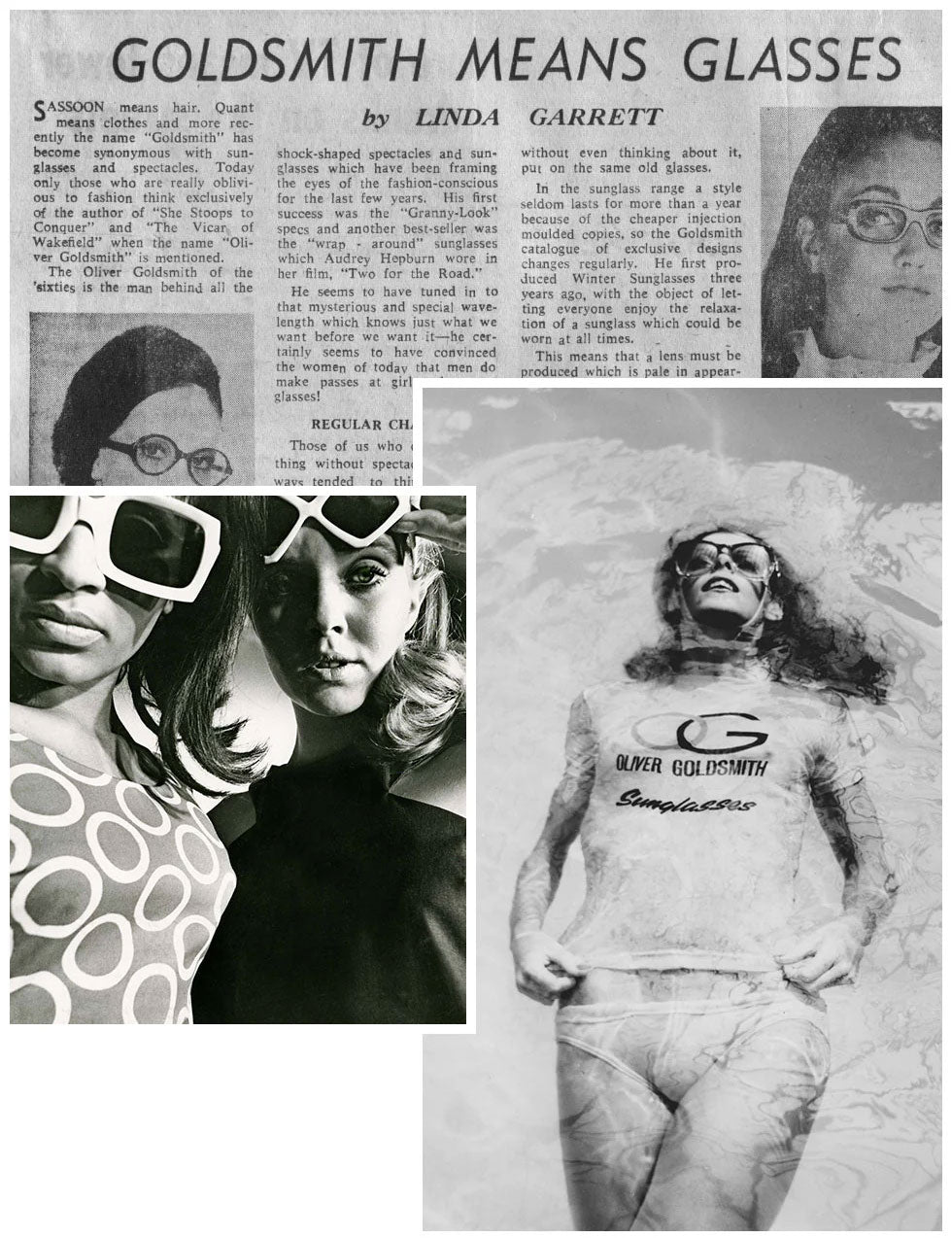
1970's
As fashion, music and art became more free and ‘everyone did their own thing’ in the ‘60’s and 70’s so the stigma went out of wearing glasses.
All throughout this time Oliver Goldsmith continued the pursuit to create constantly changing and innovative eyewear that was unmistakably Oliver Goldsmith - timeless, stylish, design-led, comfortable eyewear to be proud of.
“Show me something made by a machine that has the same personality and attention to detail as something handmade.
We do something special here.”
(Oliver Goldsmith, 1967)
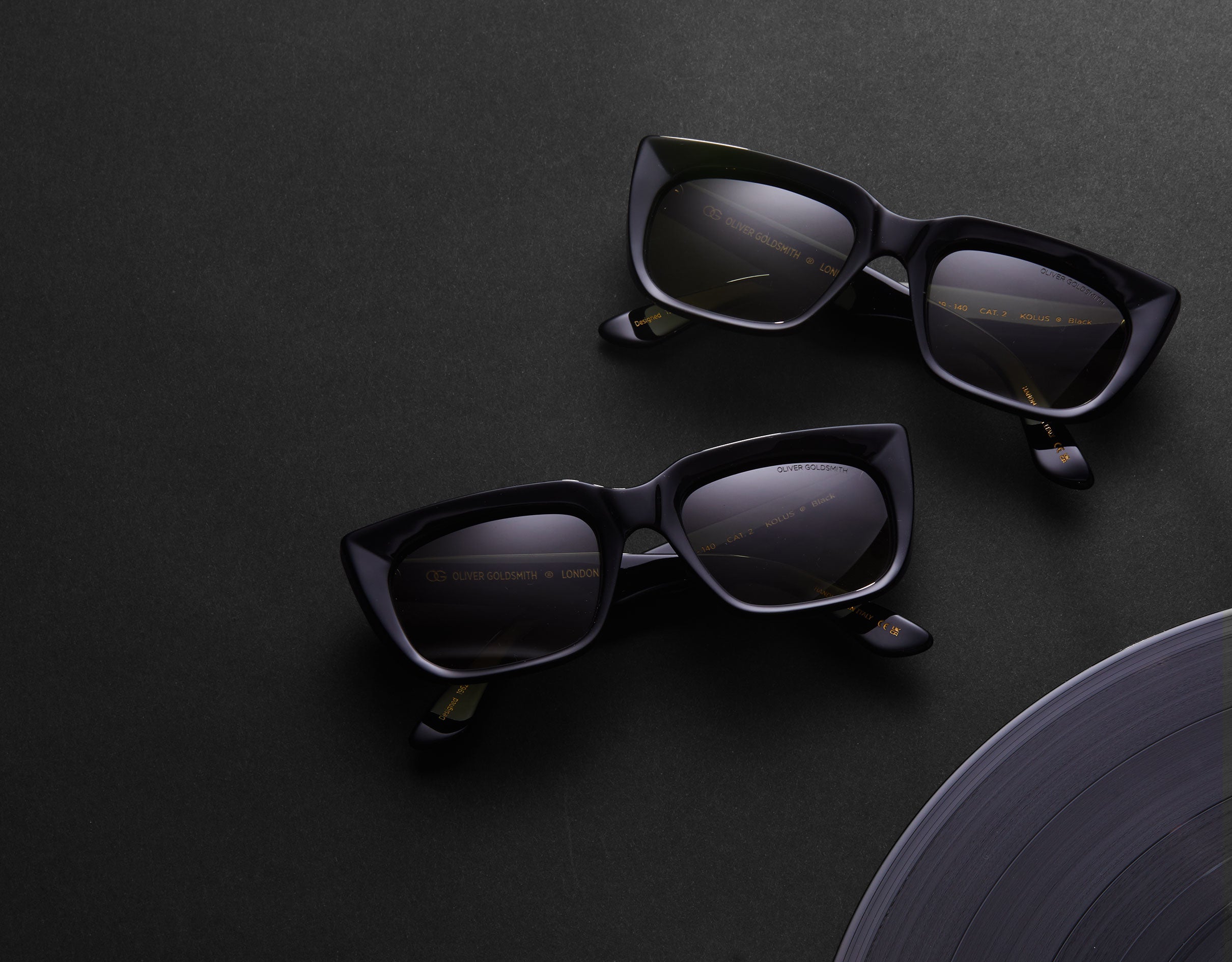
Today
Today, Oliver Goldsmith continues to produce one of the most iconic sunglass collections in the world, and remains on the faces of rock stars, movie stars and royalty, with the fashion world embracing the classic timeless designs.
Having a history that spans the 20th century of eyewear design means Oliver Goldsmith’s back catalogue is a detailed, authentic chronicle of the development of the accessory that is Eyewear. This back catalogue is used to continue to inspire deigns for the future.
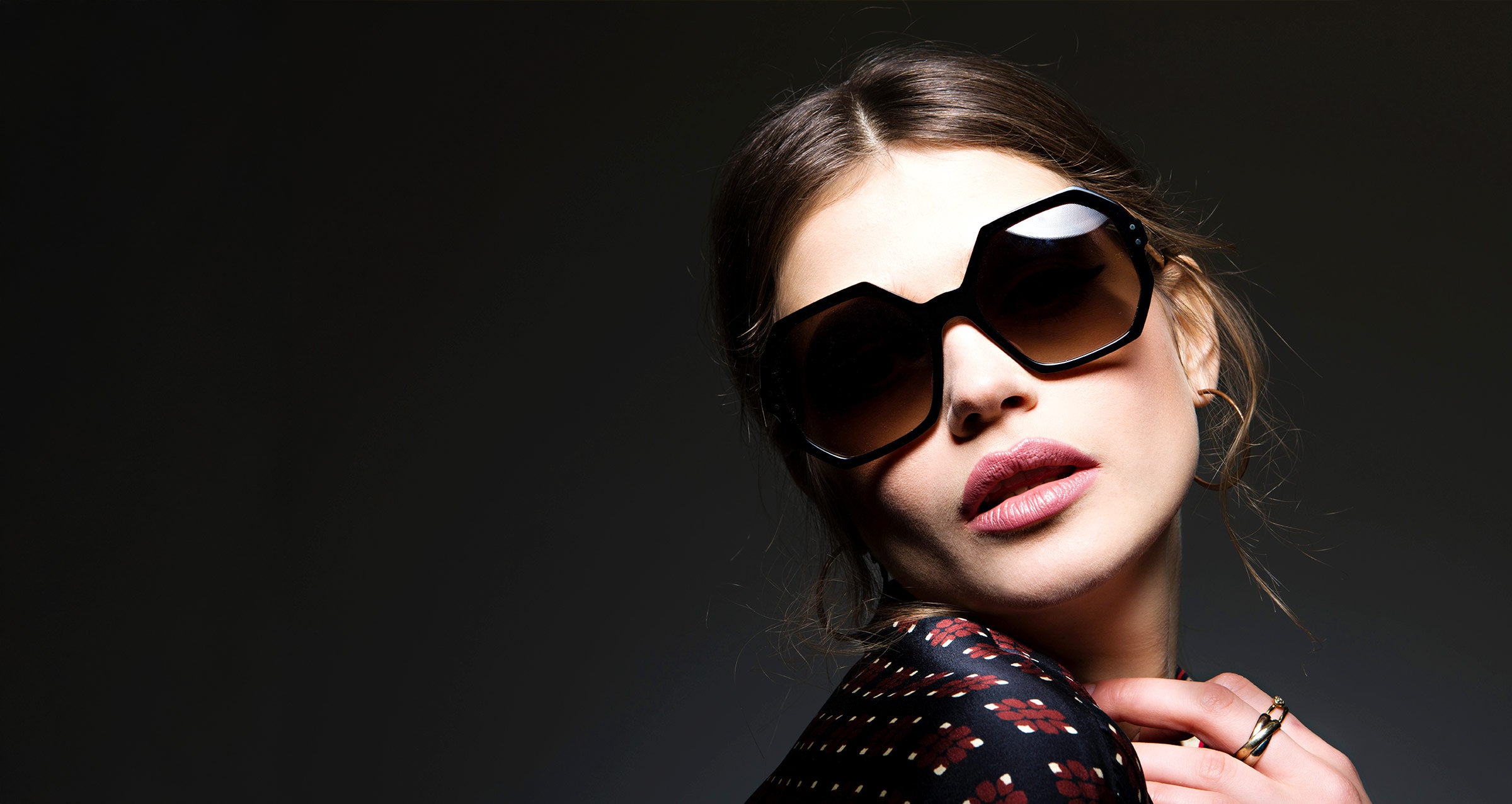
NOW
We follow the same tried and tested techniques of Oliver Goldsmith all those years ago.
All glasses may look alike but how they are made makes all the difference. Not until each OG frame has passed a rigorous quality control inspection are they allowed out of the factory and onto the display stand.
Instead of heating the material and stamping out a frame, Oliver Goldsmith have always used the more delicate craft of hand cutting patterns.
Every frame is cut out carefully so that each one is produced exactly as it was designed. As no heat treatment is used the frames are stronger and are less likely to crack or break.
The cut frames are shaped, bevelled and then barrel polished for a week to give them a really deep shine. Side pieces are fixed. Colour lenses are fitted by hand and the completed frames are given a final hand polish. At the end of this long sequence of operations that started in the cotton fields, the frame is finalised.
First to use an alternative material to metal for spectacle frames
1926
First to use plastics used for making buttons, to make brightly coloured frames.
1930
First to make sunglasses a fashion accessory and to appear in Vogue magazine.
1940
First to make frames from acetates.
1950
First choice frames for cult British celebrities throughout the 1960’s and 1970’s
1960
First to make special sunglasses for movies, celebrities and catwalks
1970

GOLDSMITH MEANS GLASSES
QUALITY
Whilst tradition is vitally important to us, we are also a 21stcentury brand and the developments in modern manufacturing and lens quality allow us to offer the best of both. Our frames demonstrate the perfect synergy of old manufacturing techniques and new, advanced materials.
CREATION
We largely work with artisans from family owned and operated factories. Their expertise and experience allow us to use many traditional techniques, methods that have been proven to provide the most hard-wearing and robust frames.

